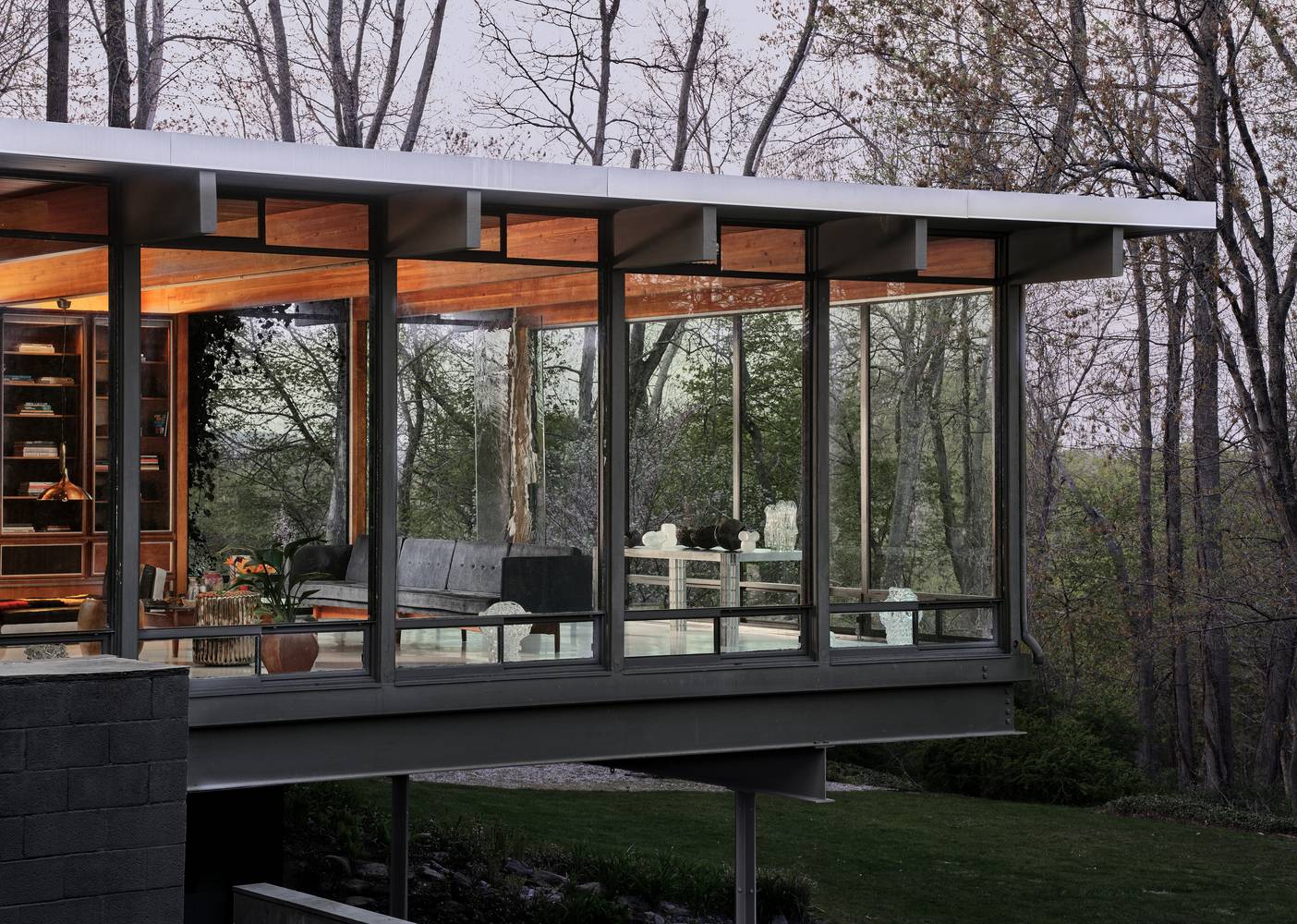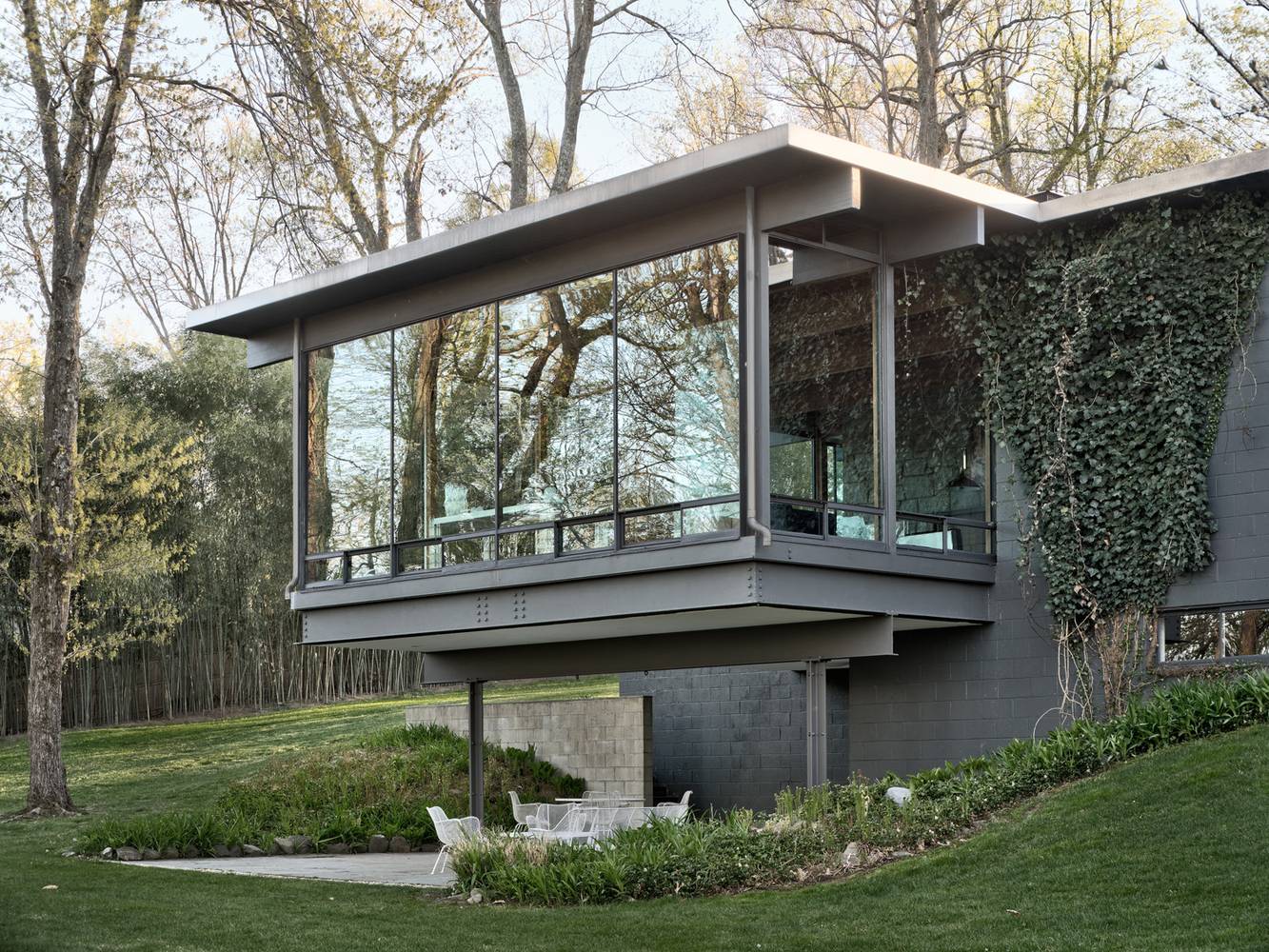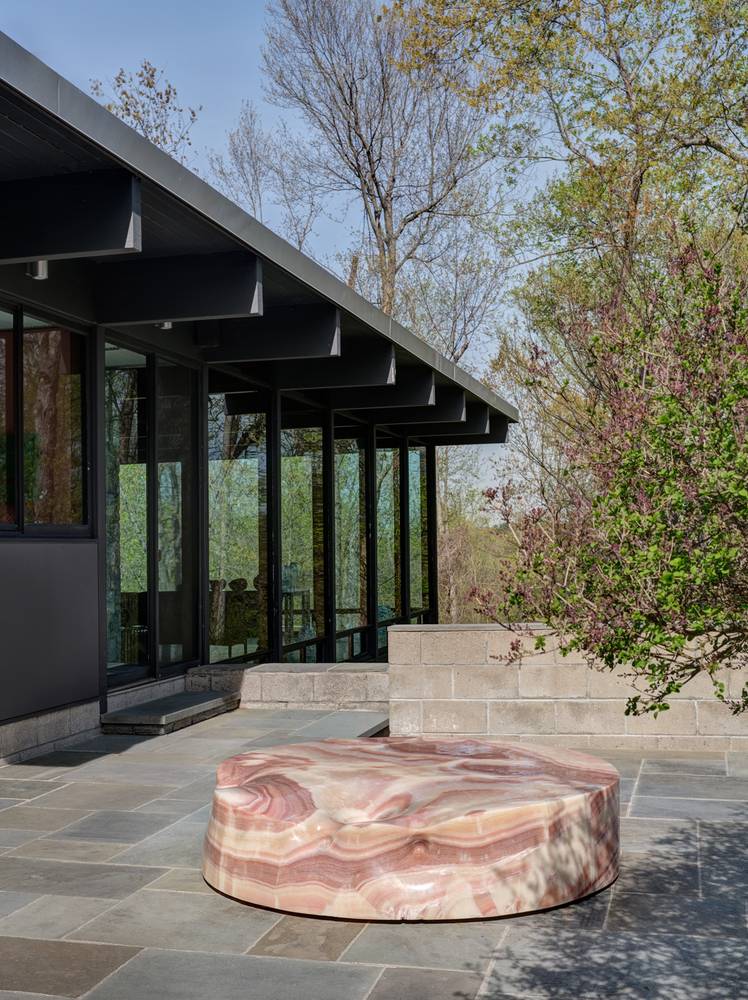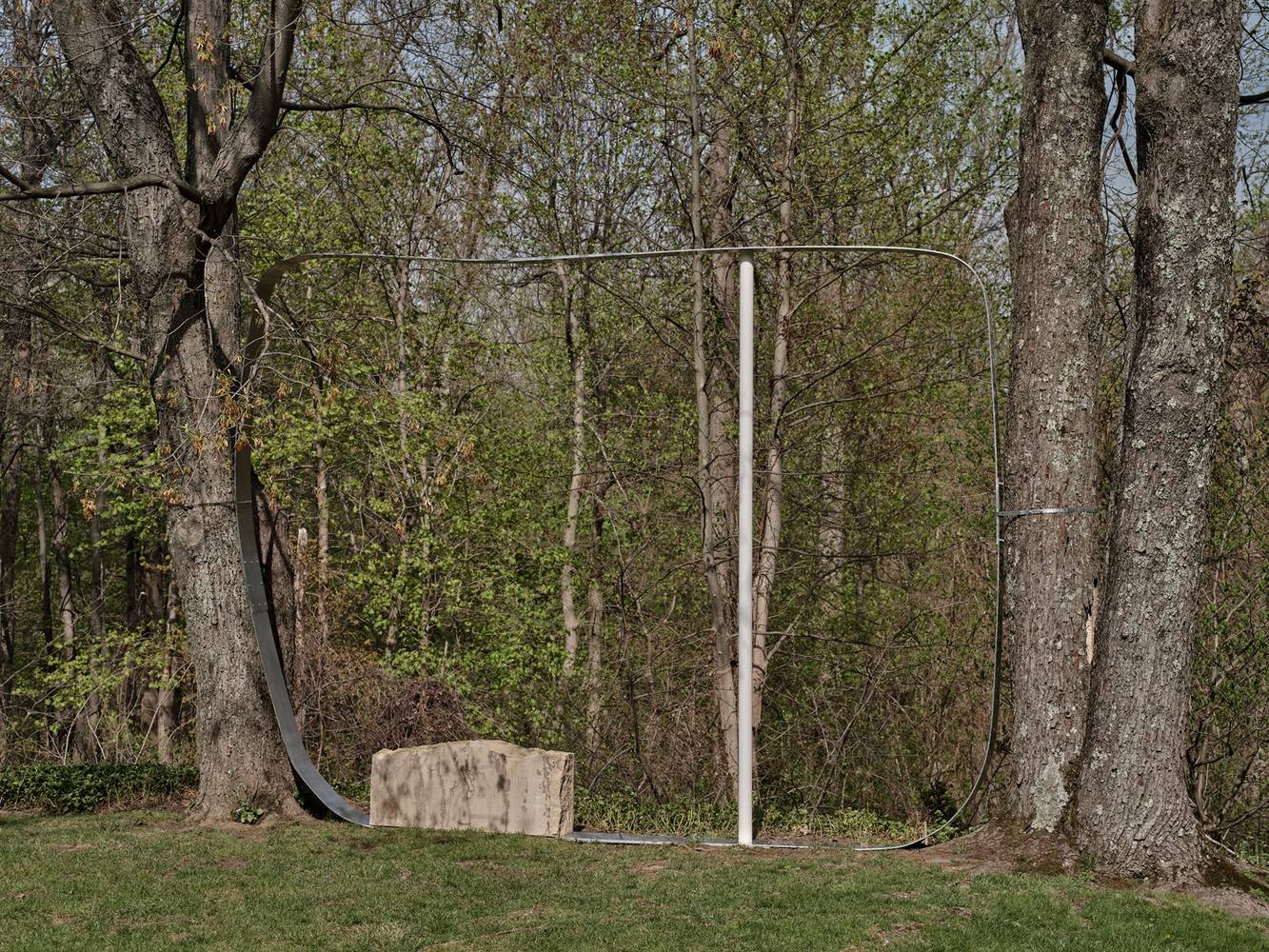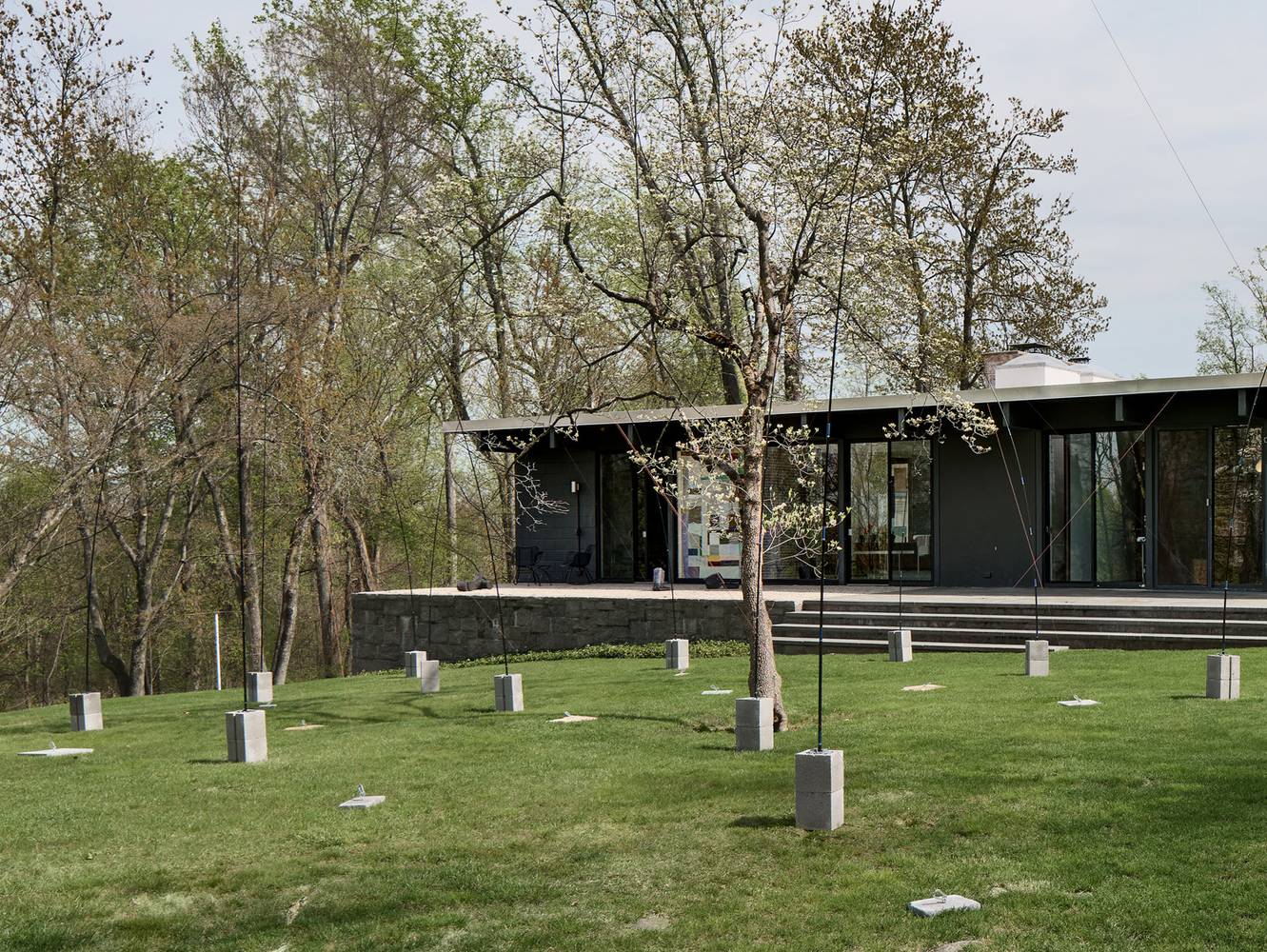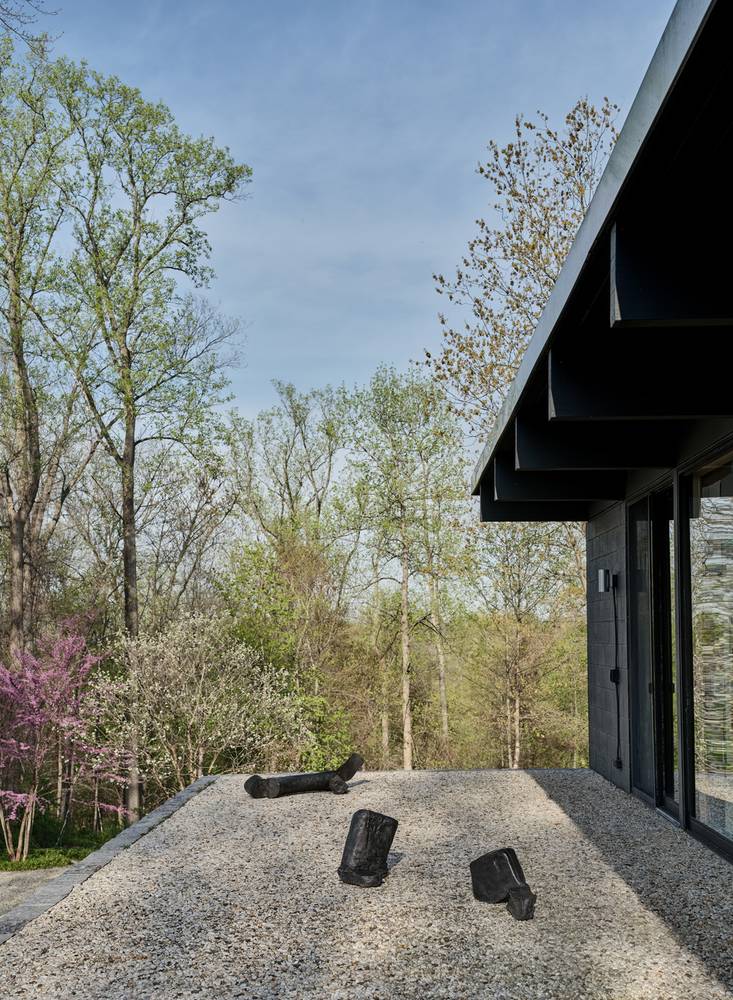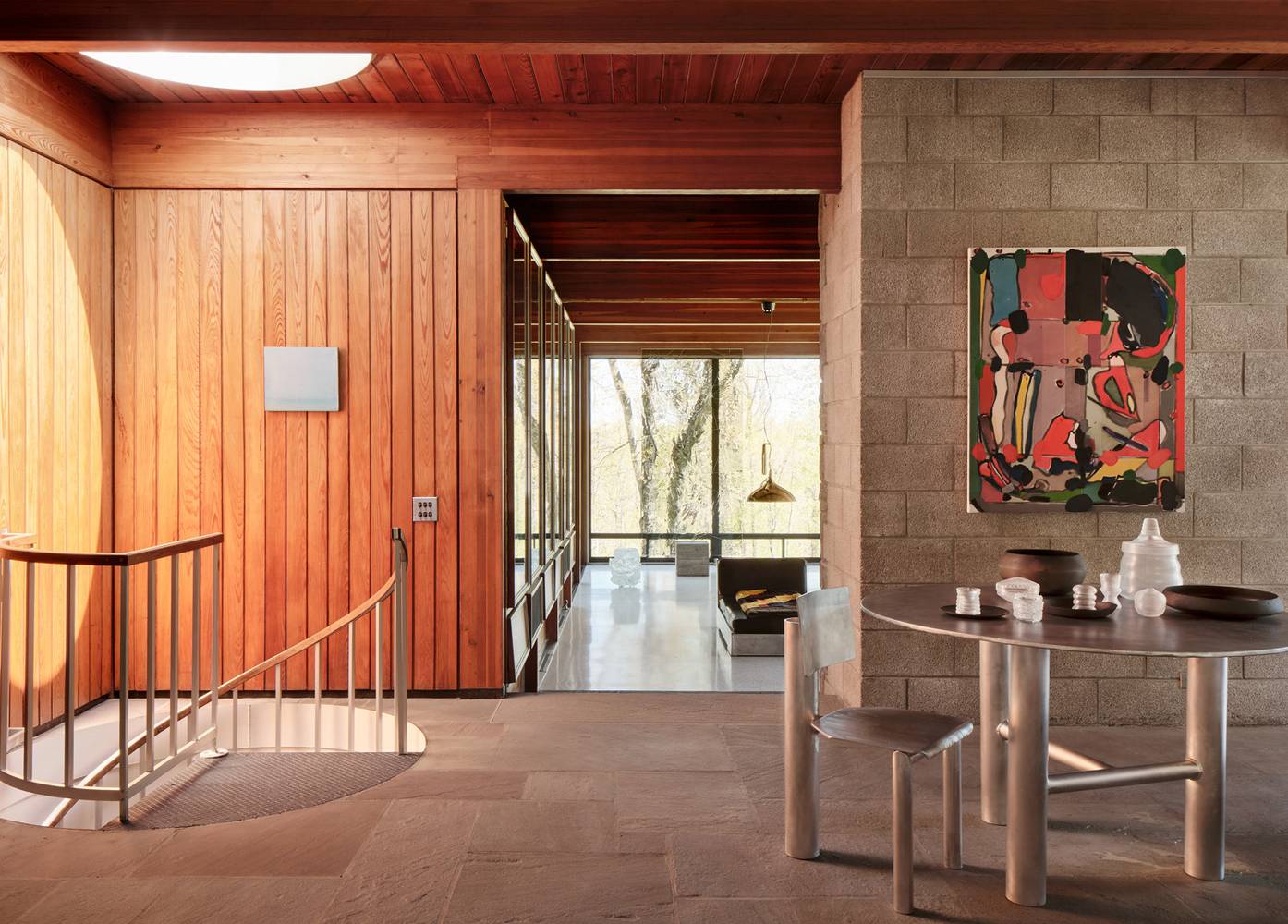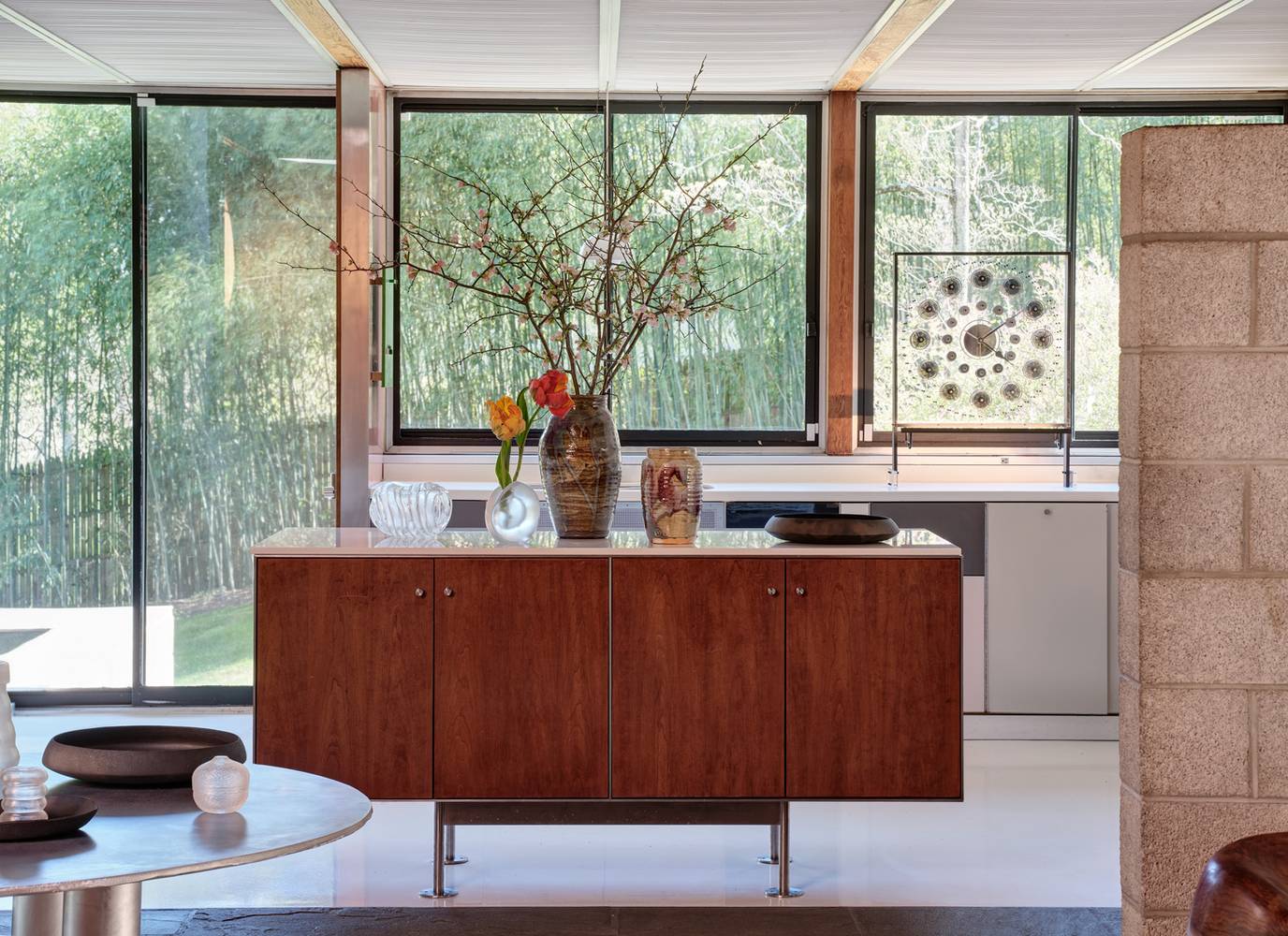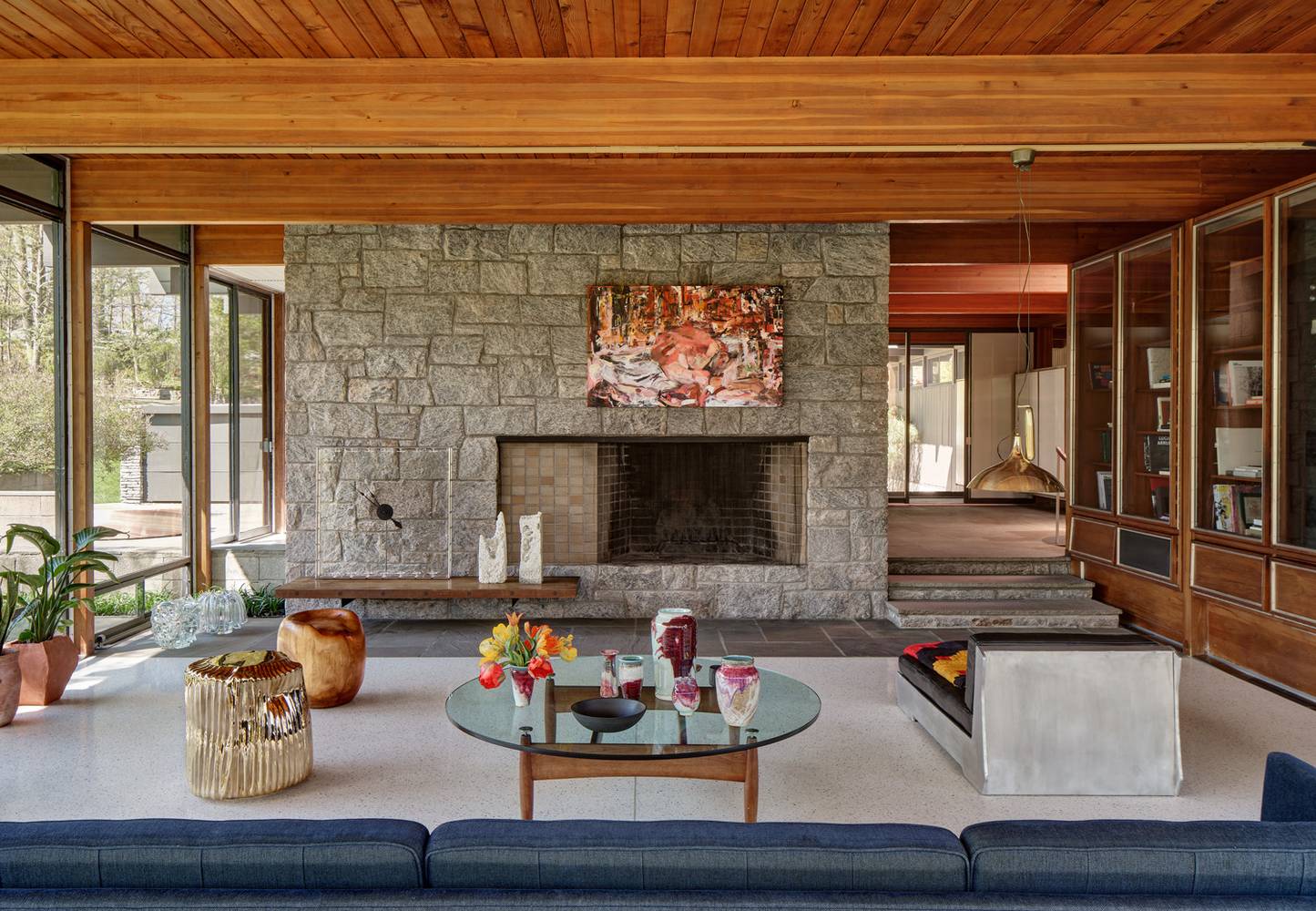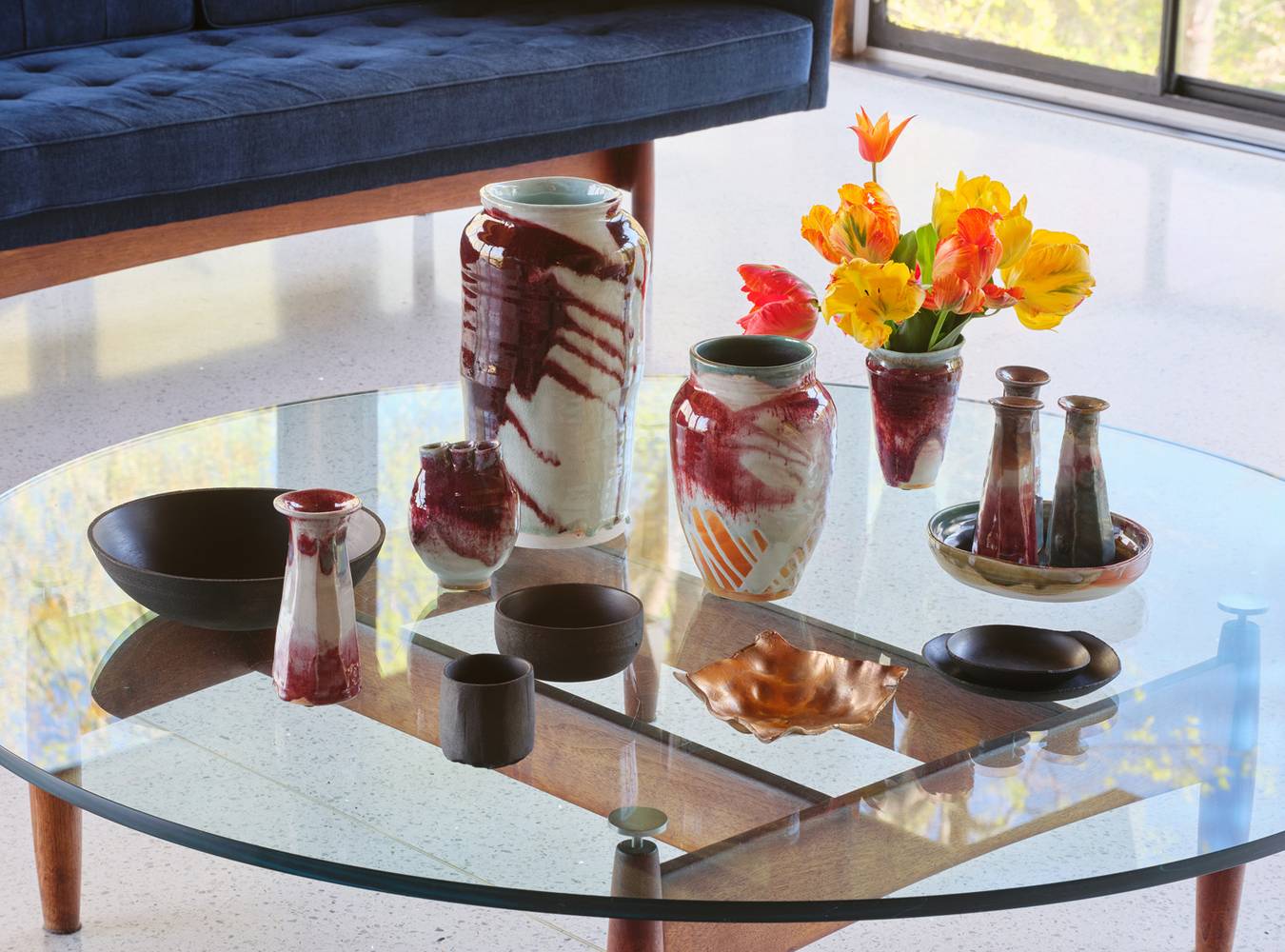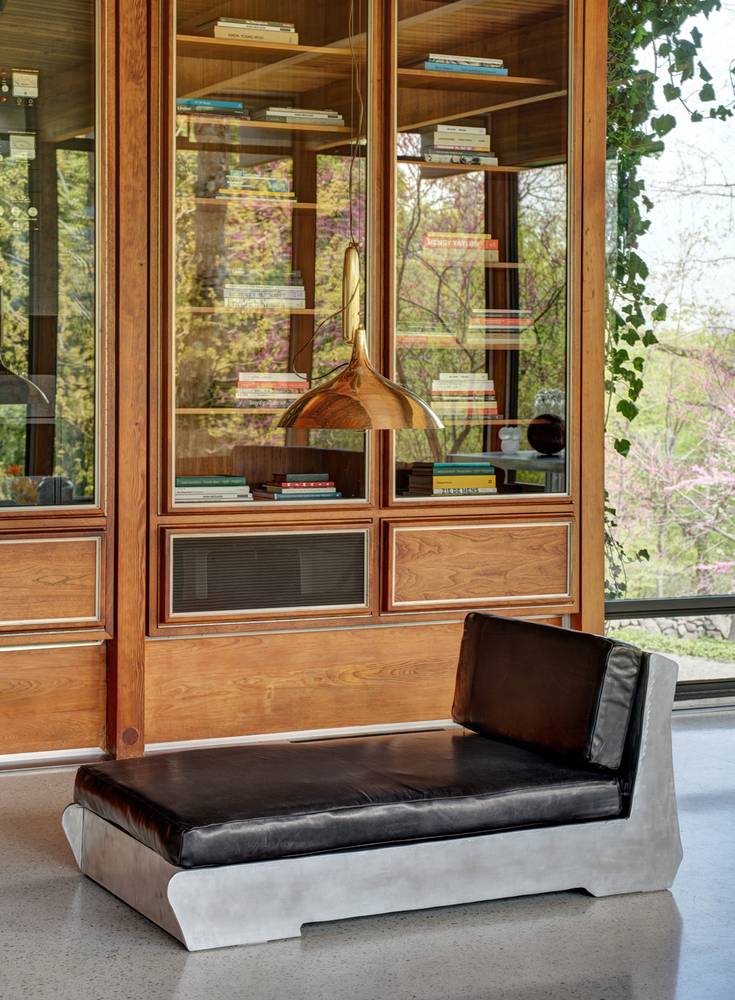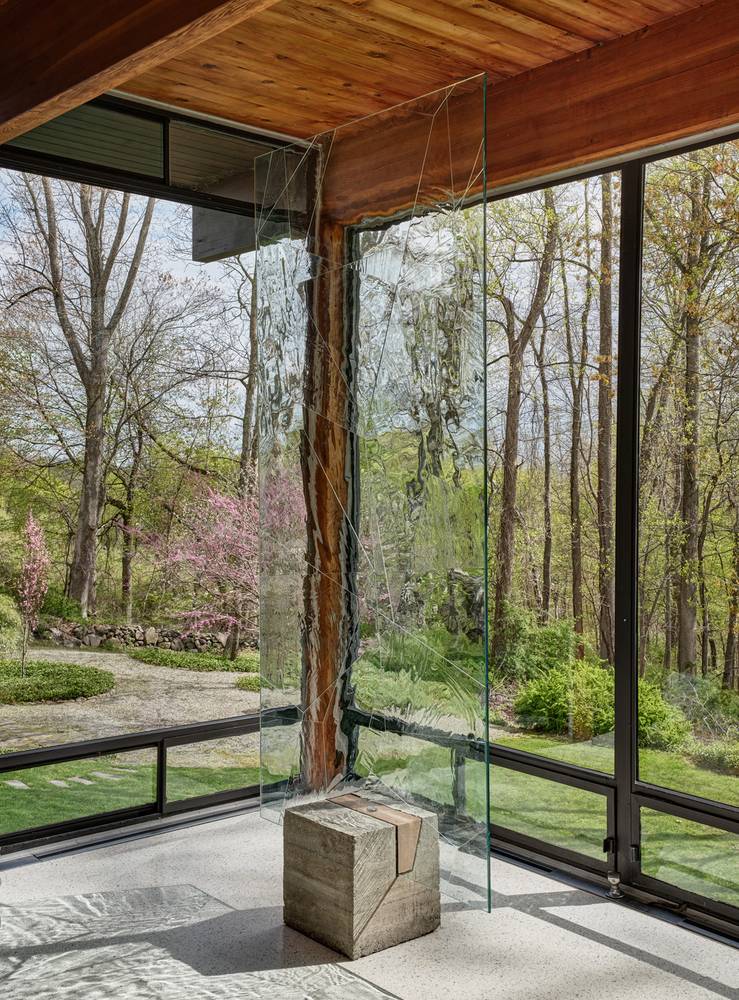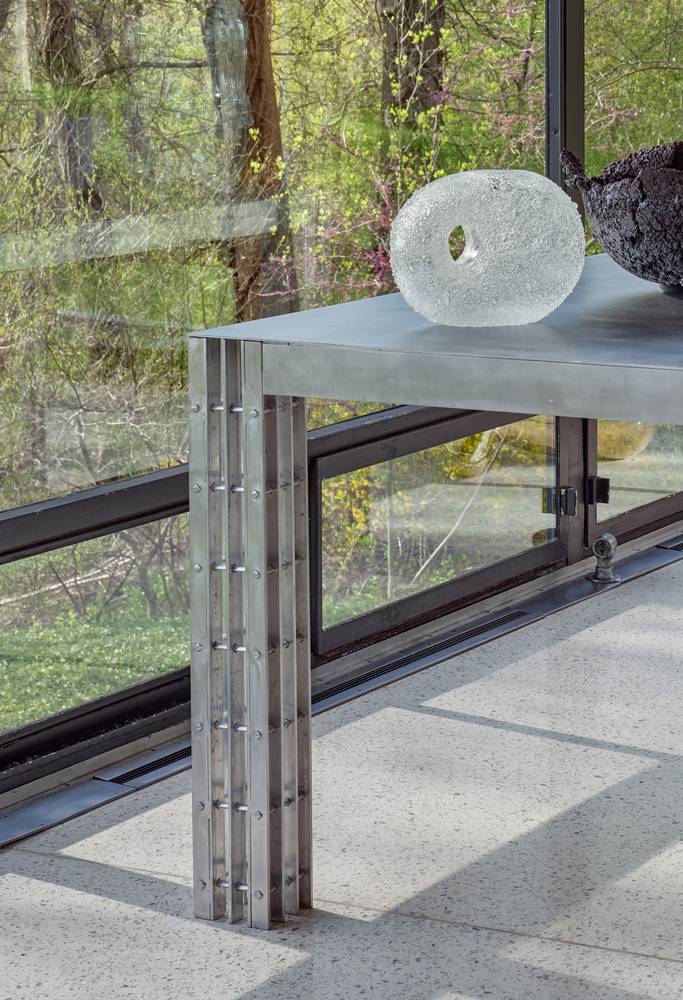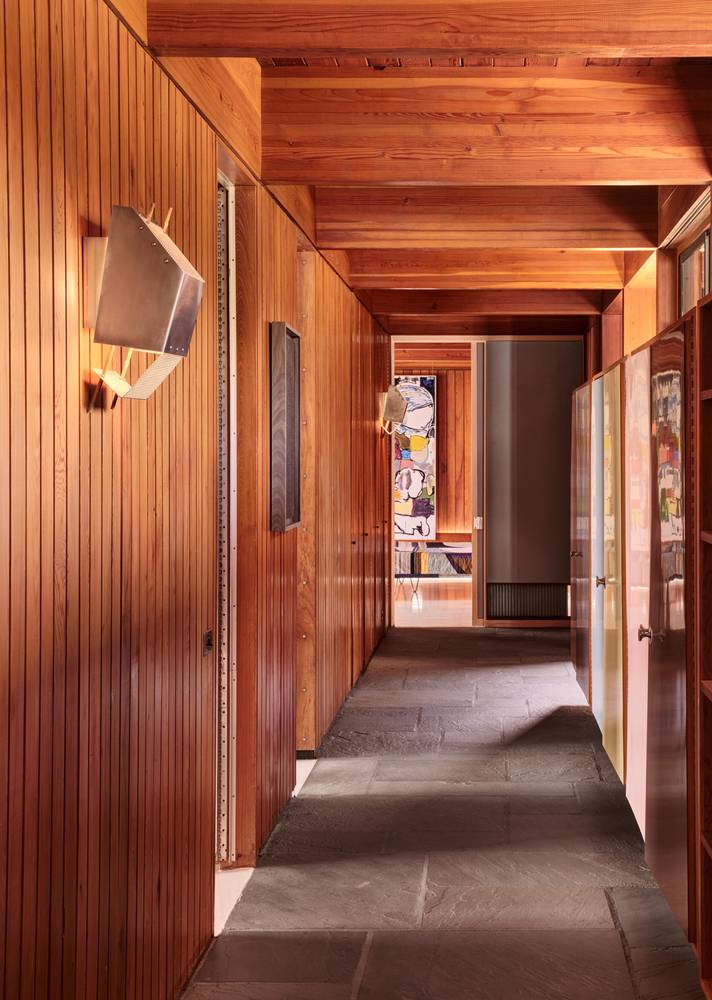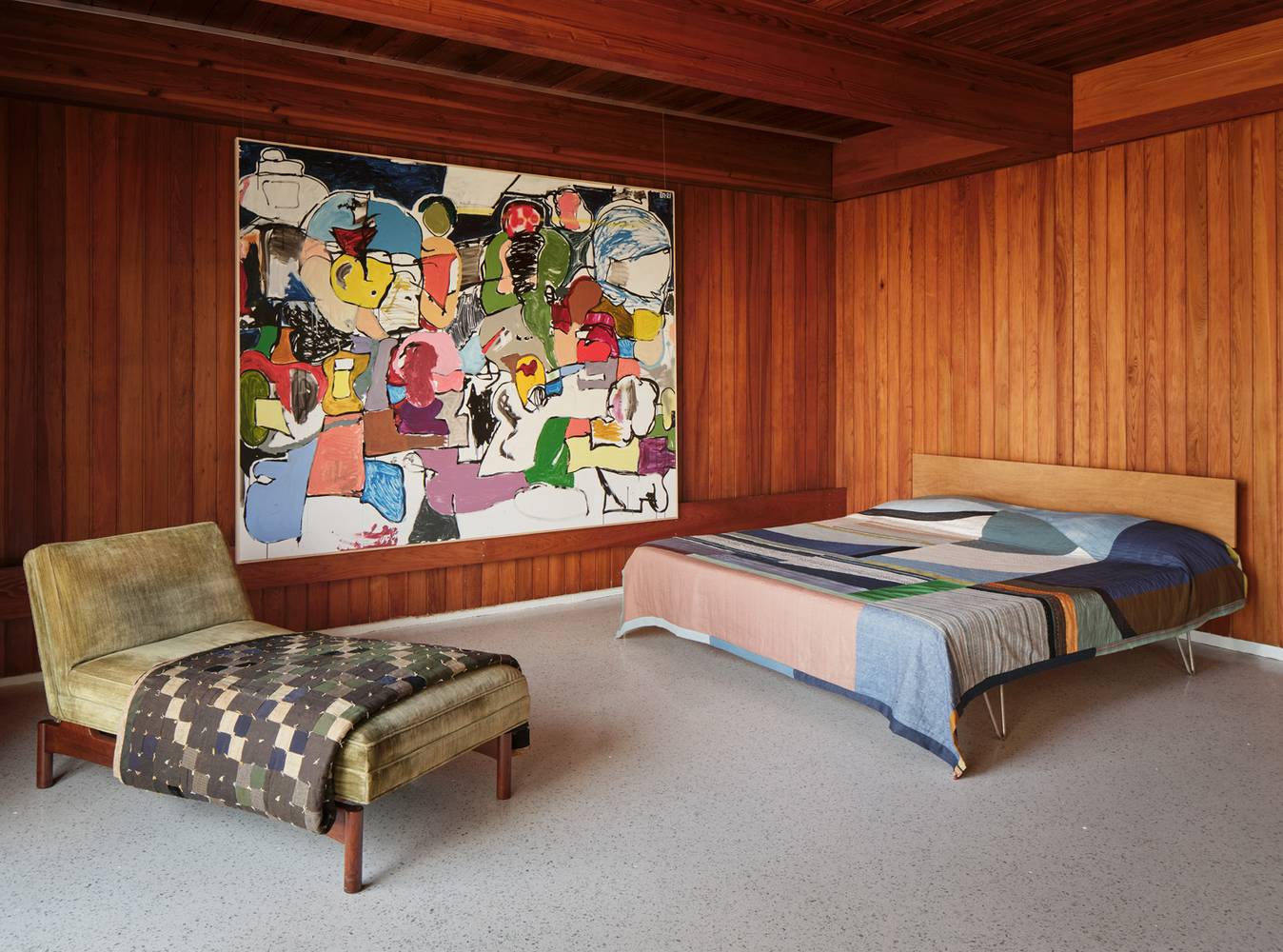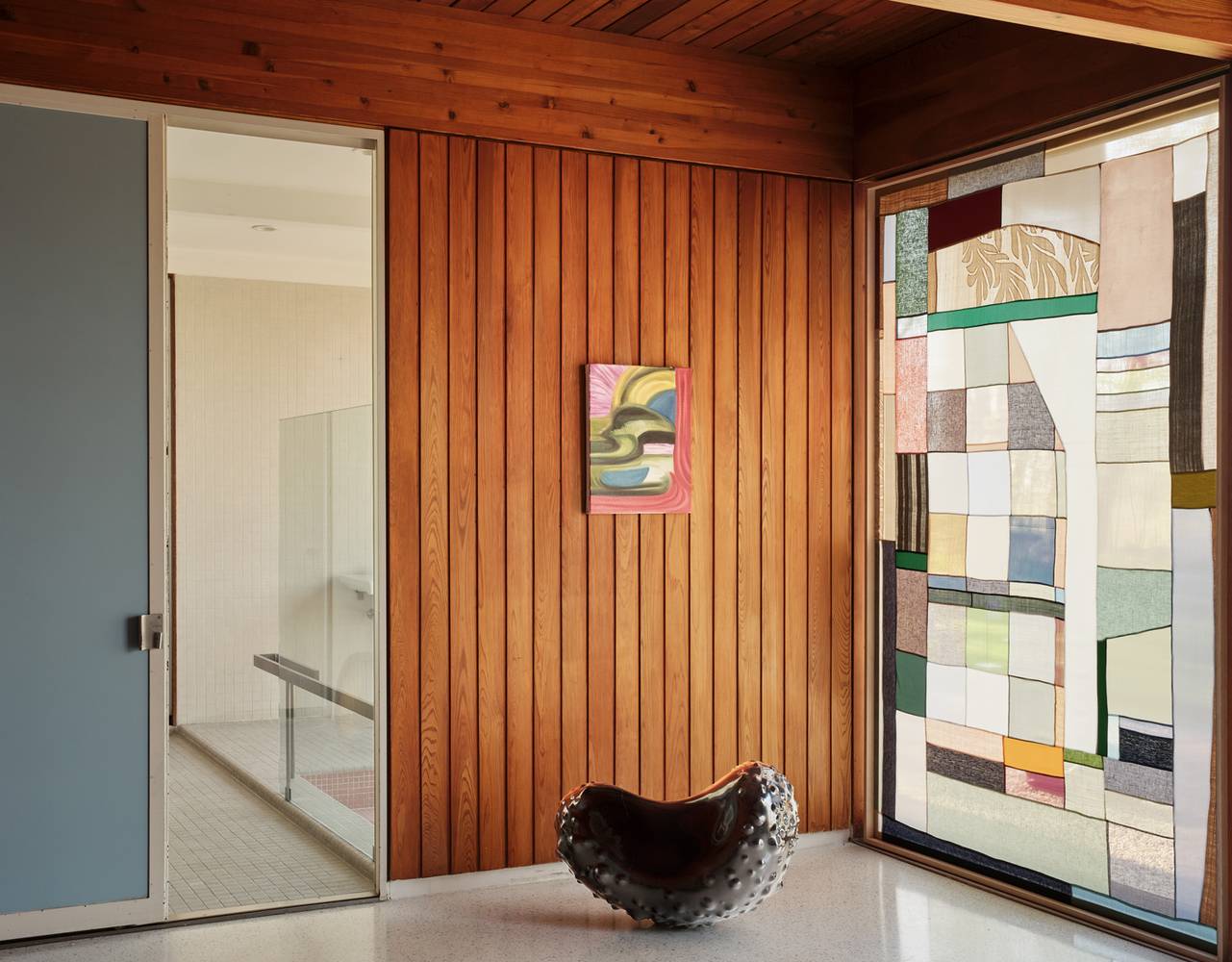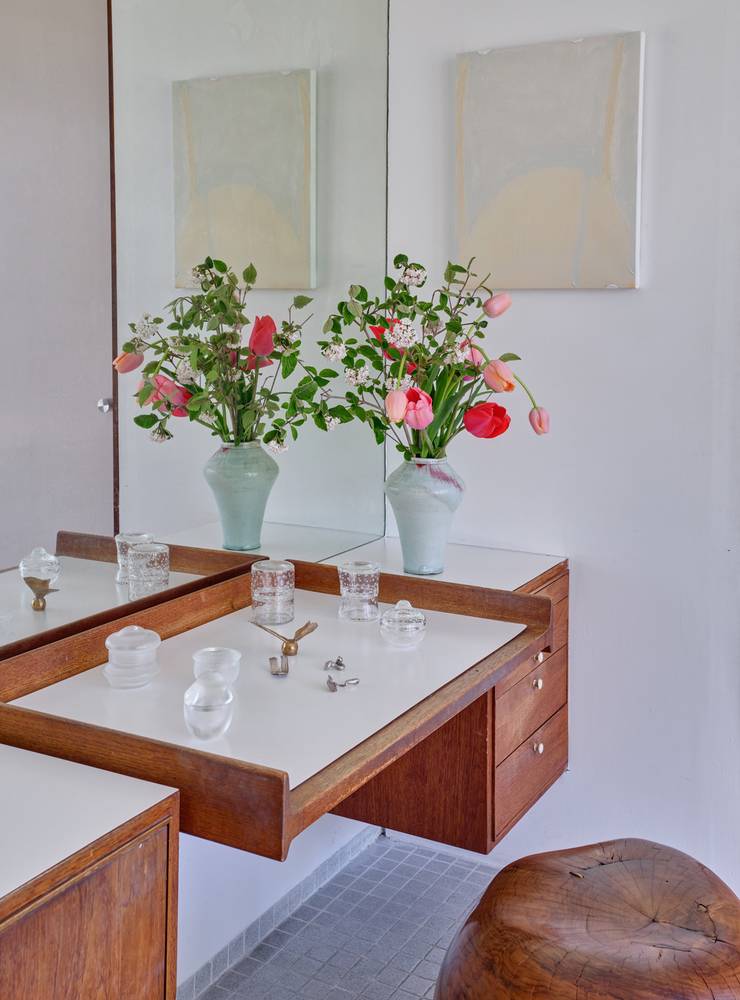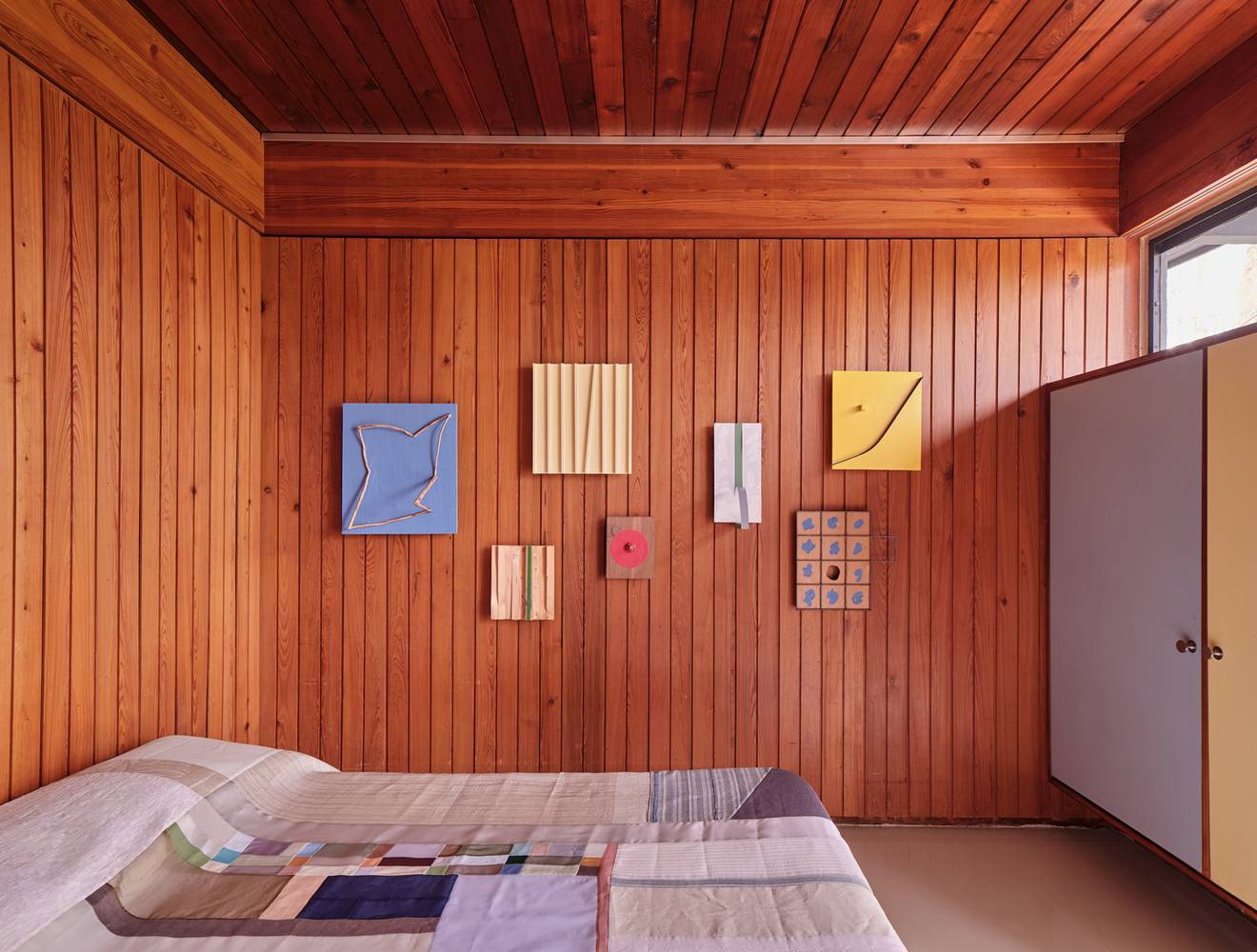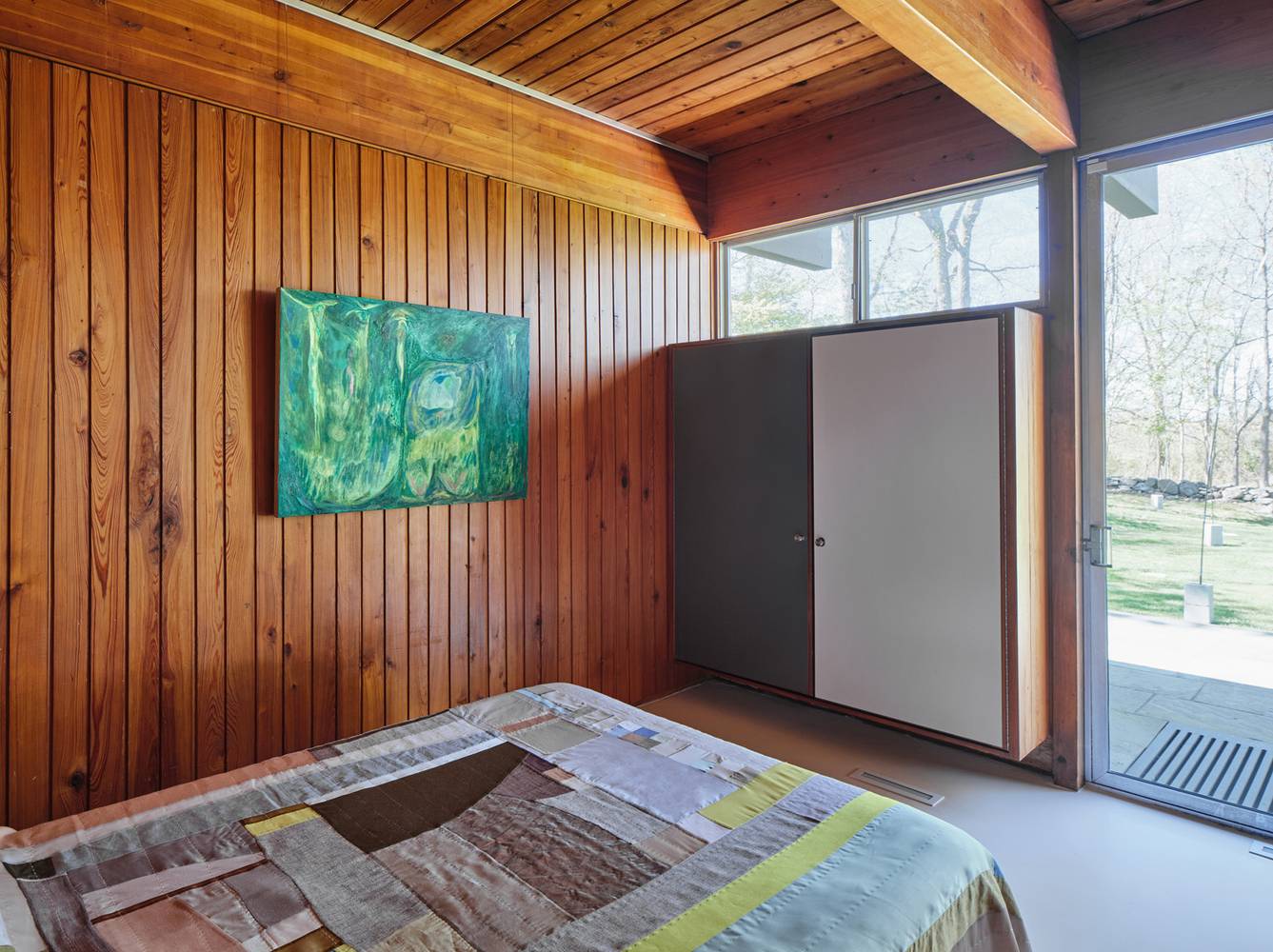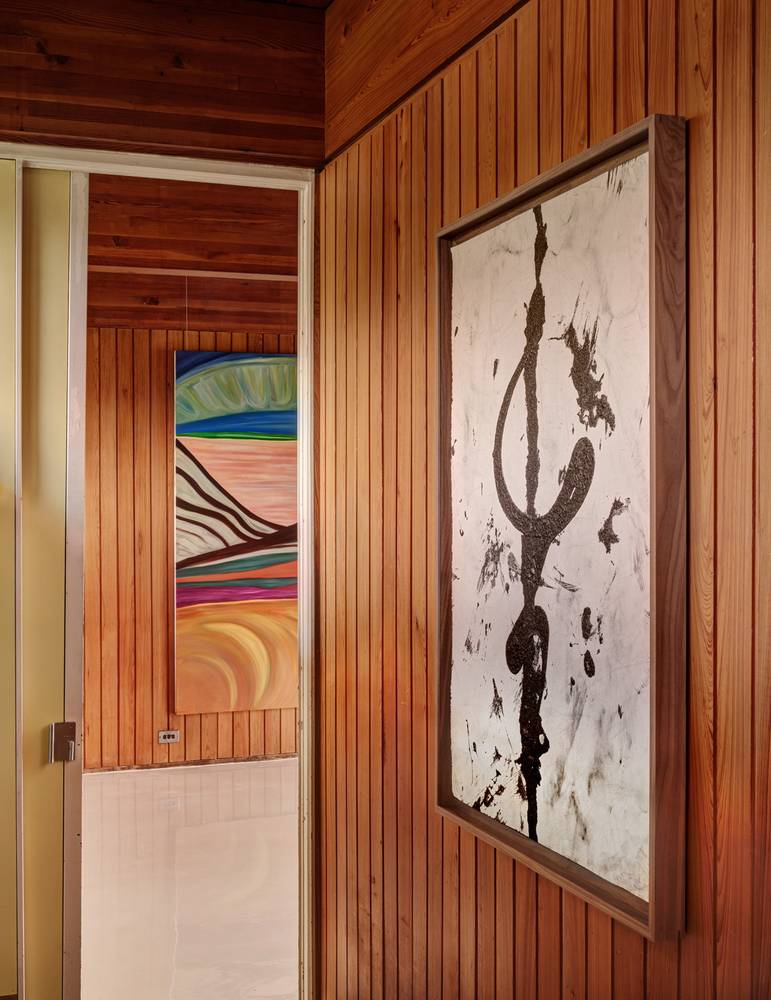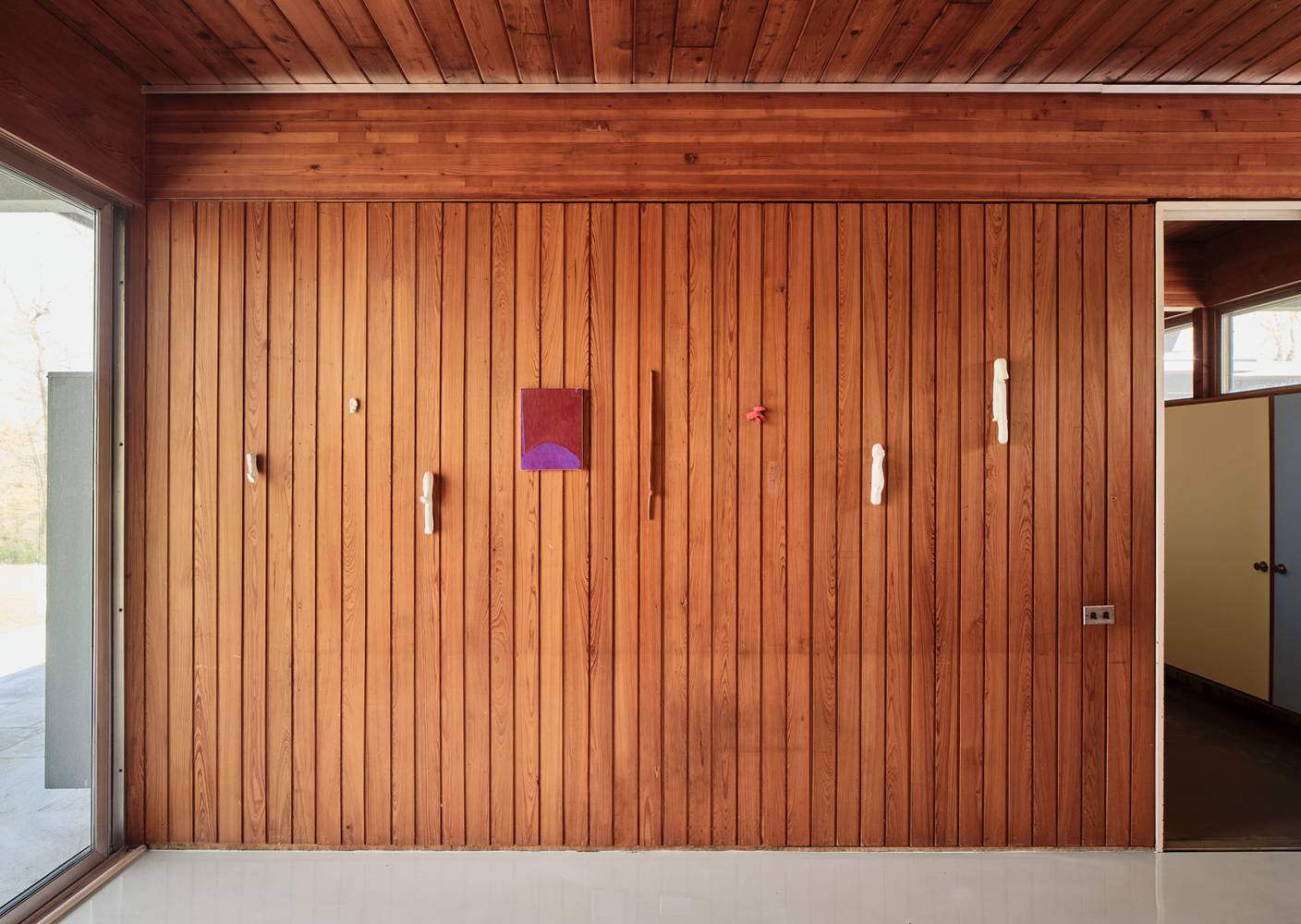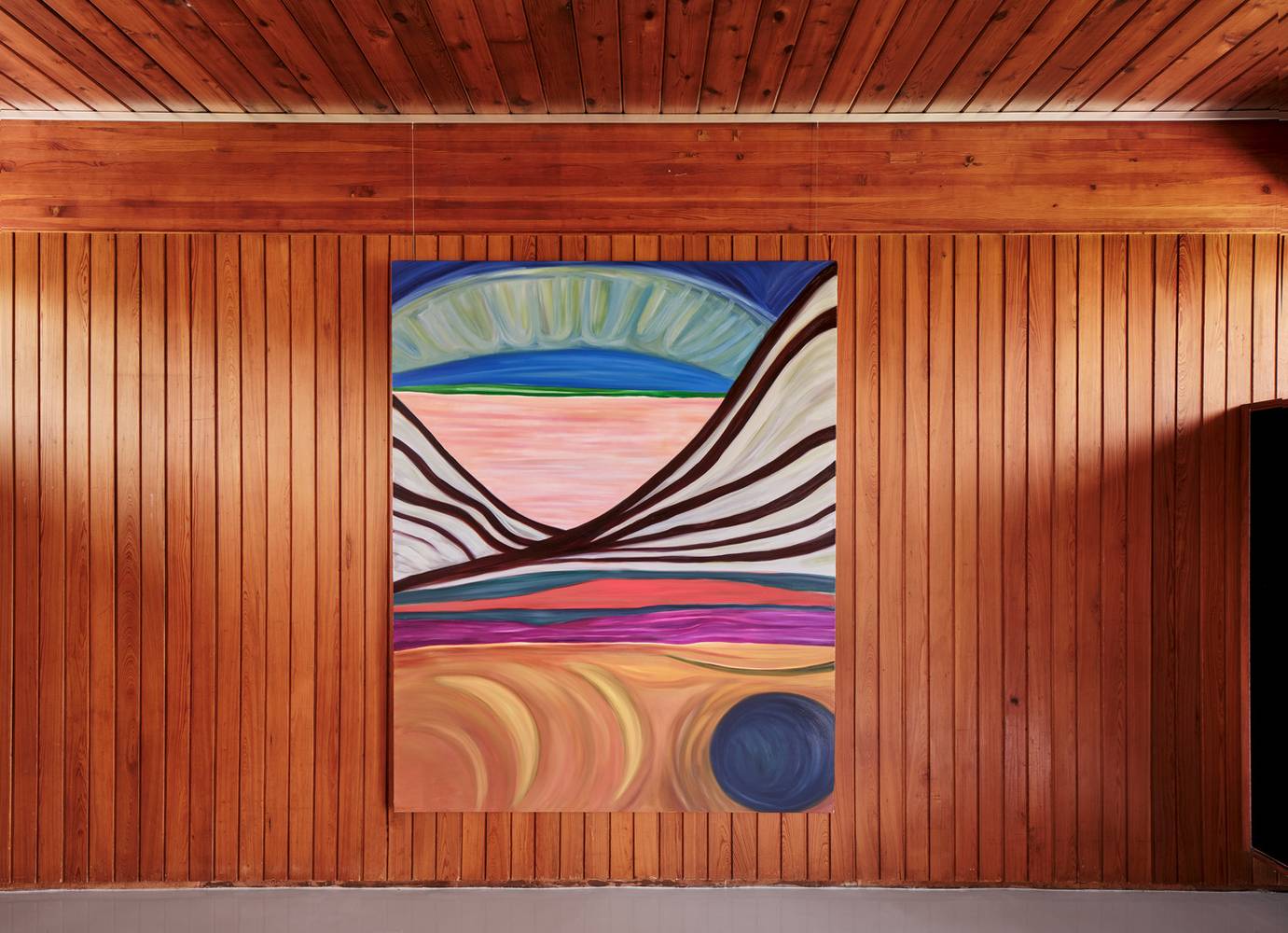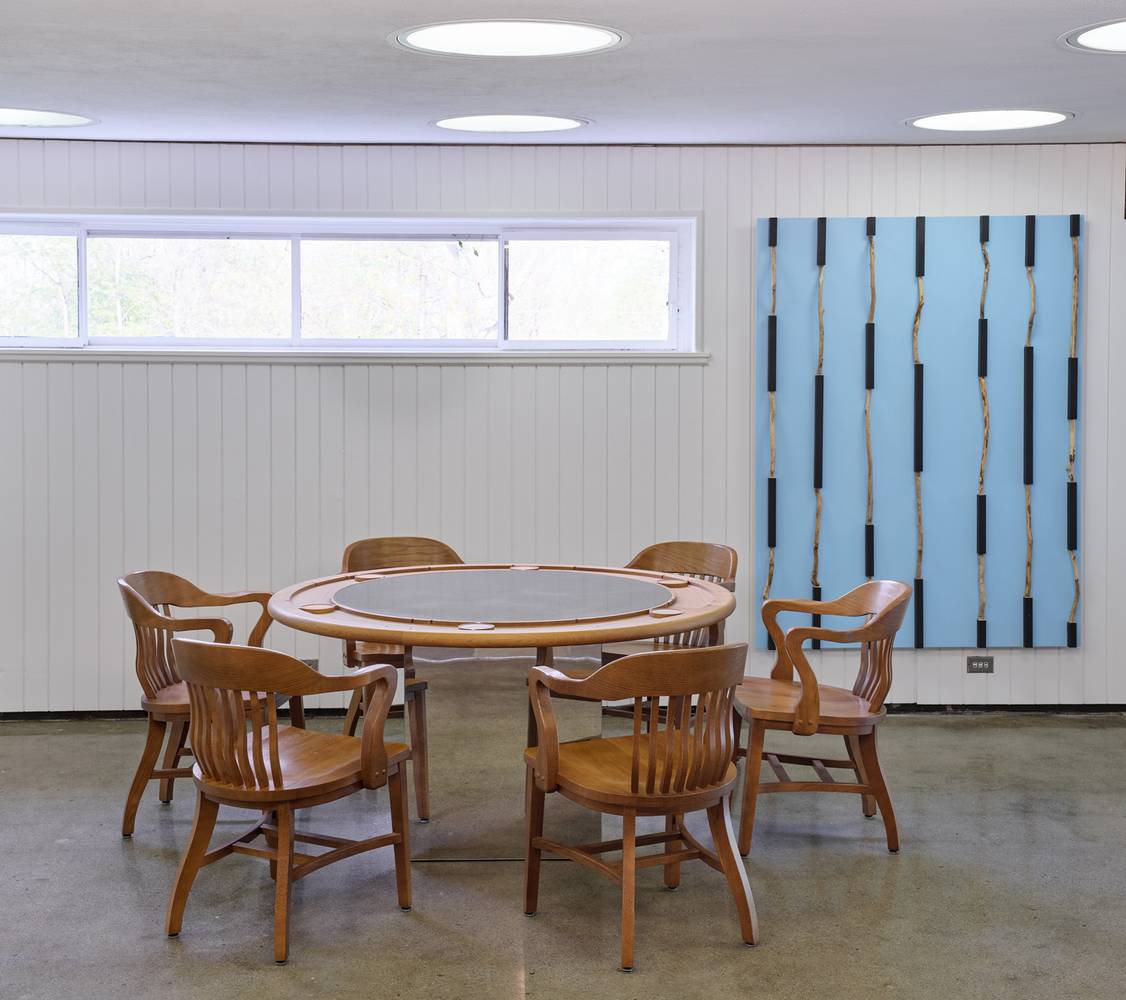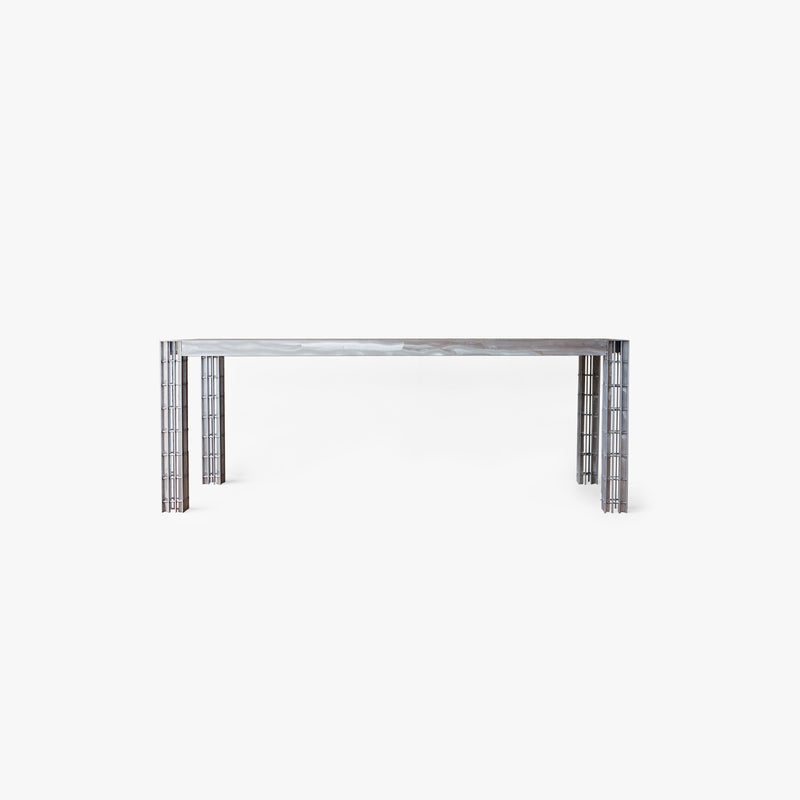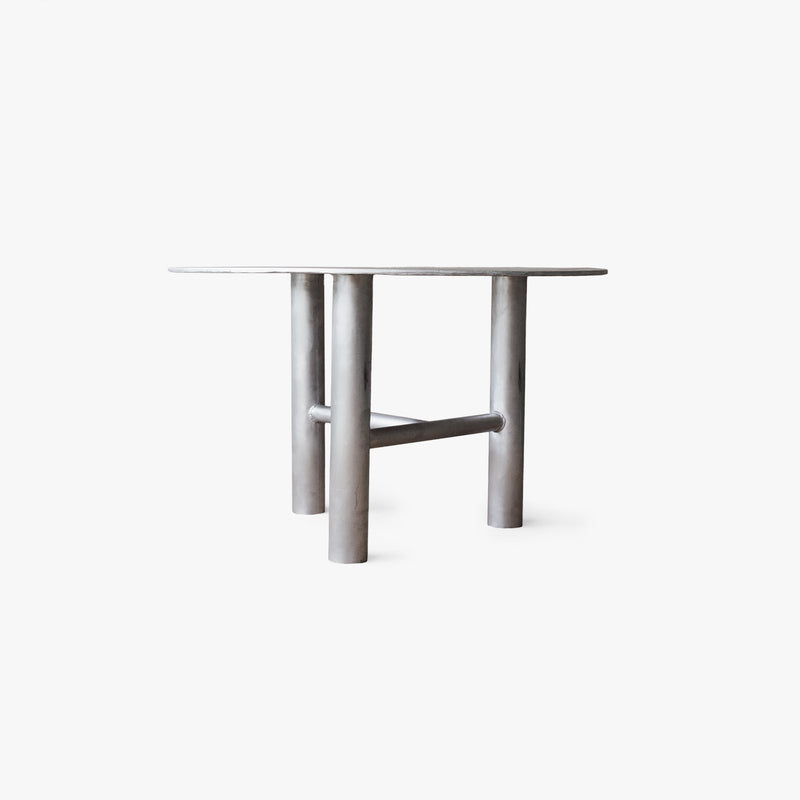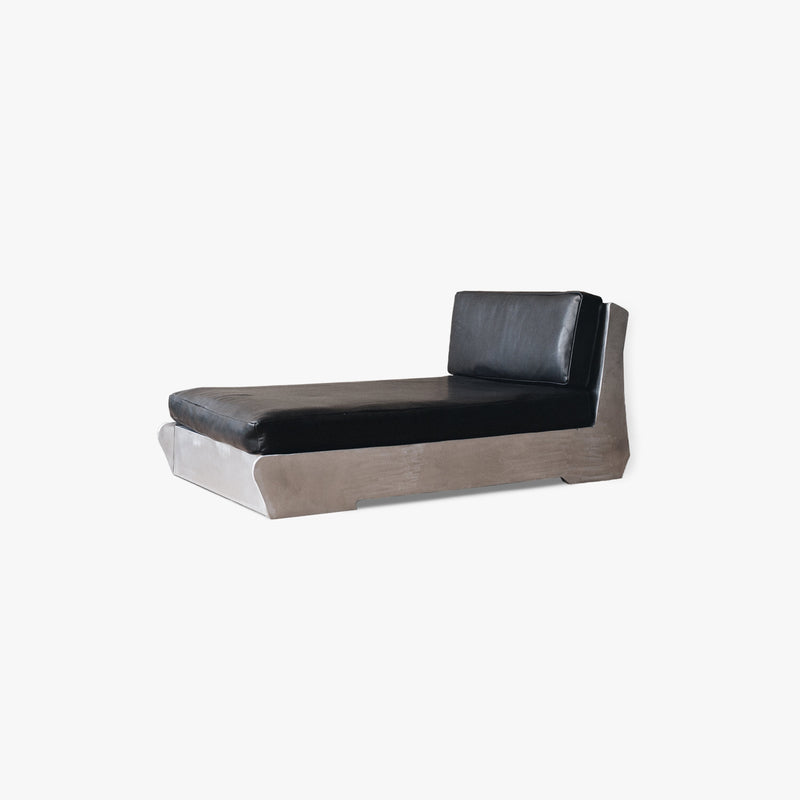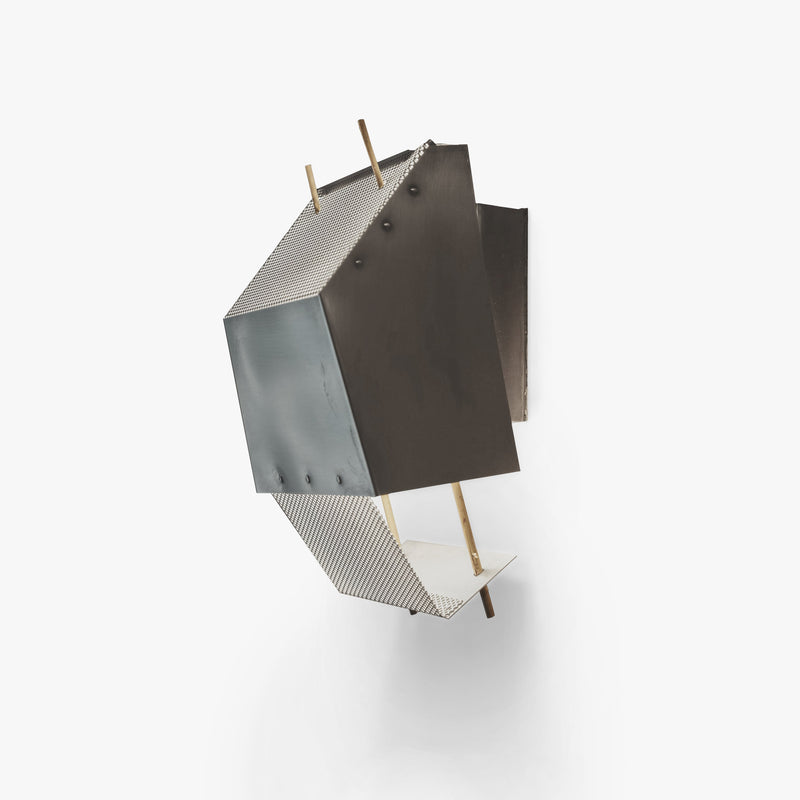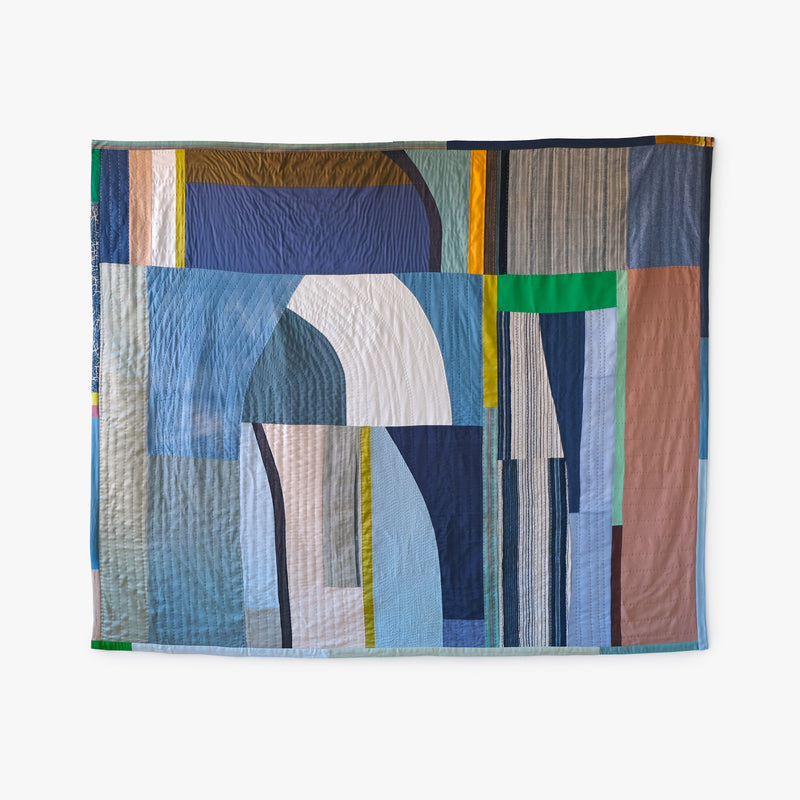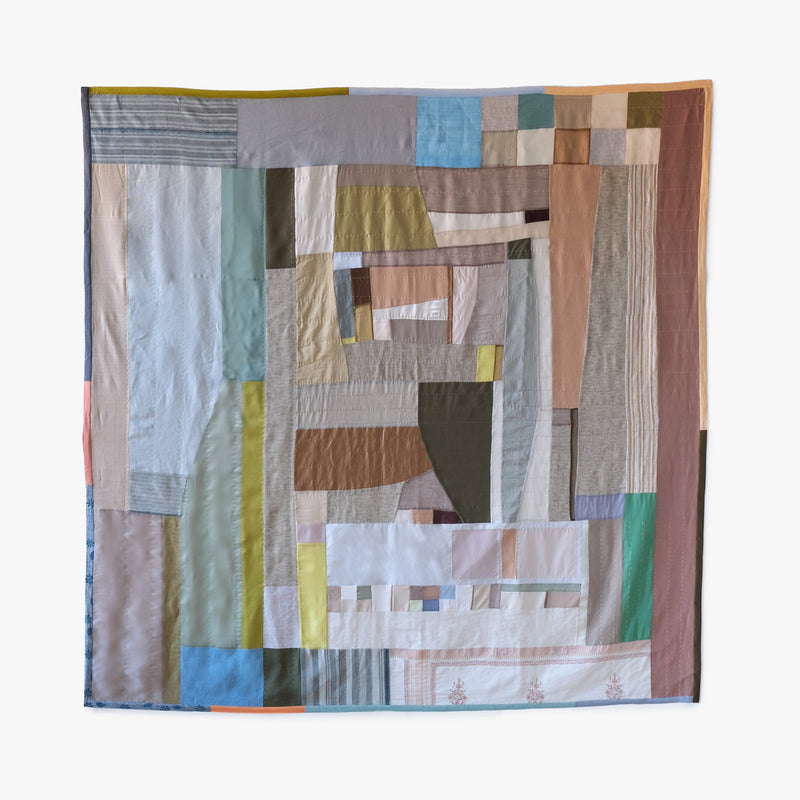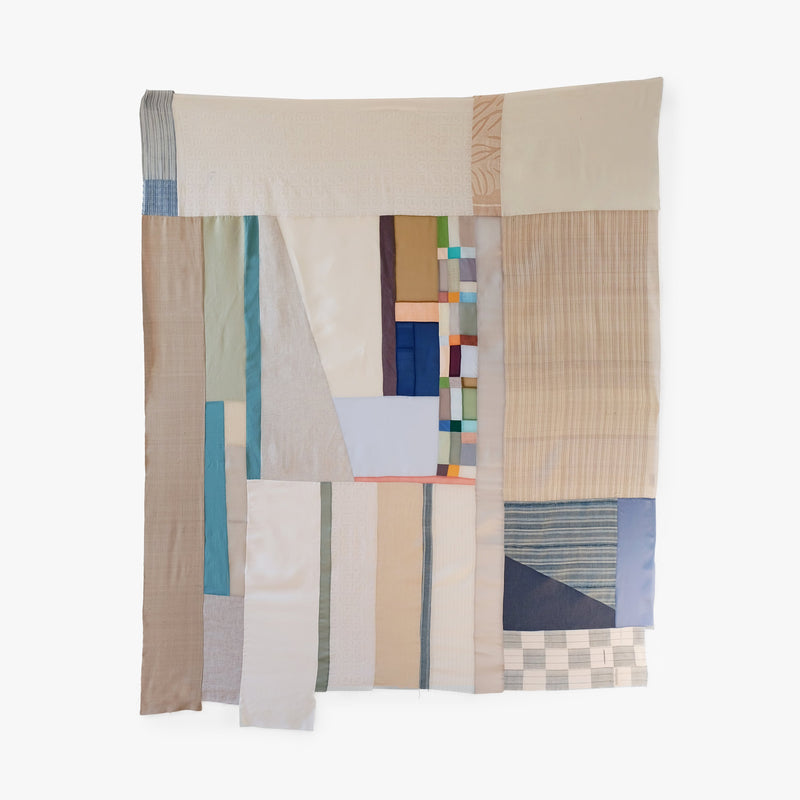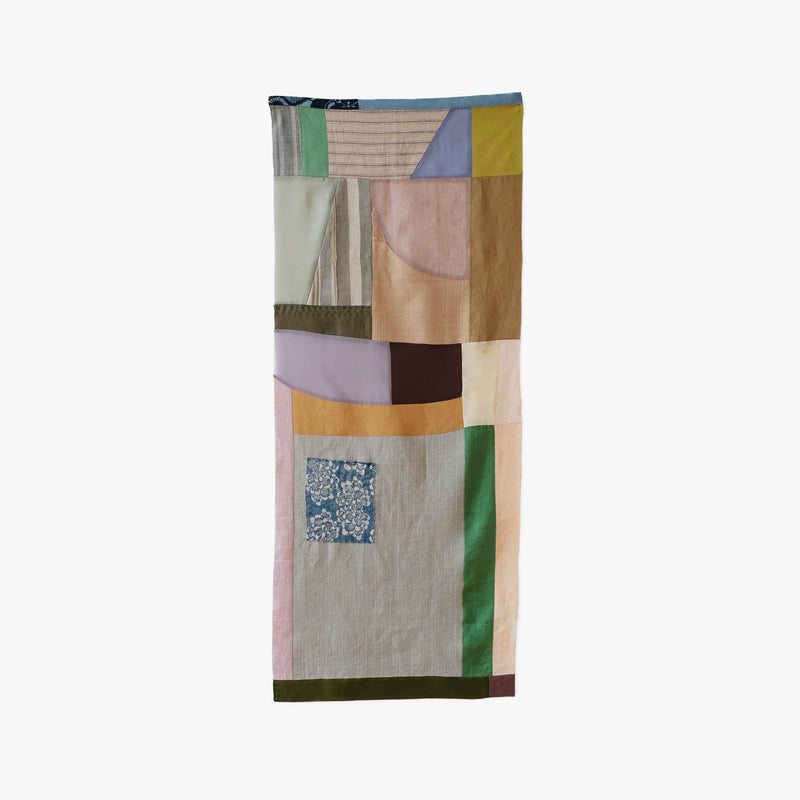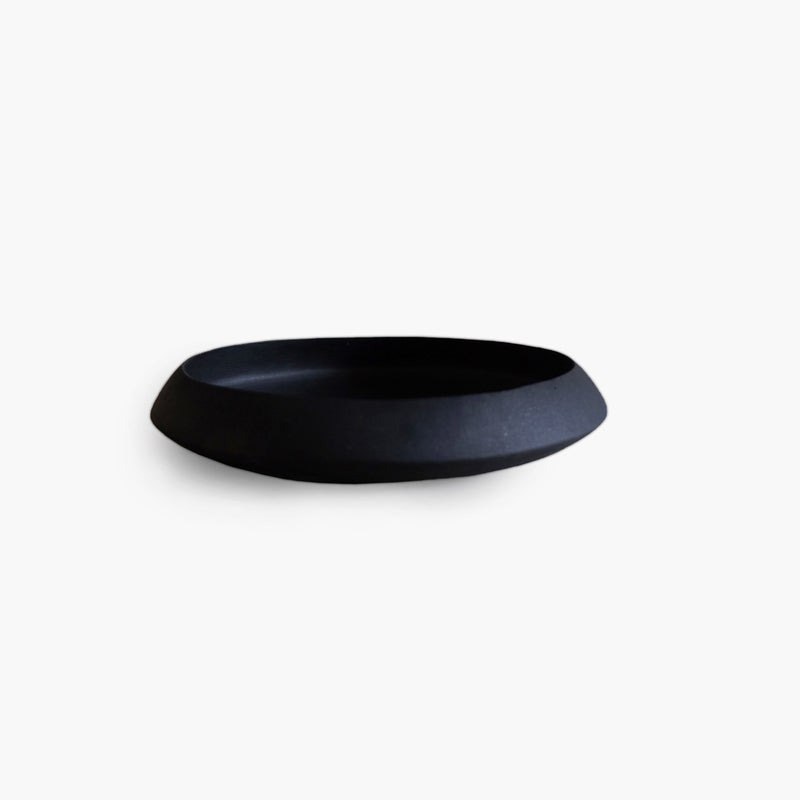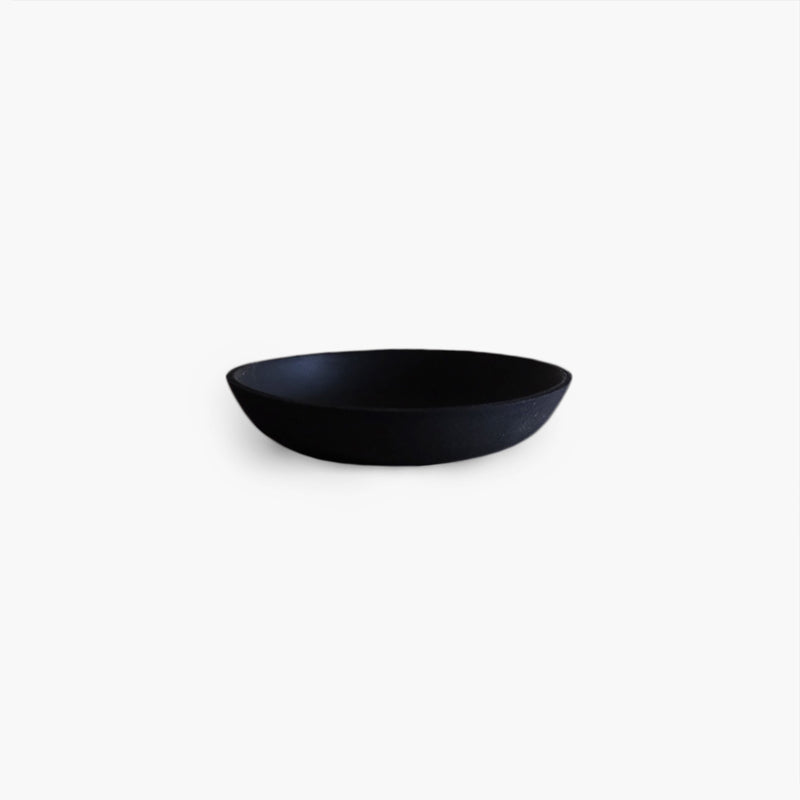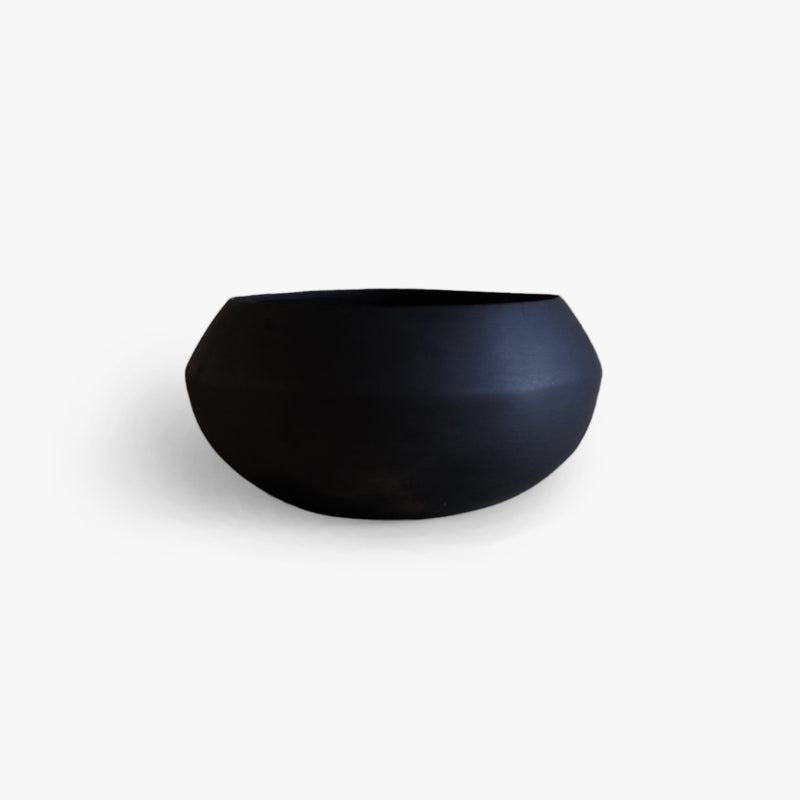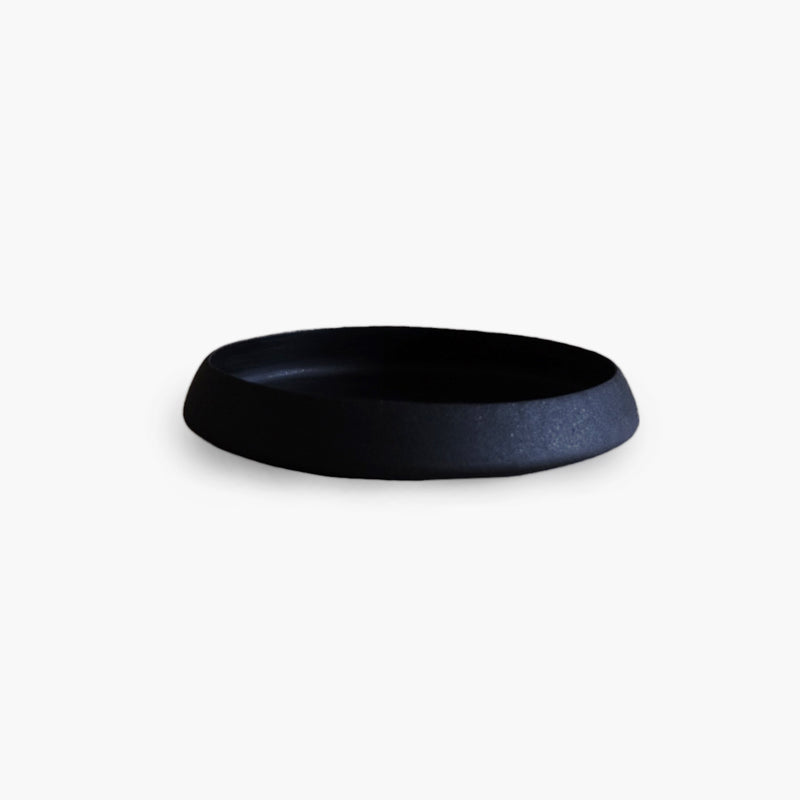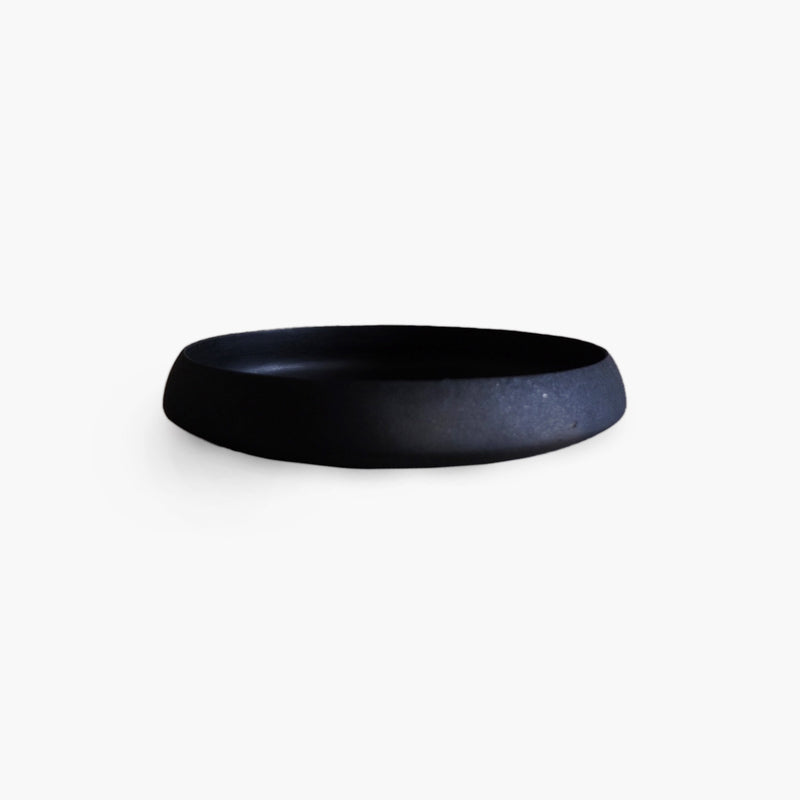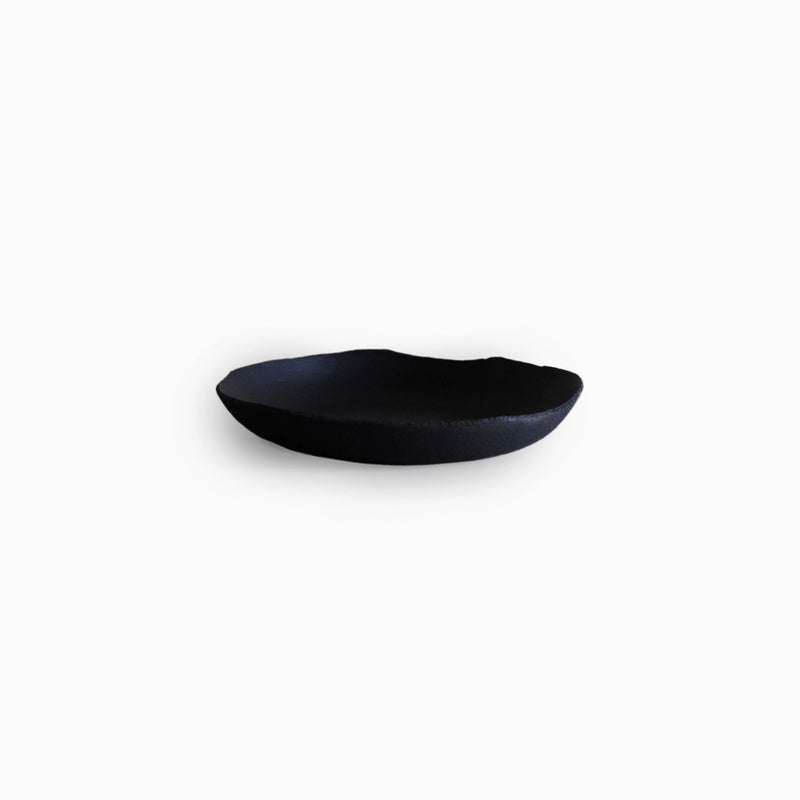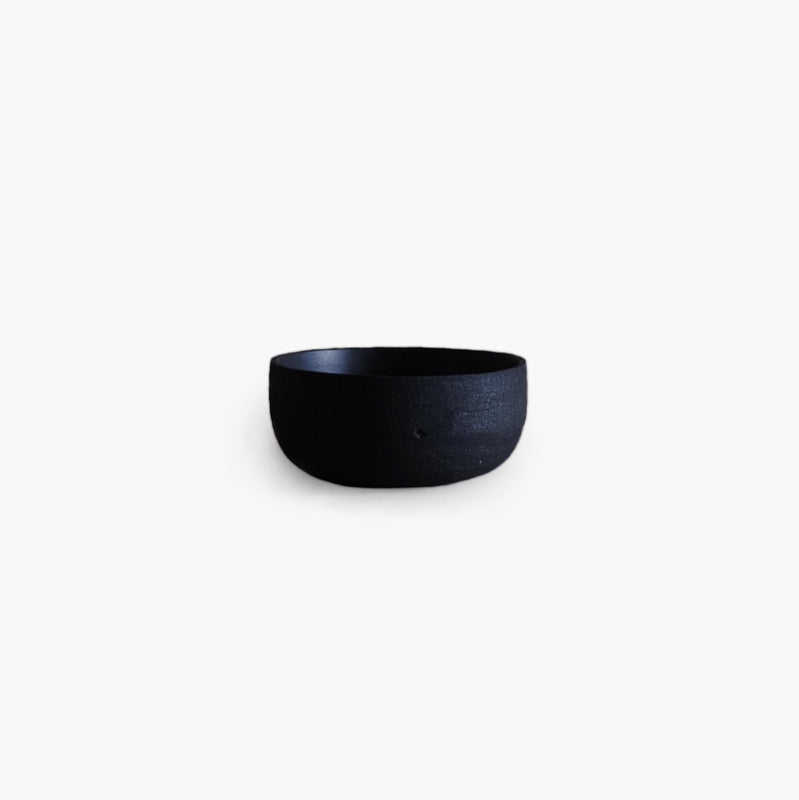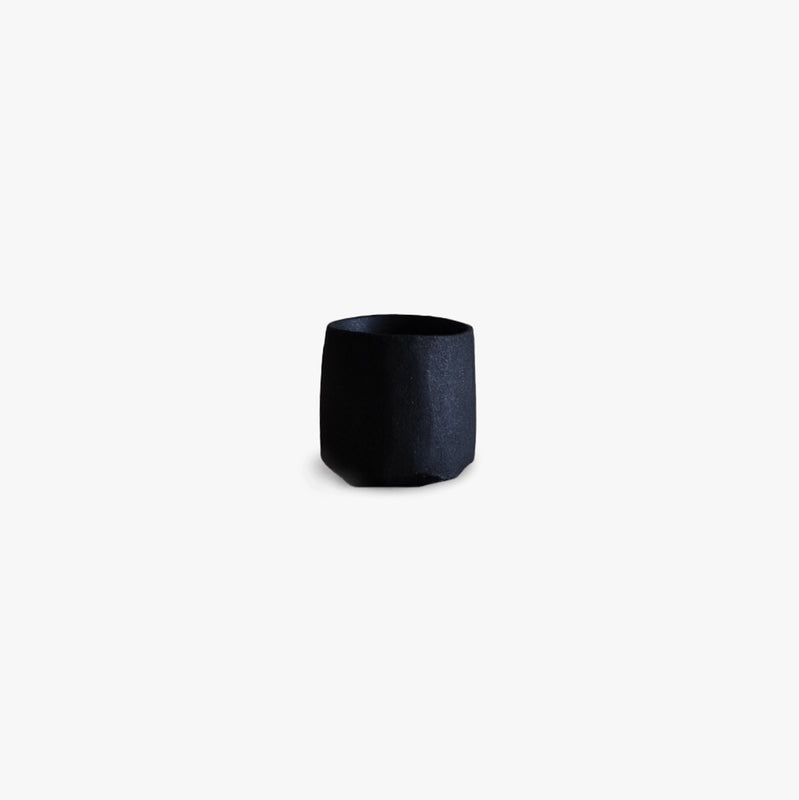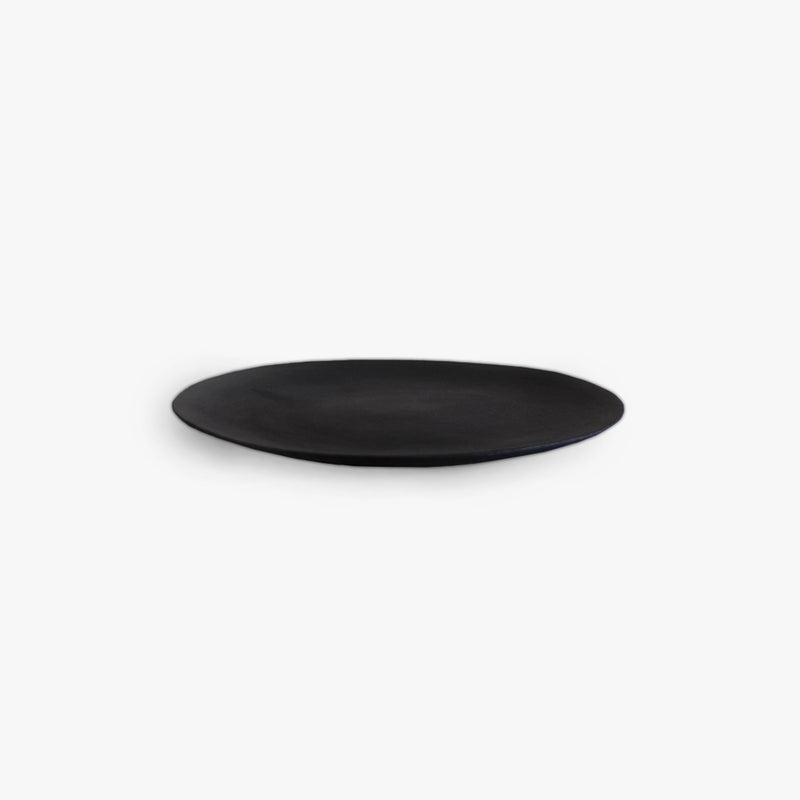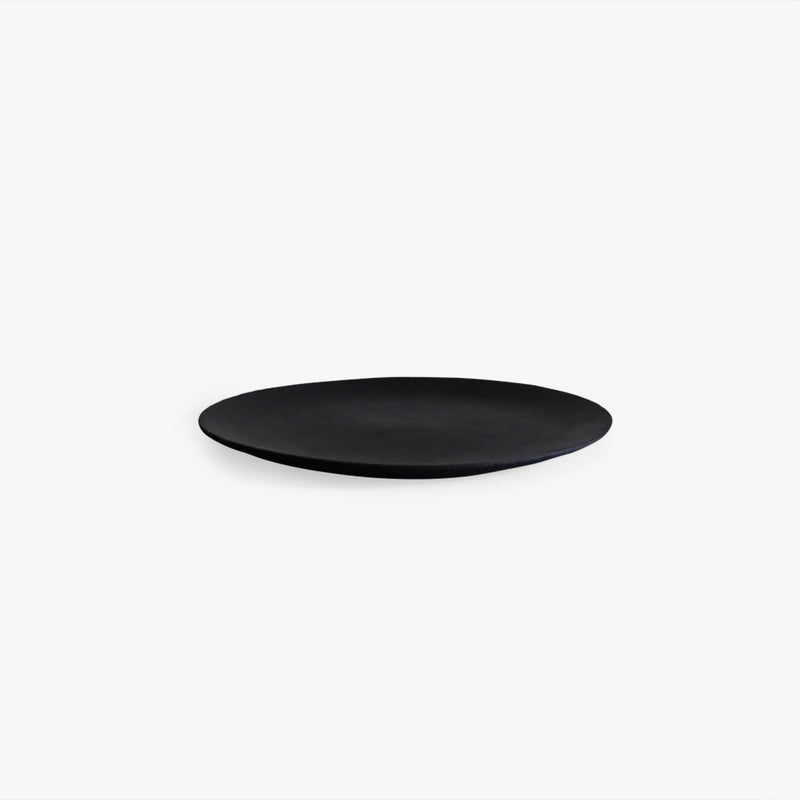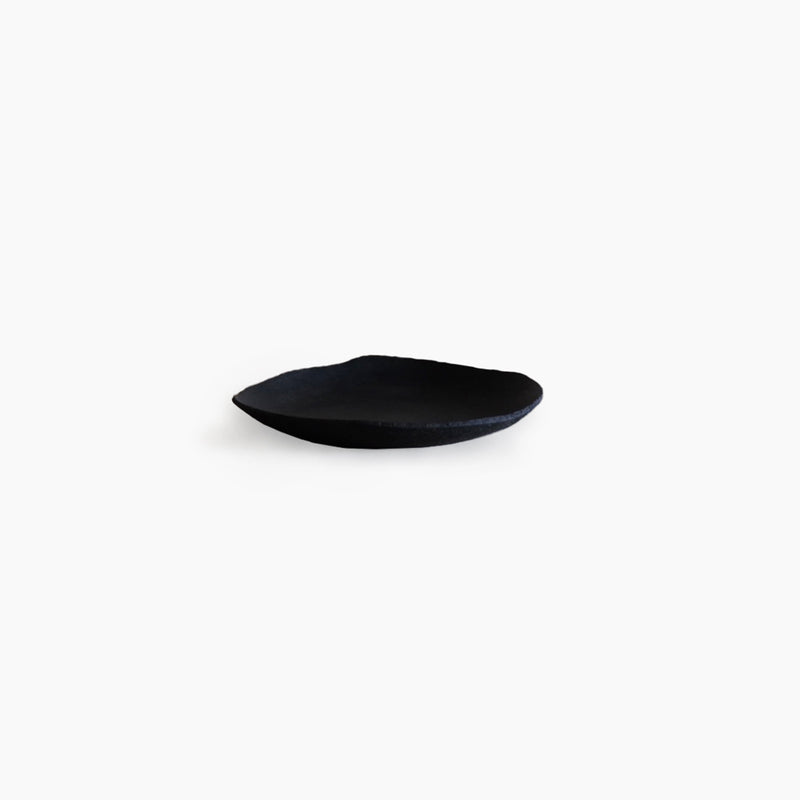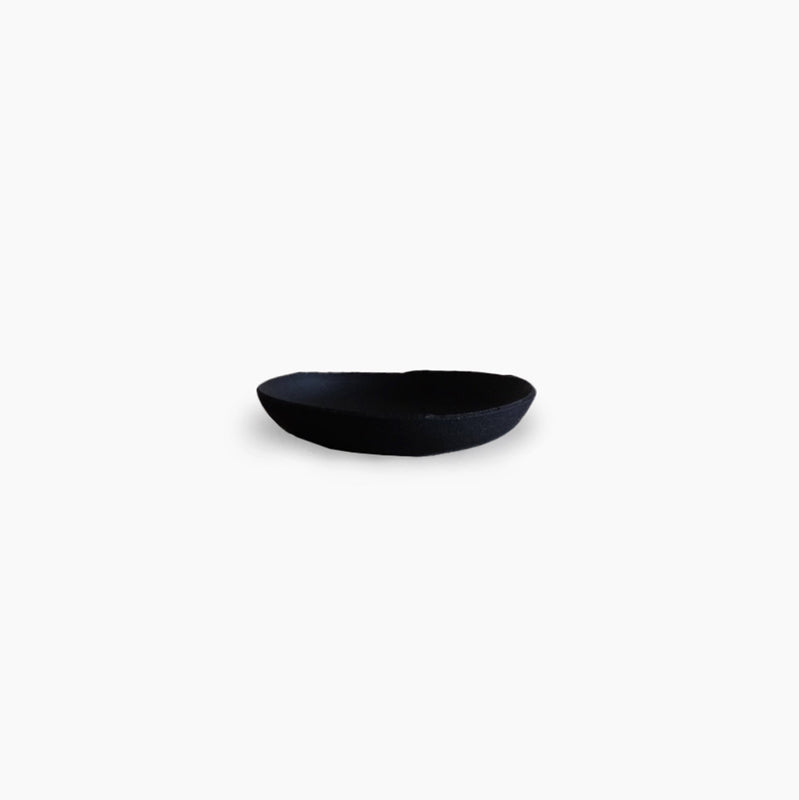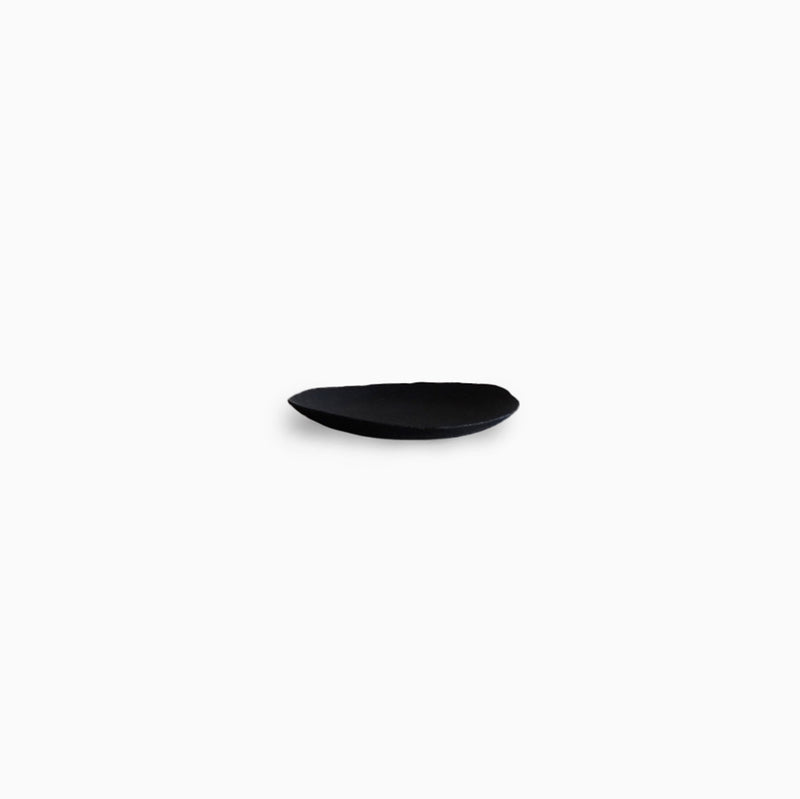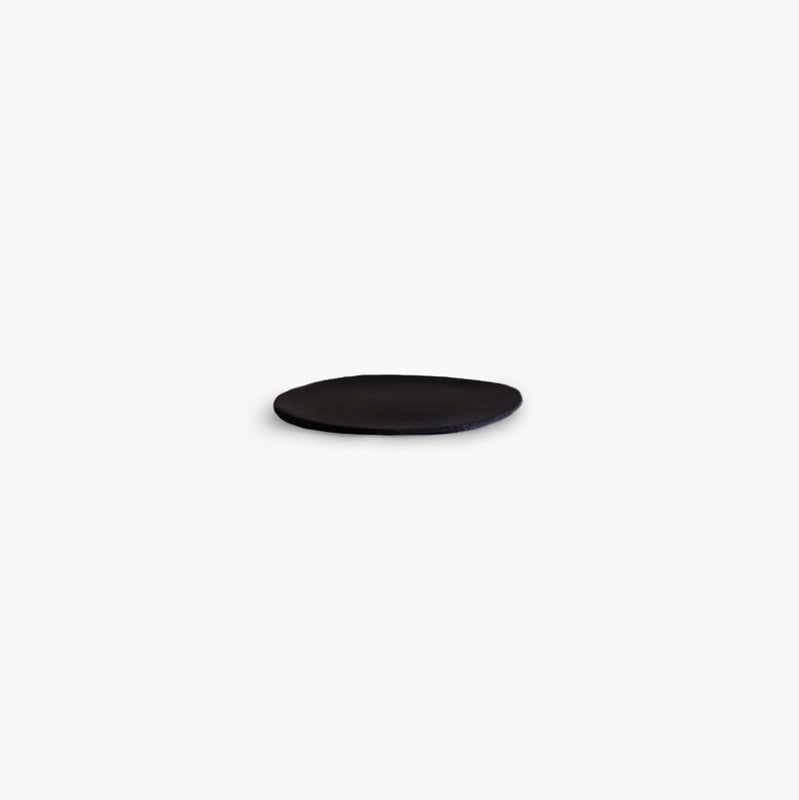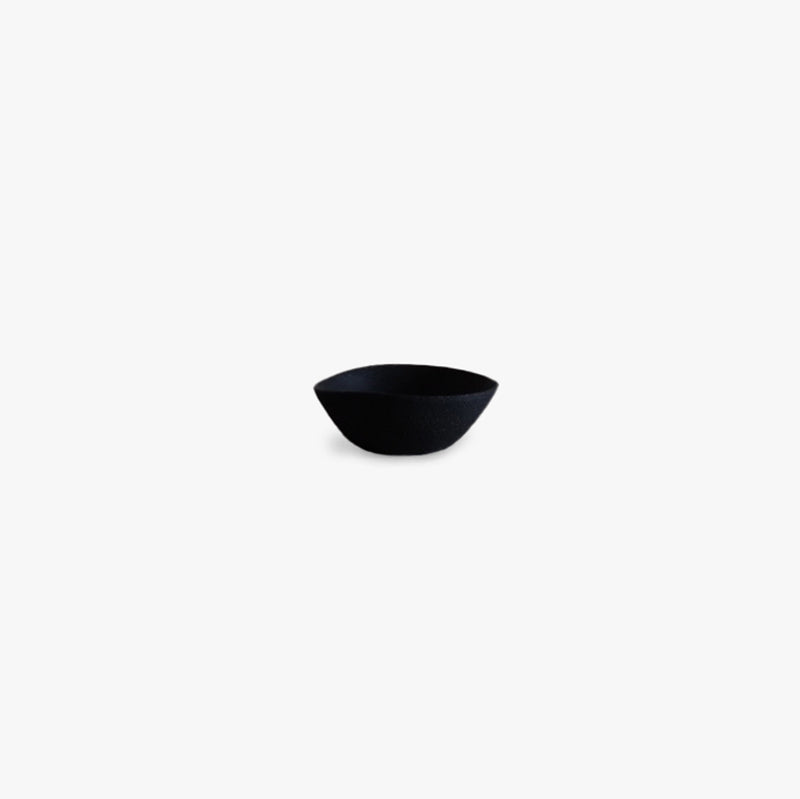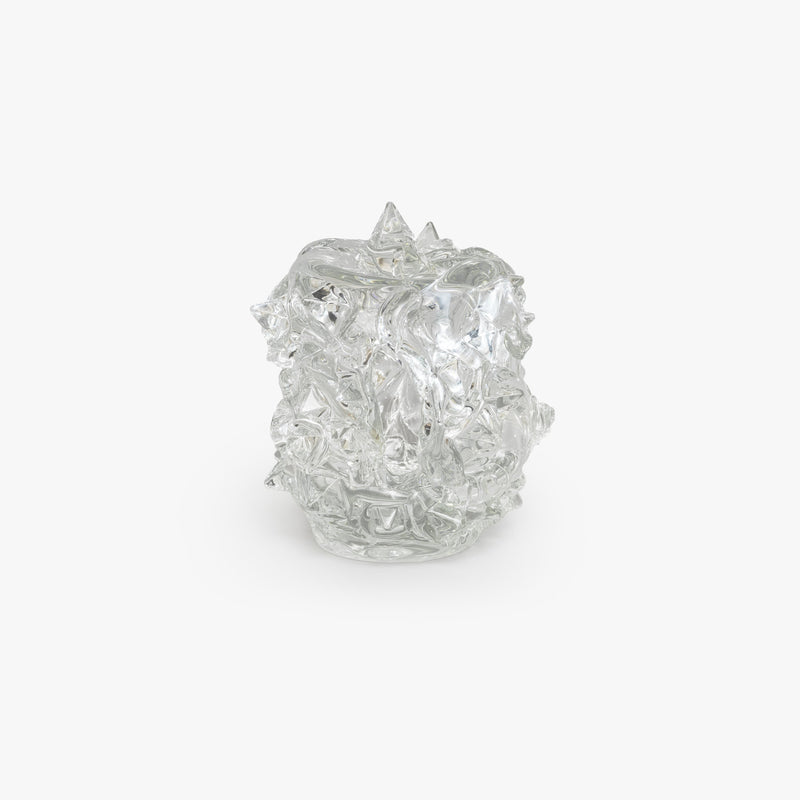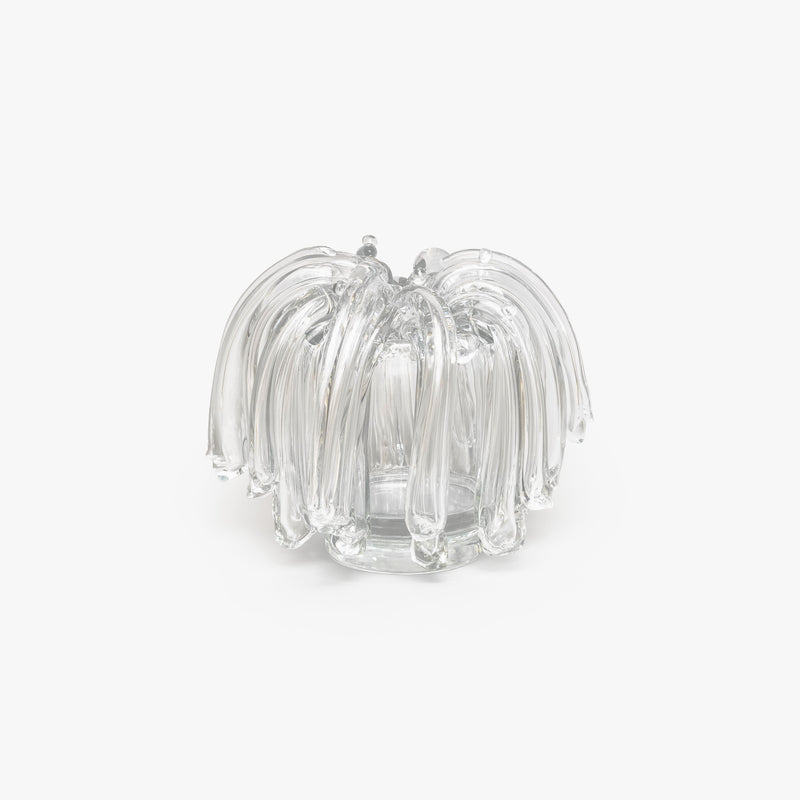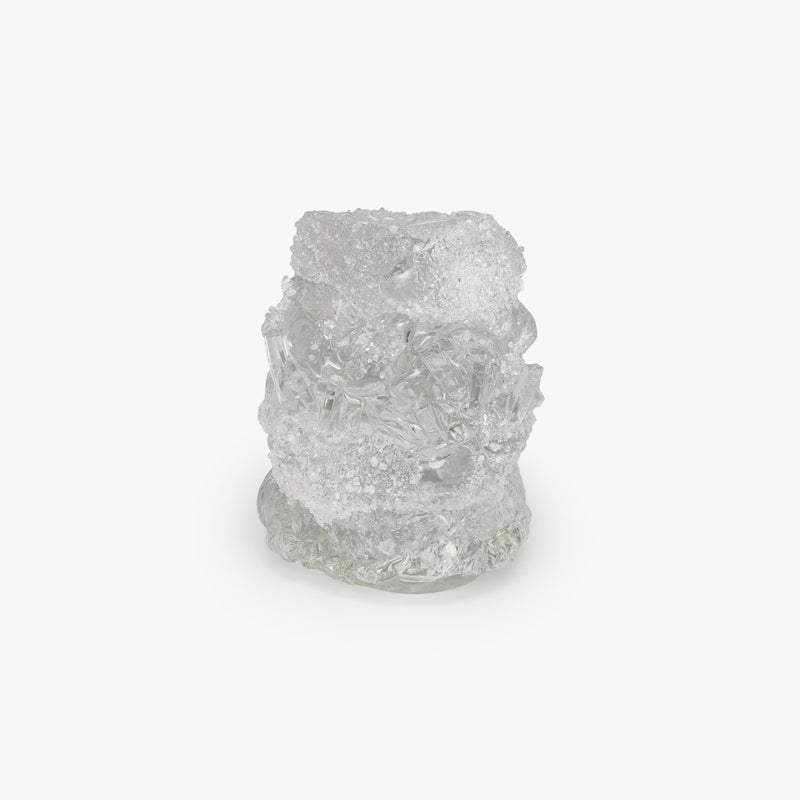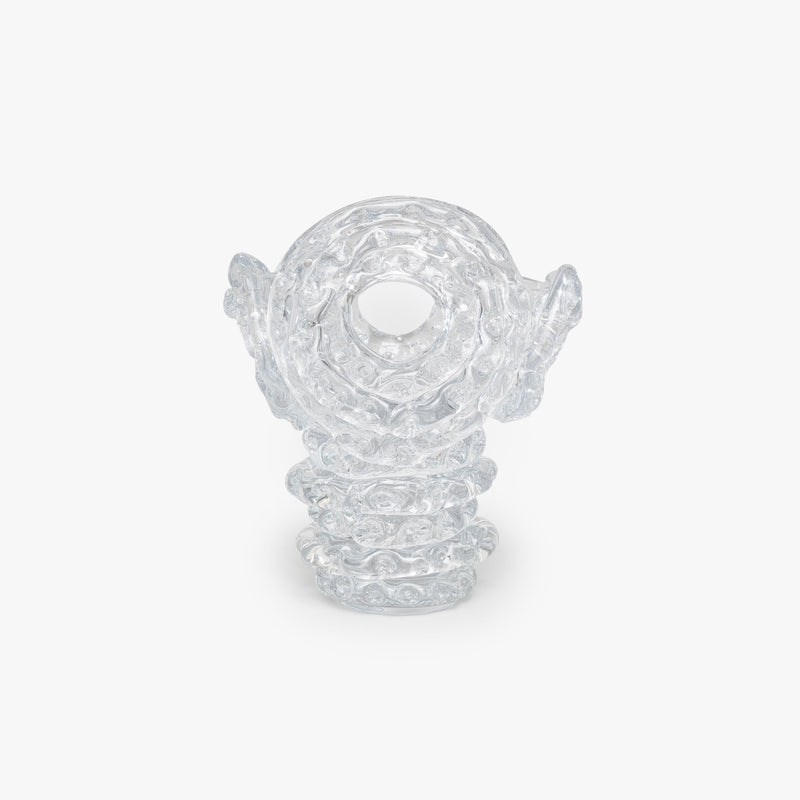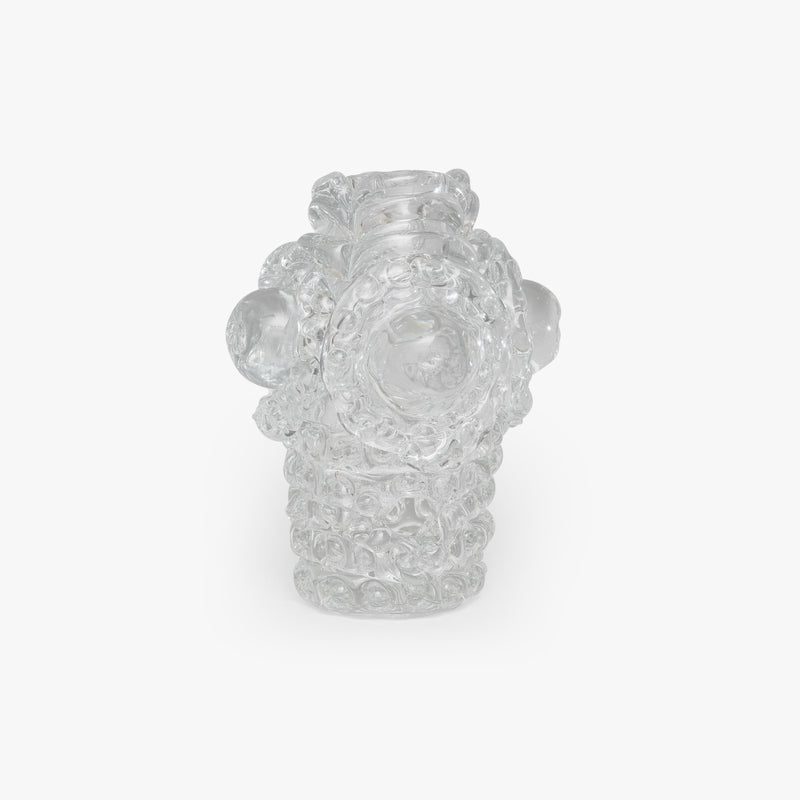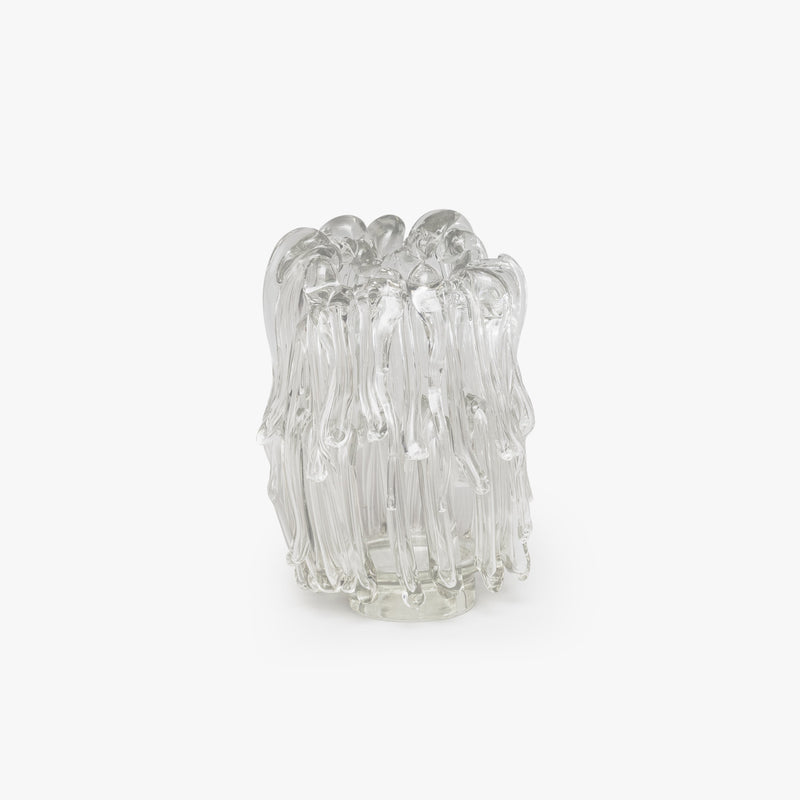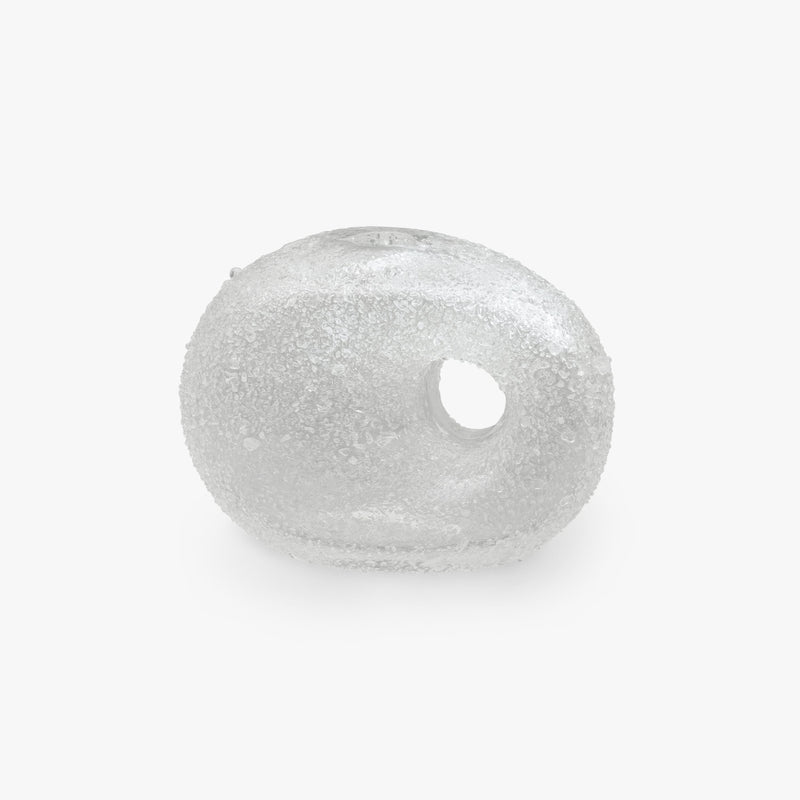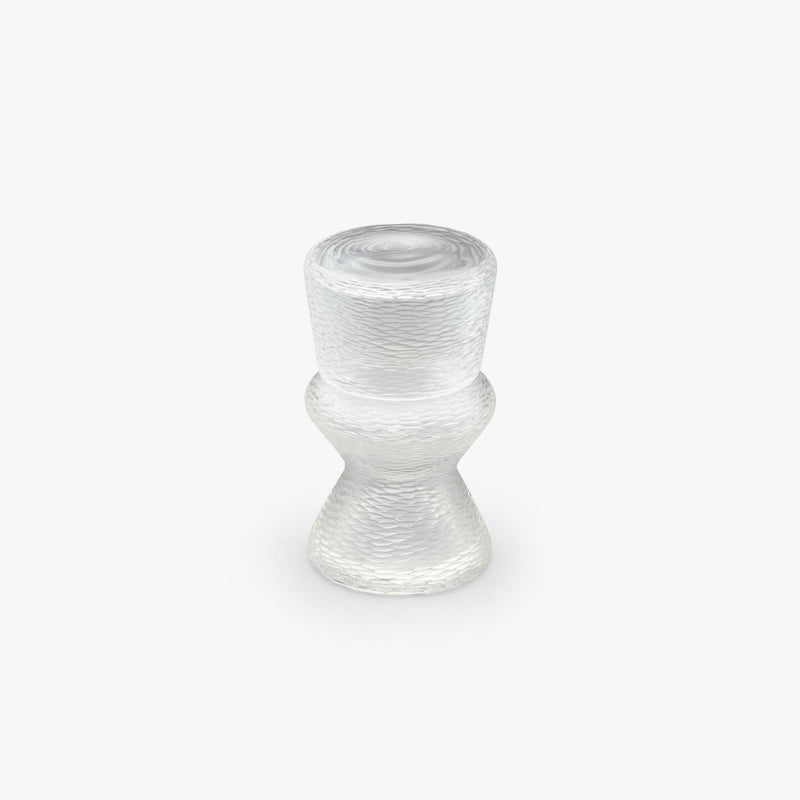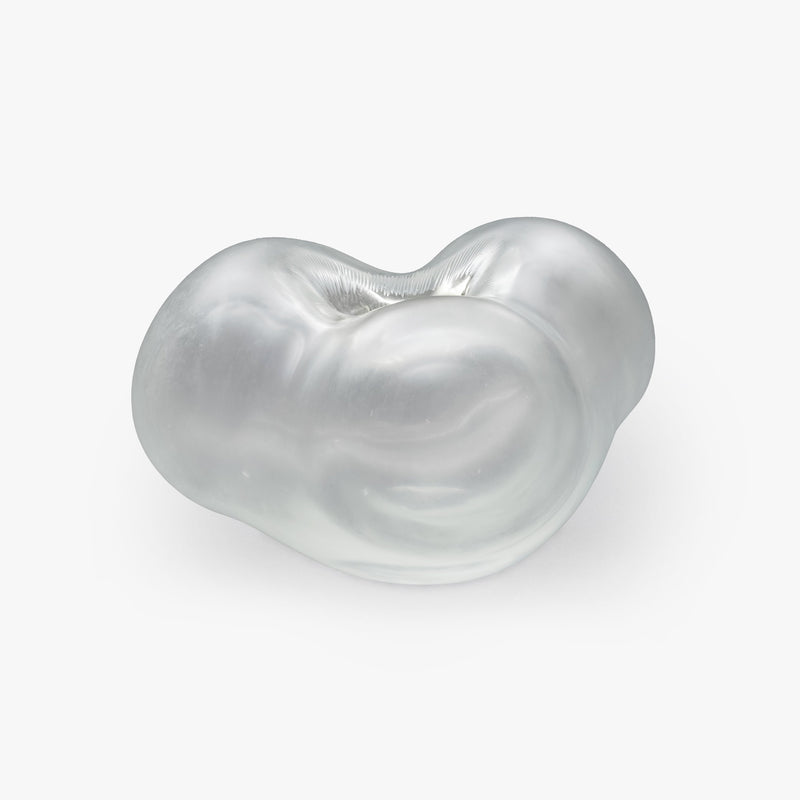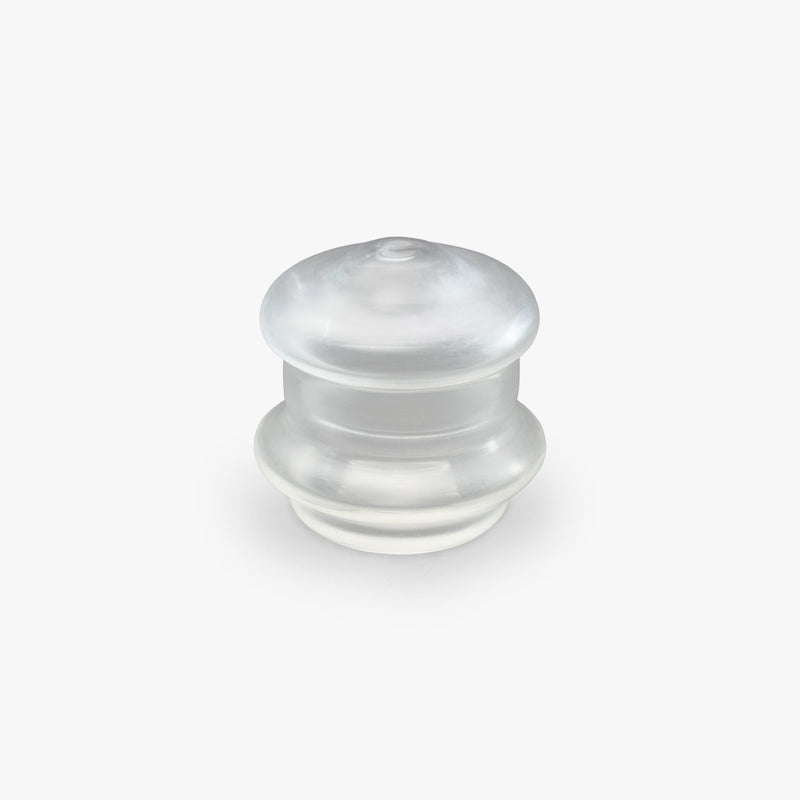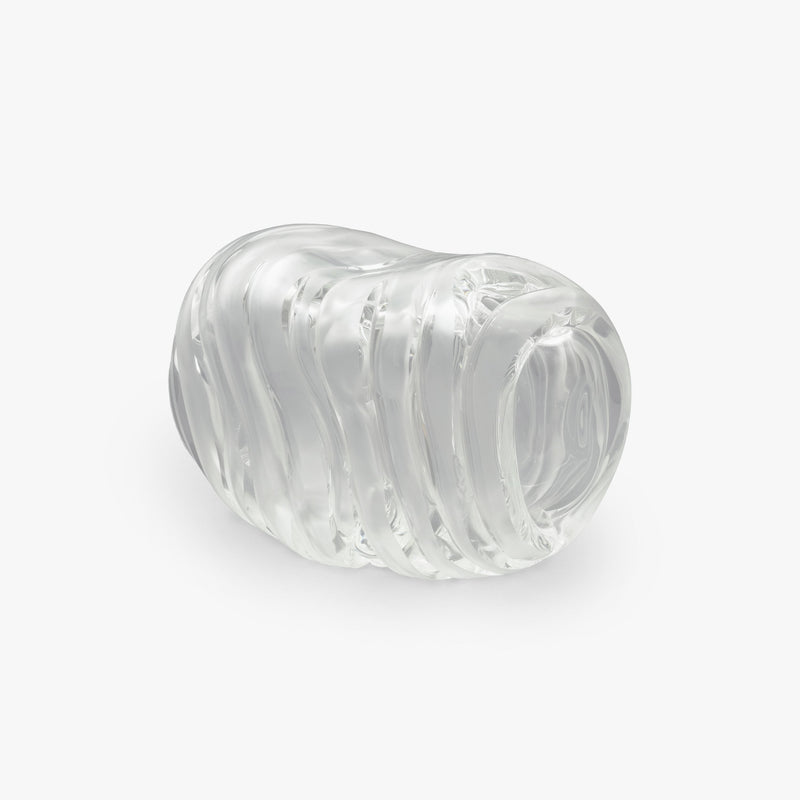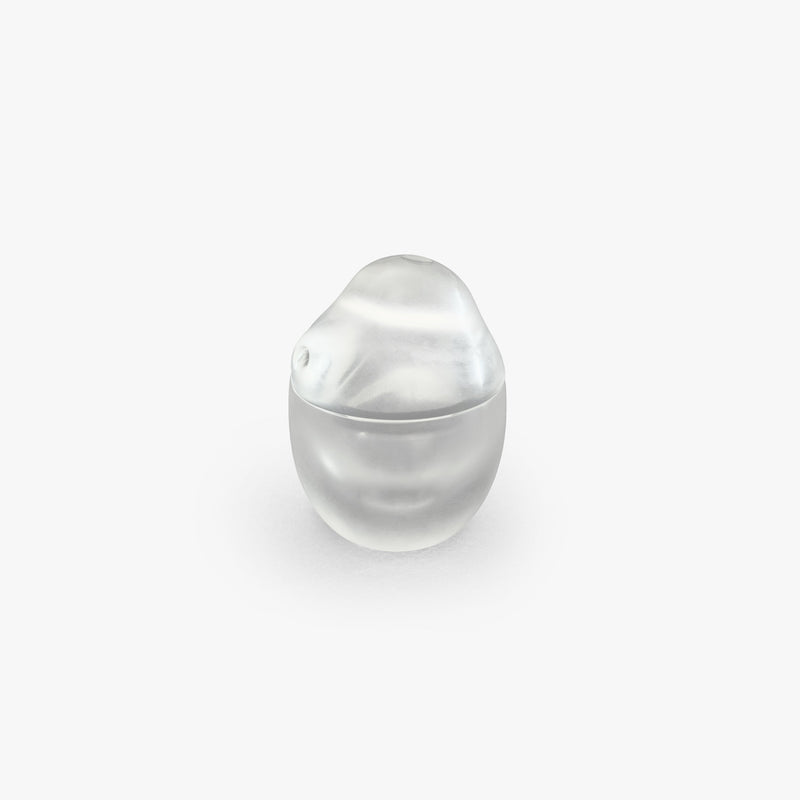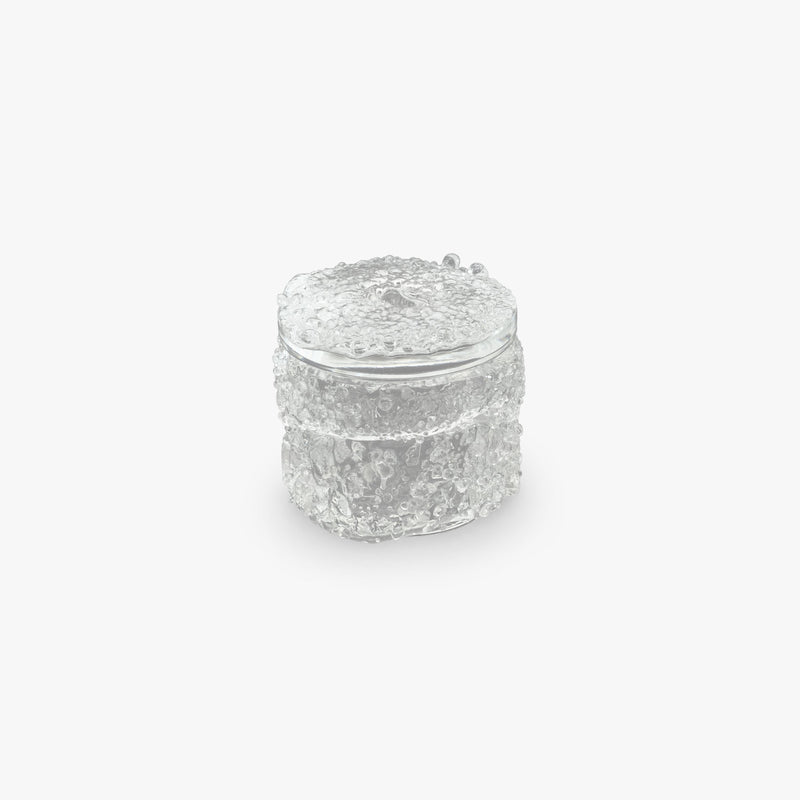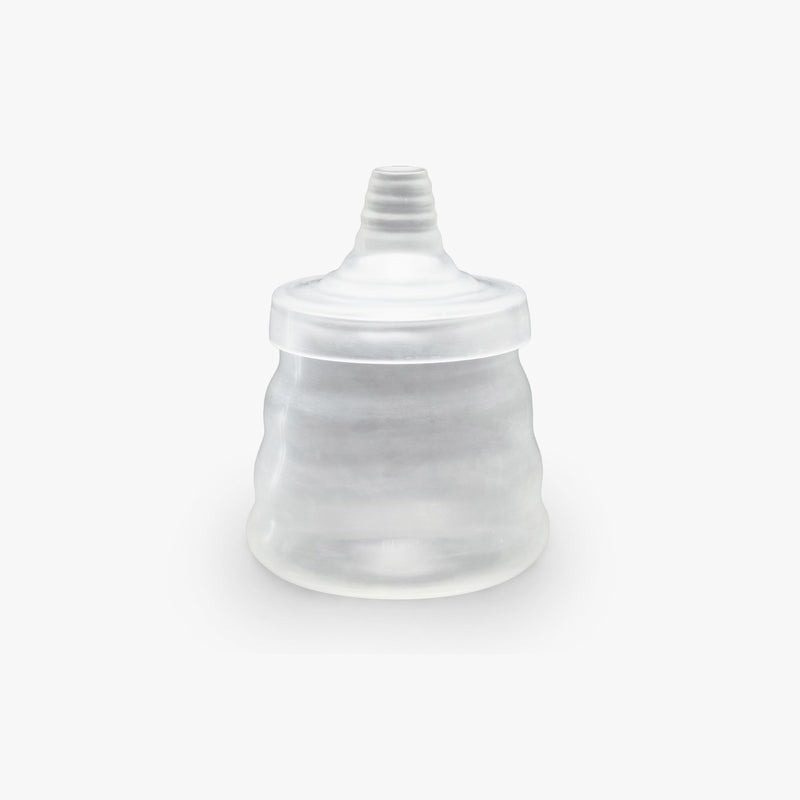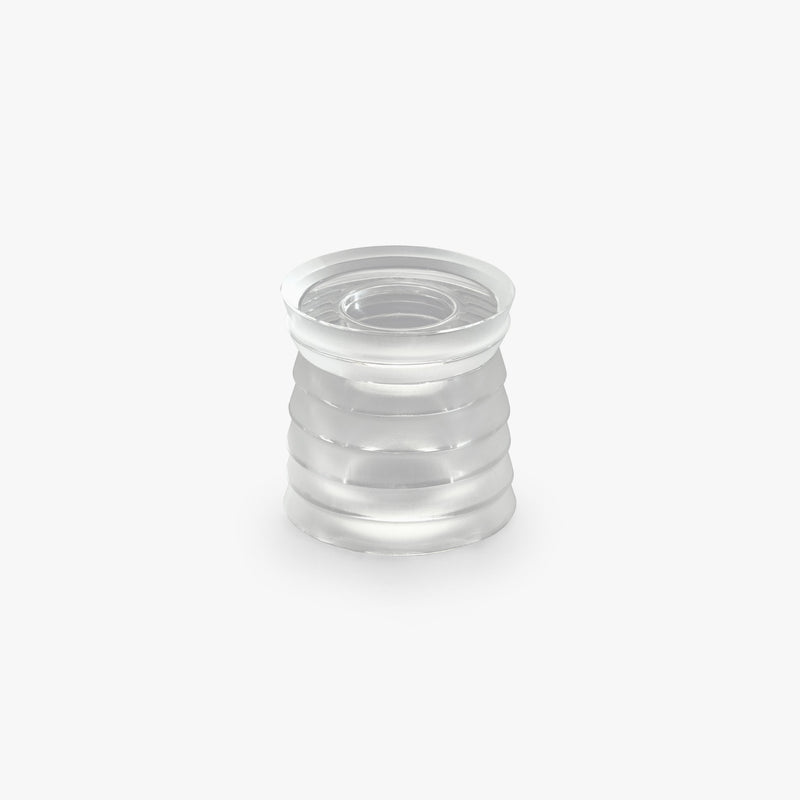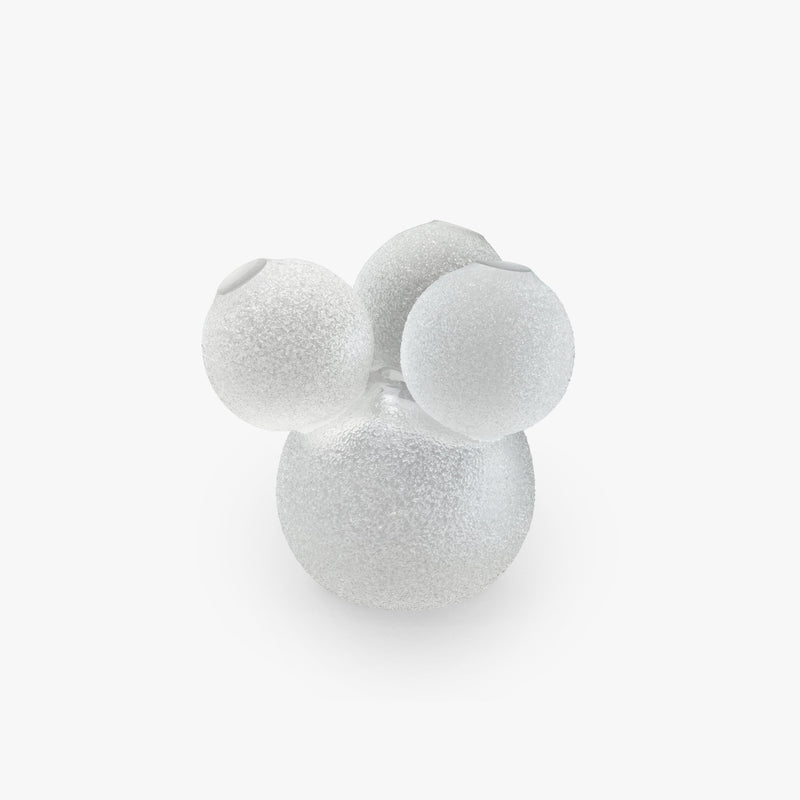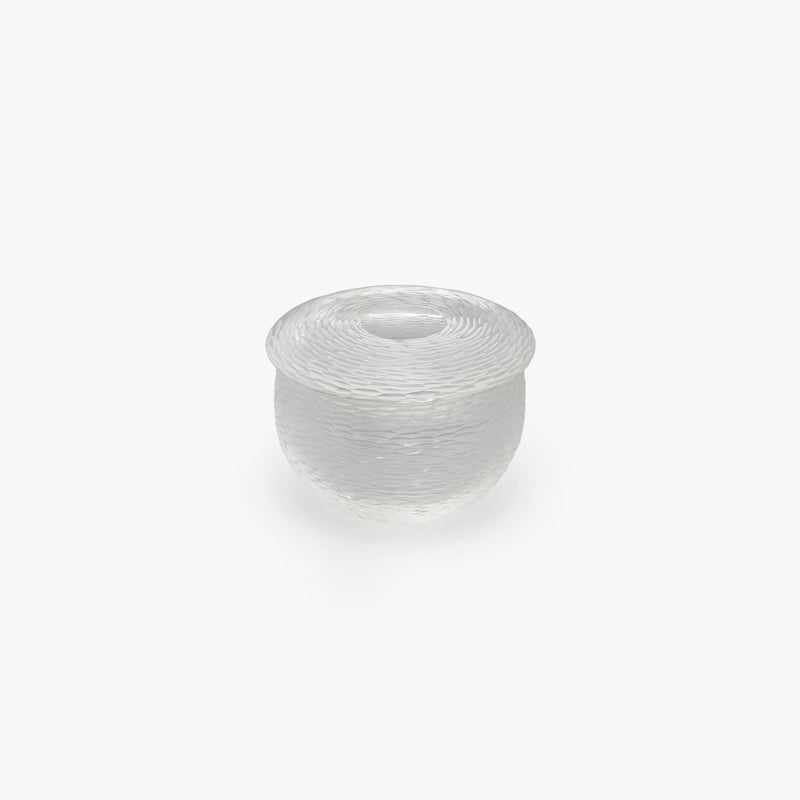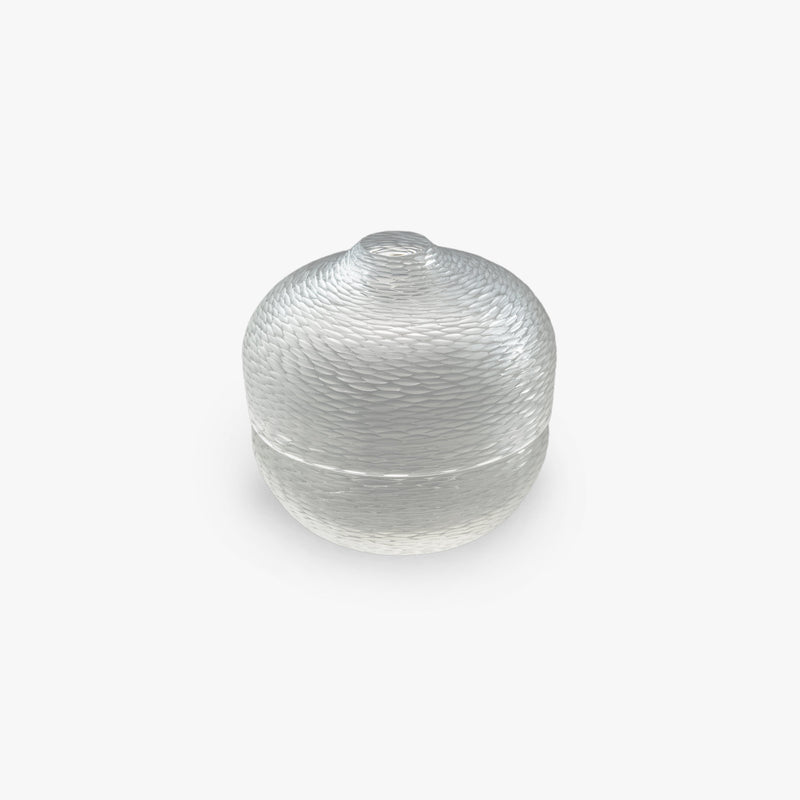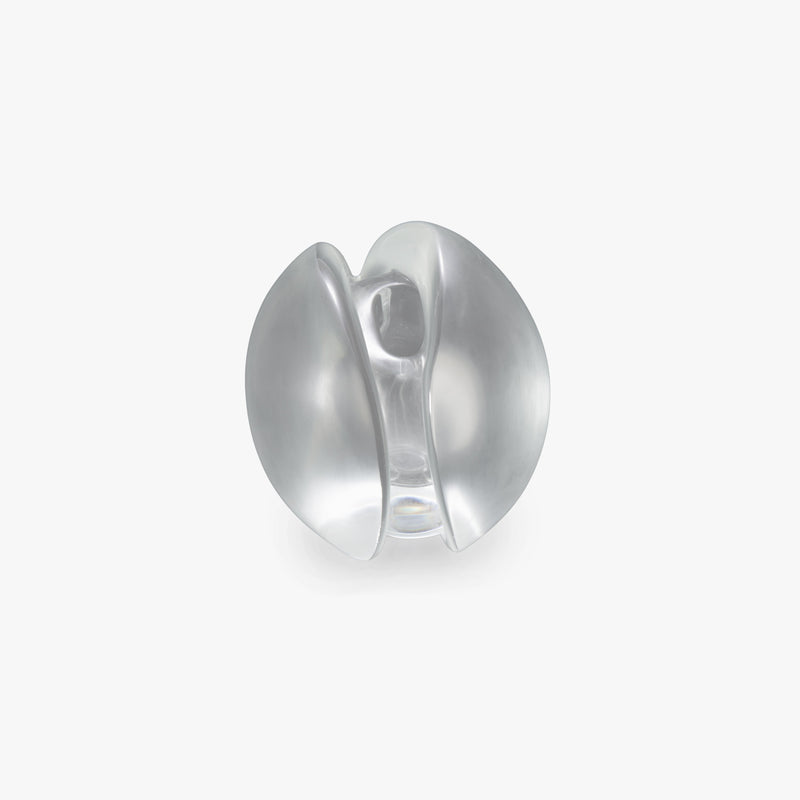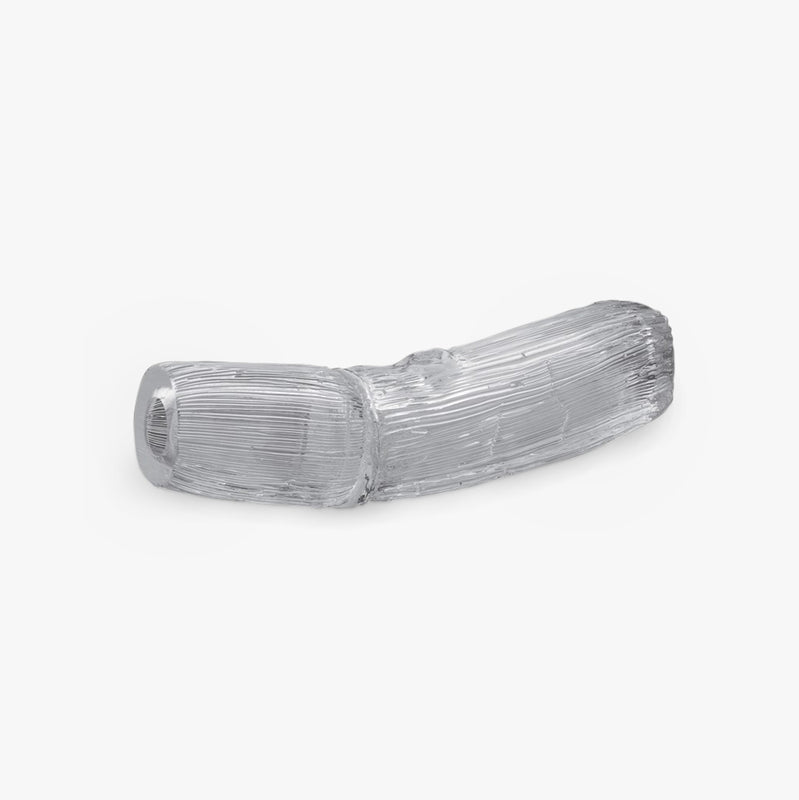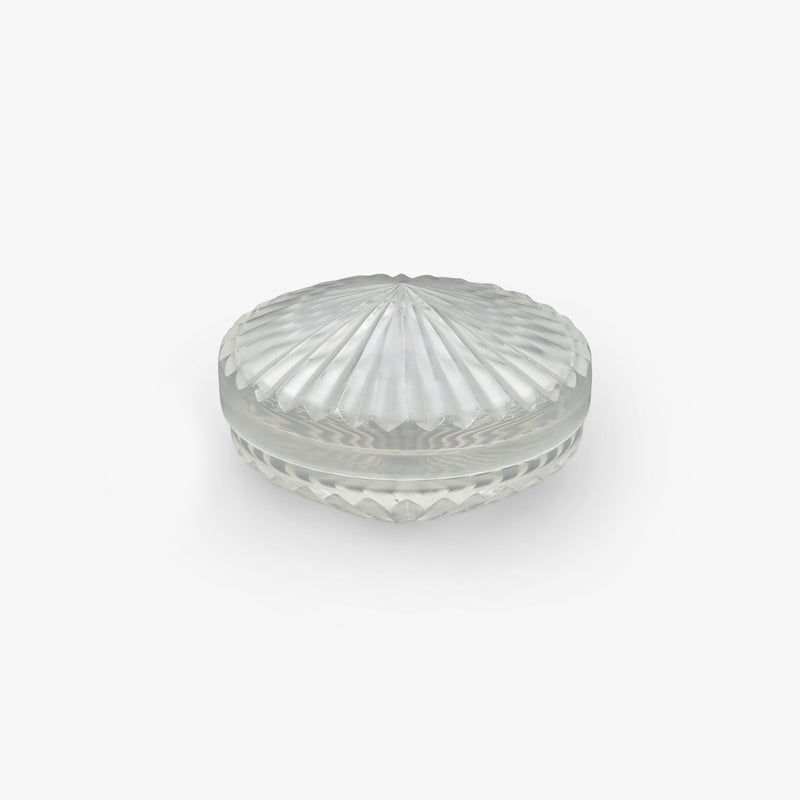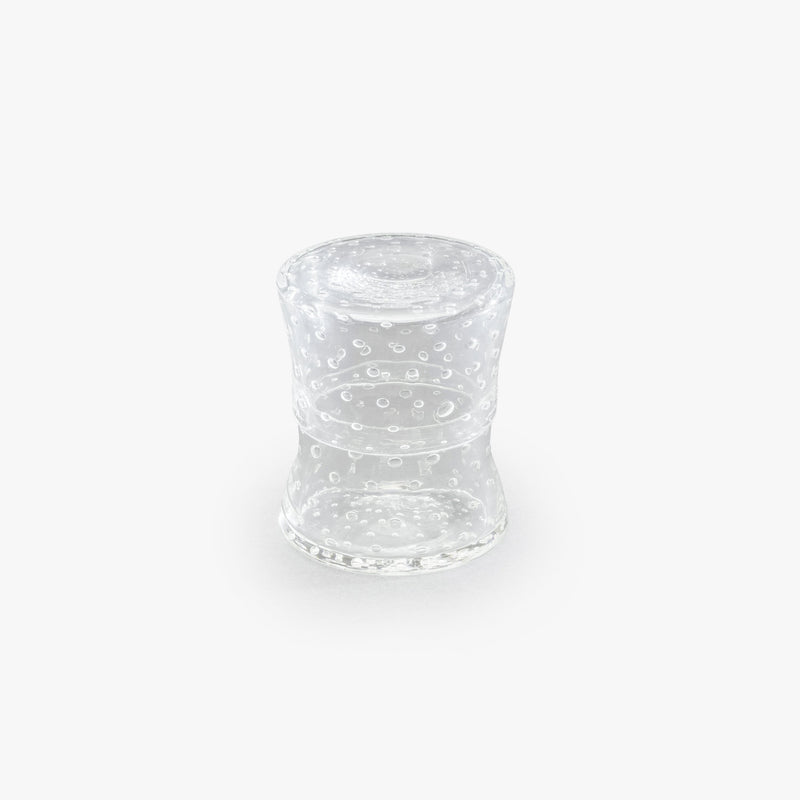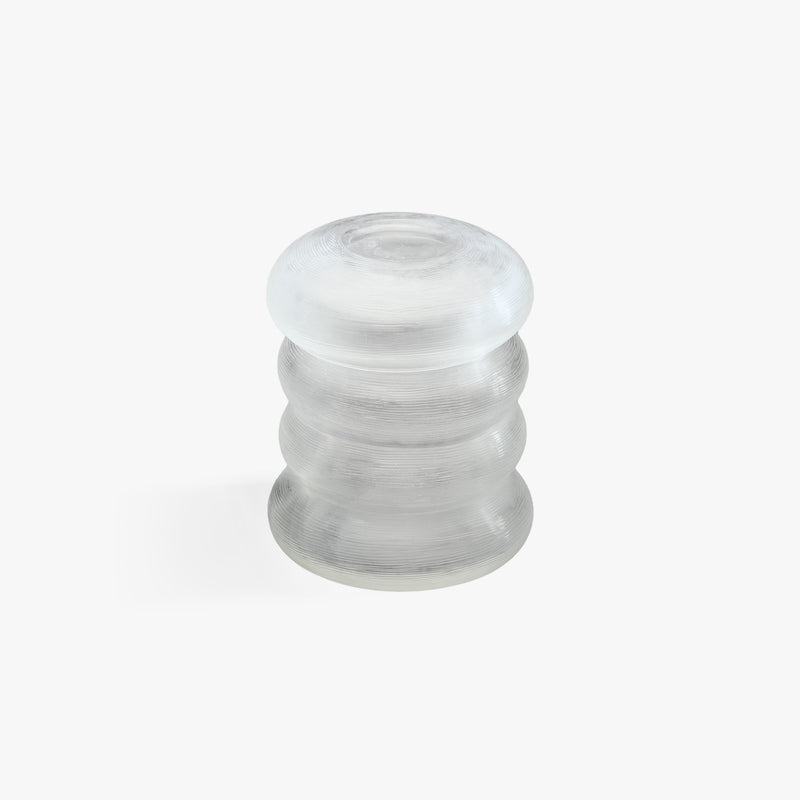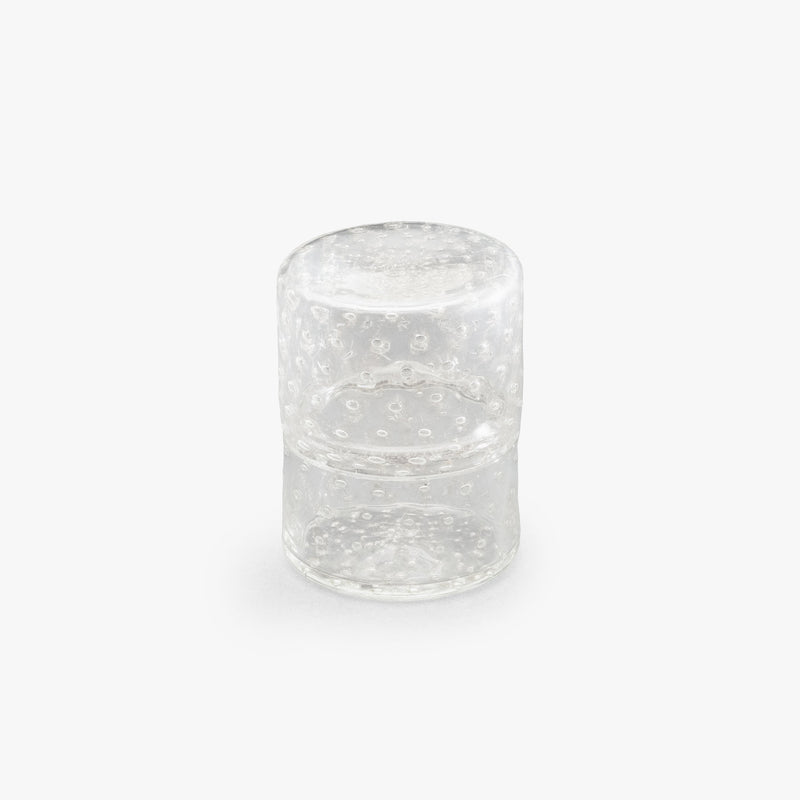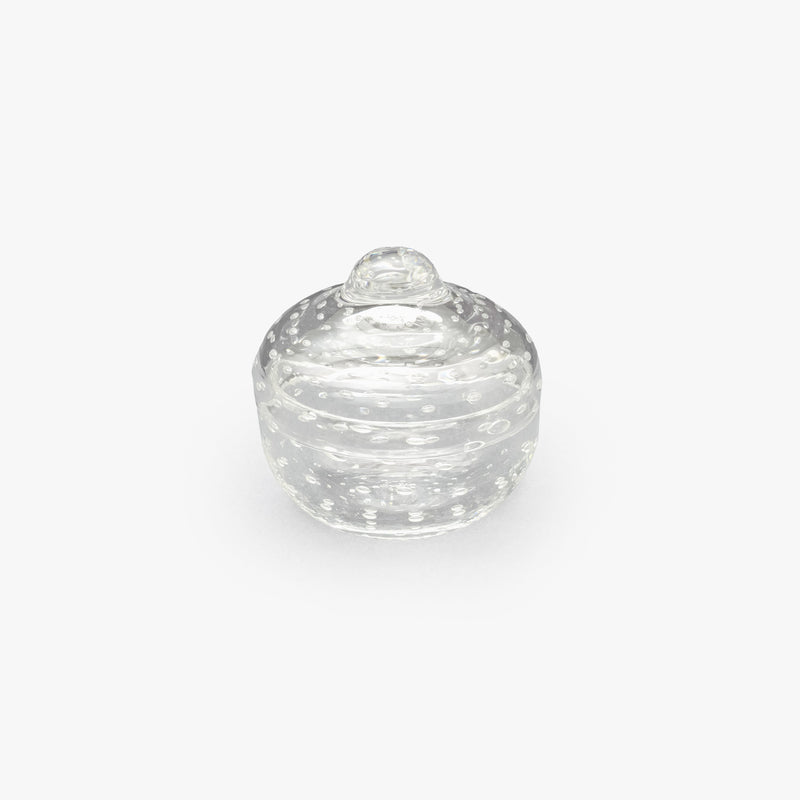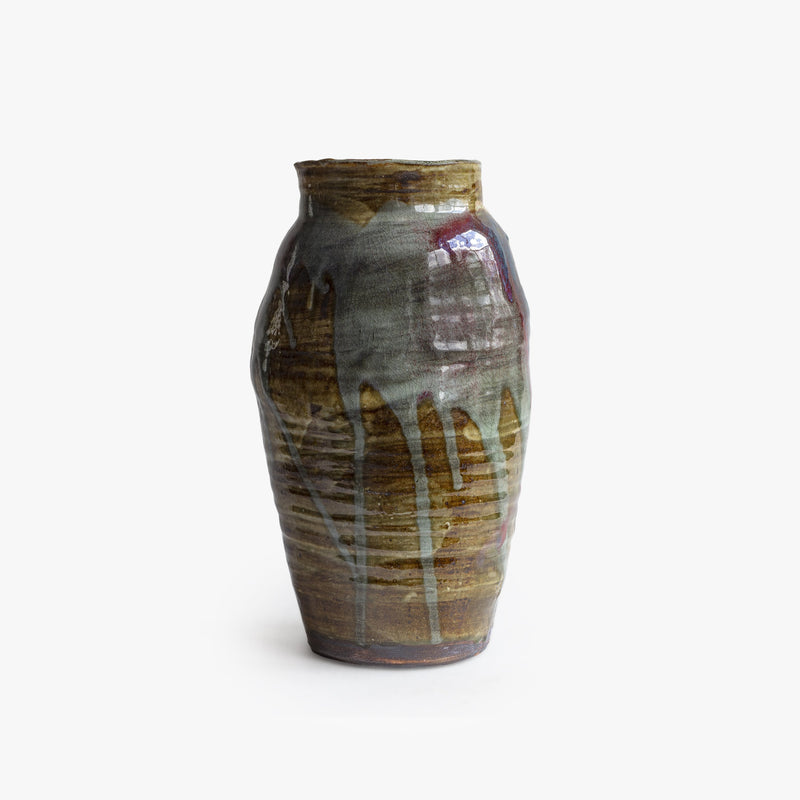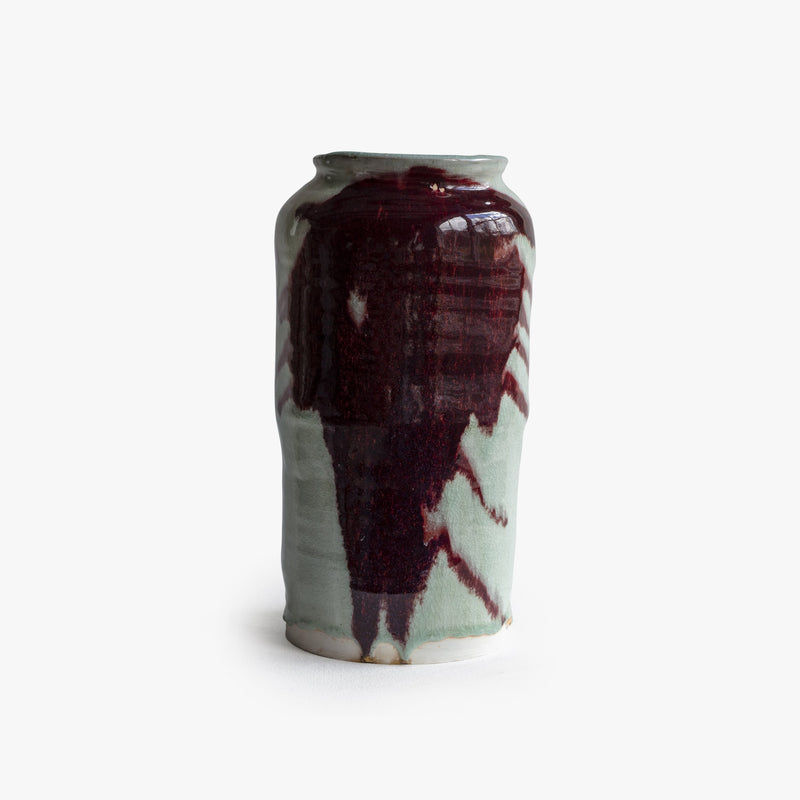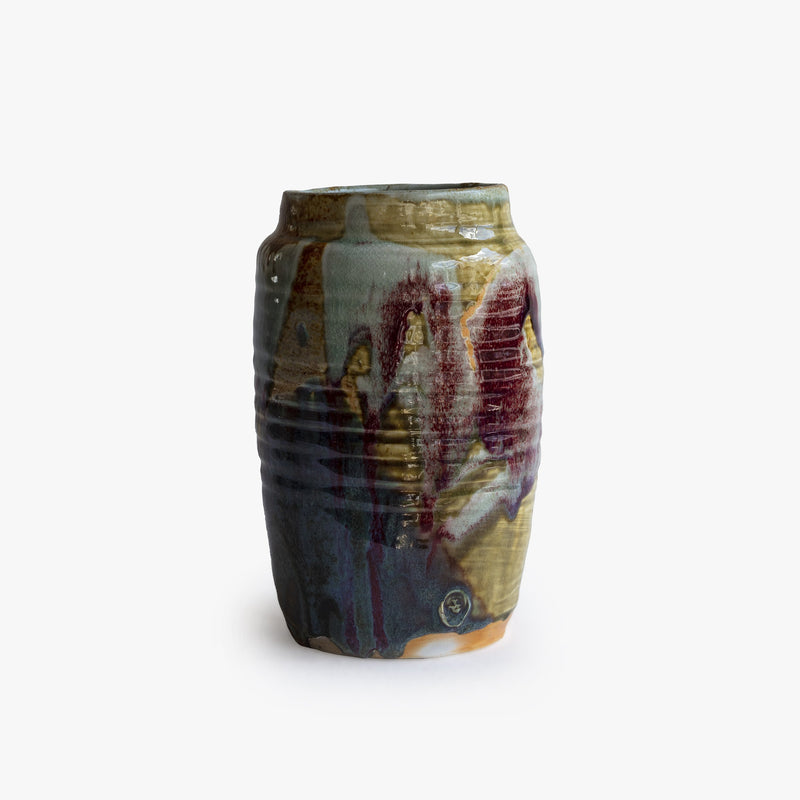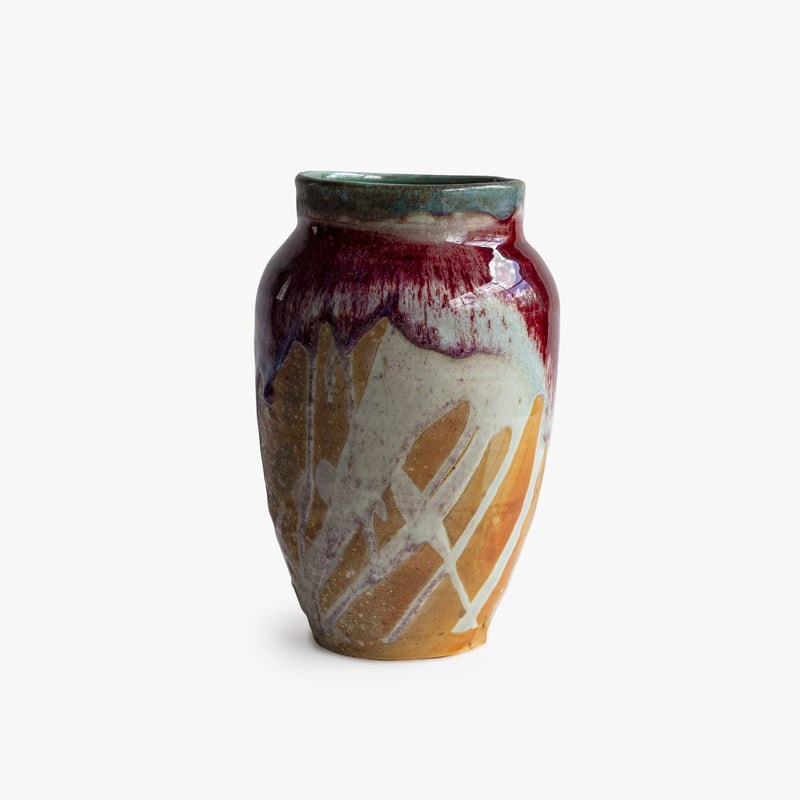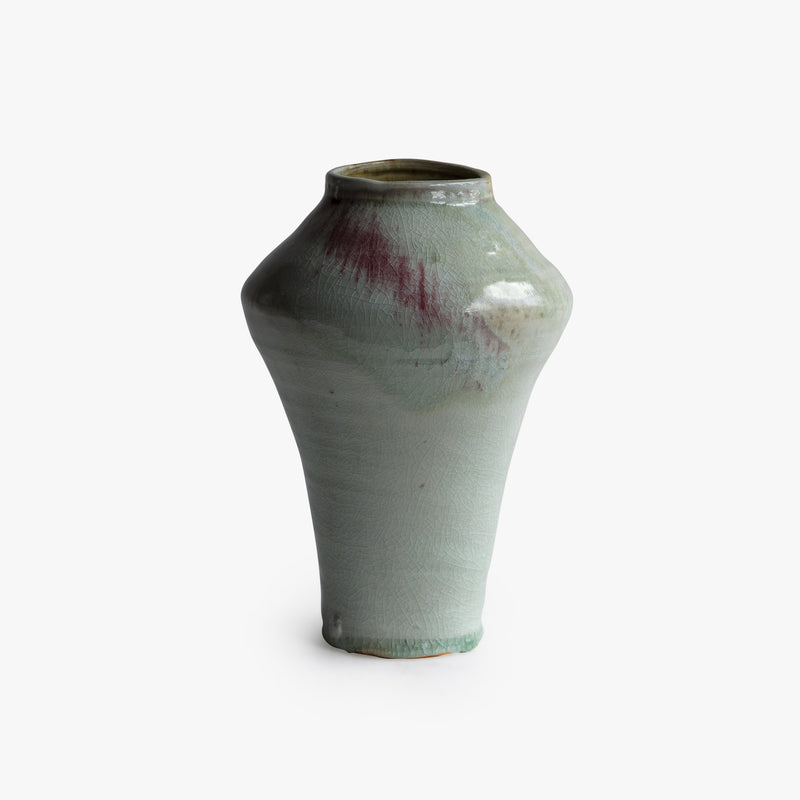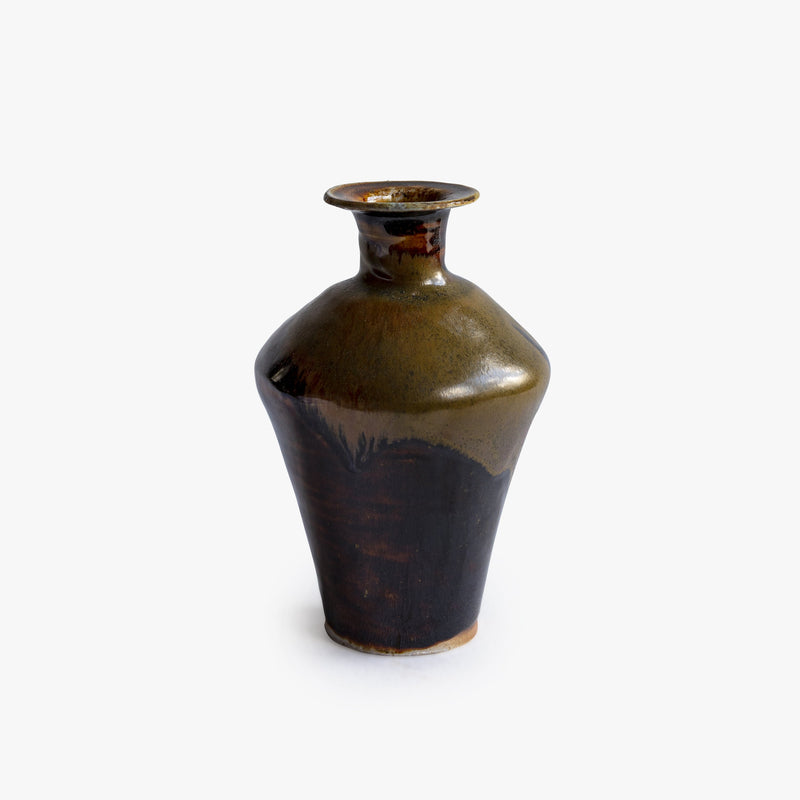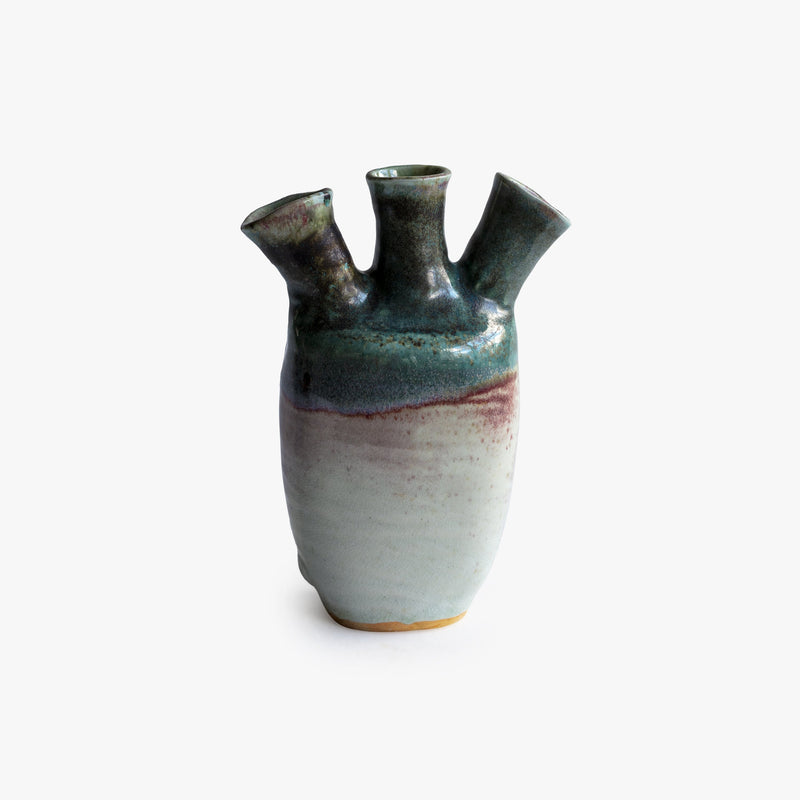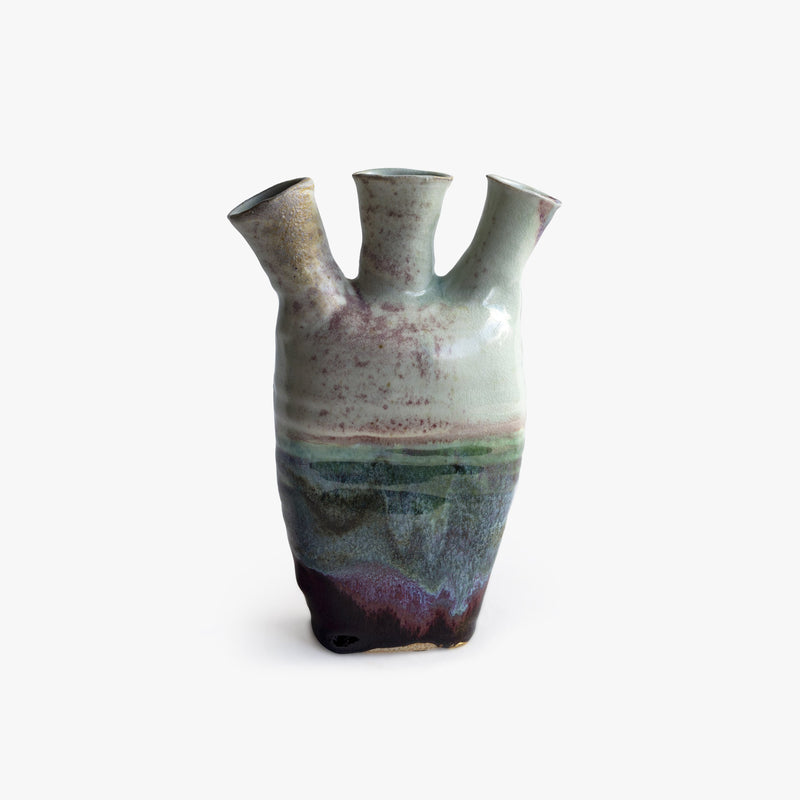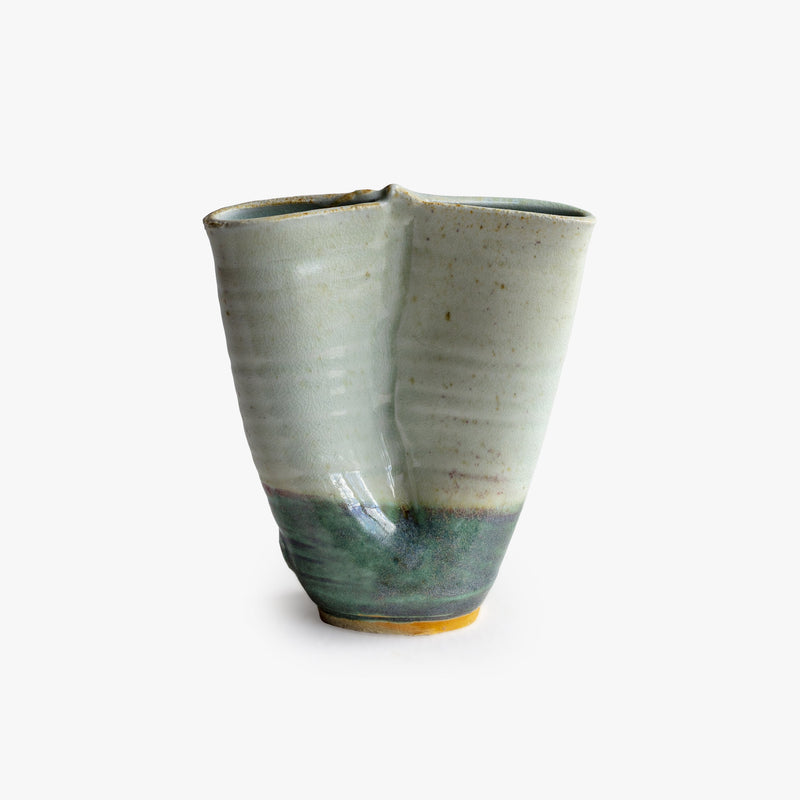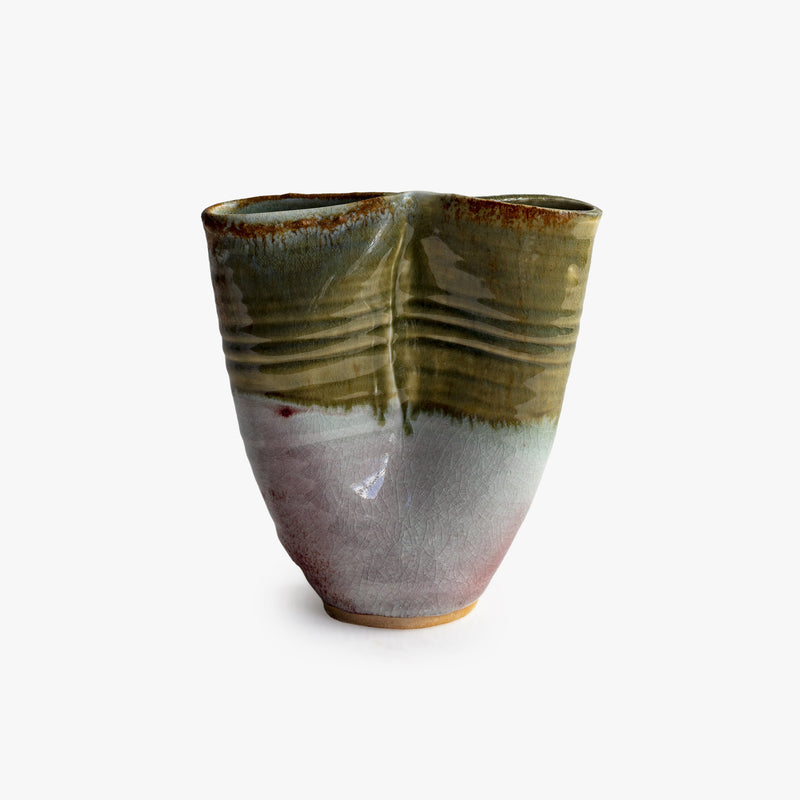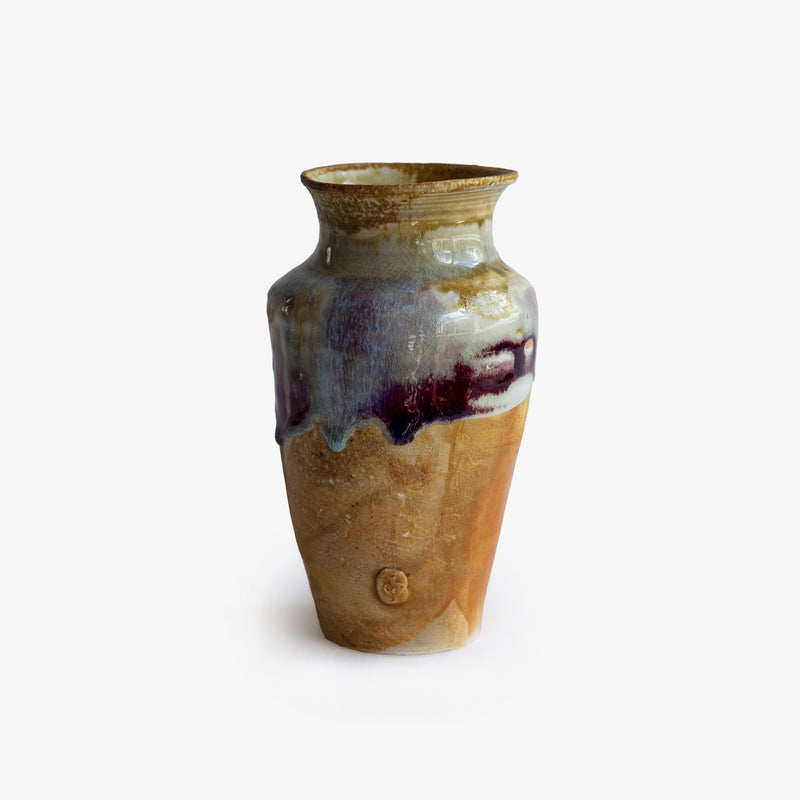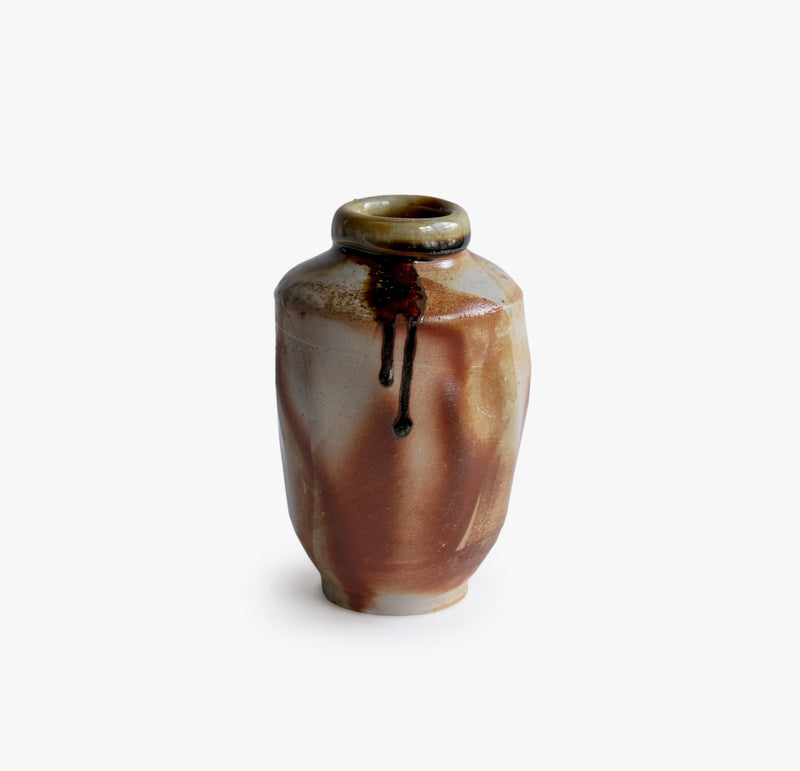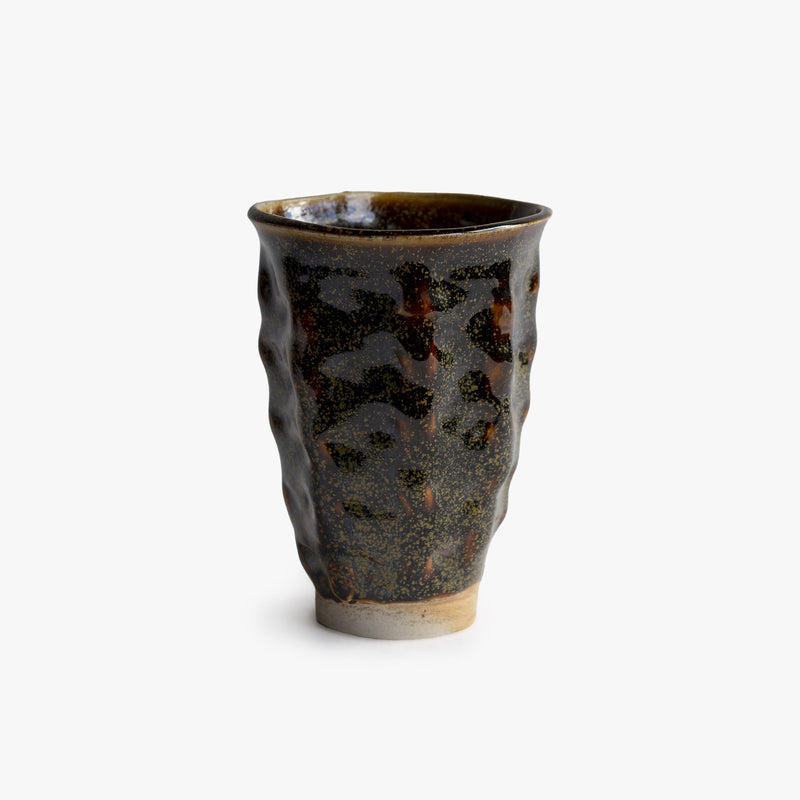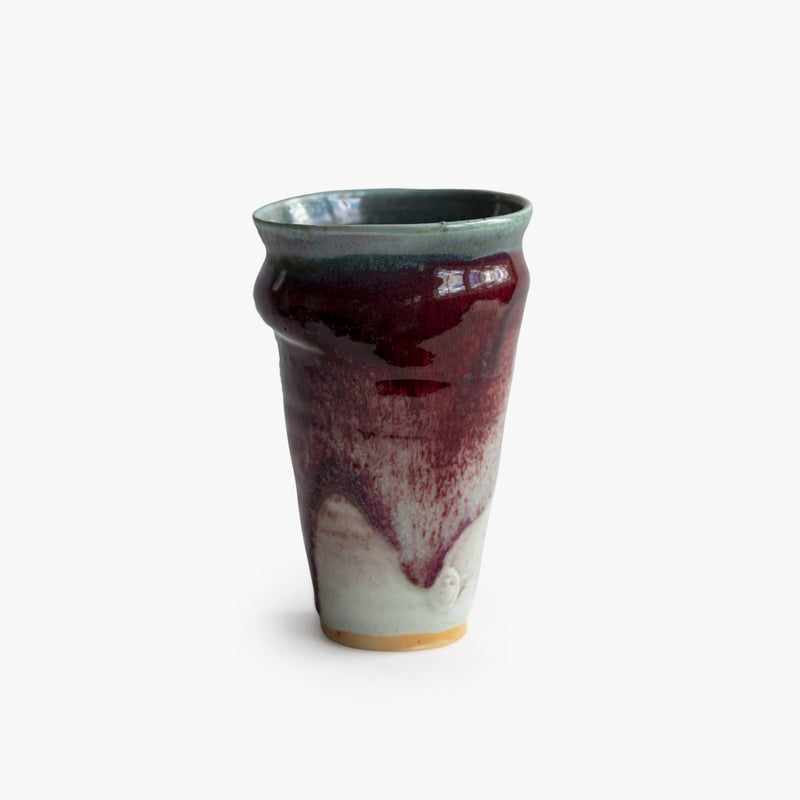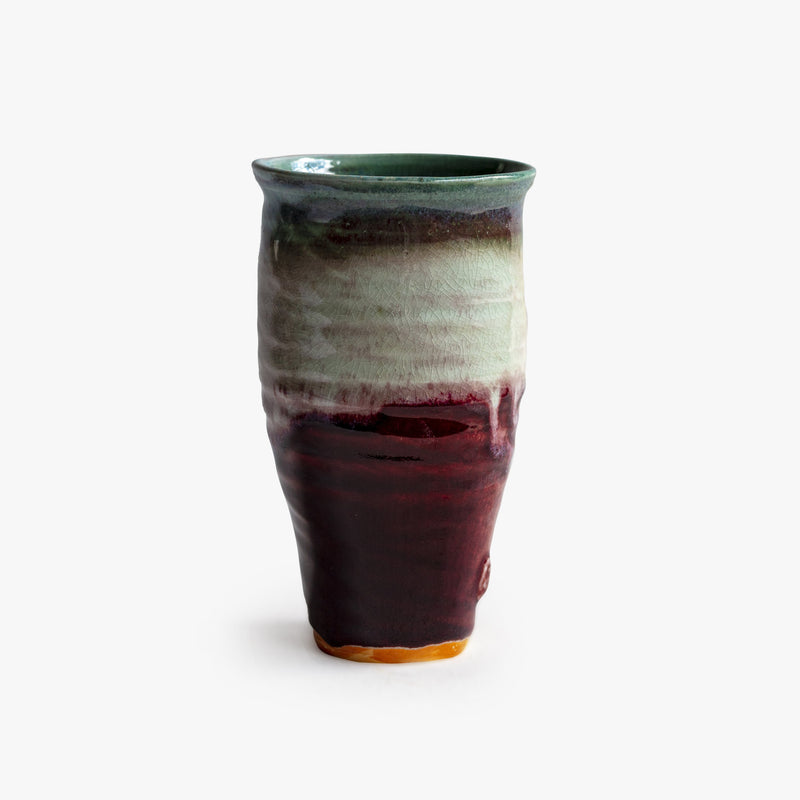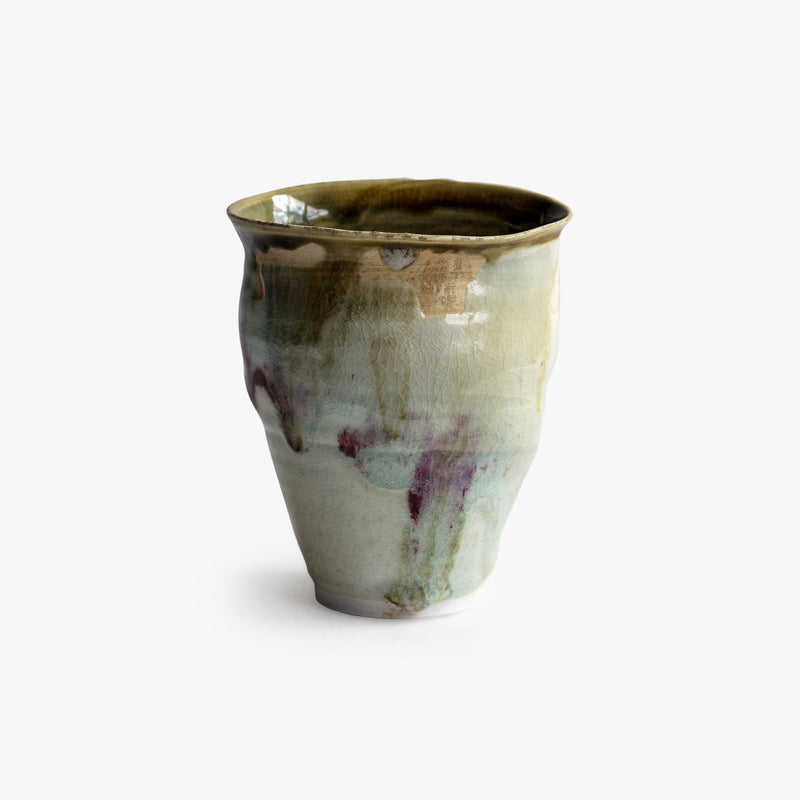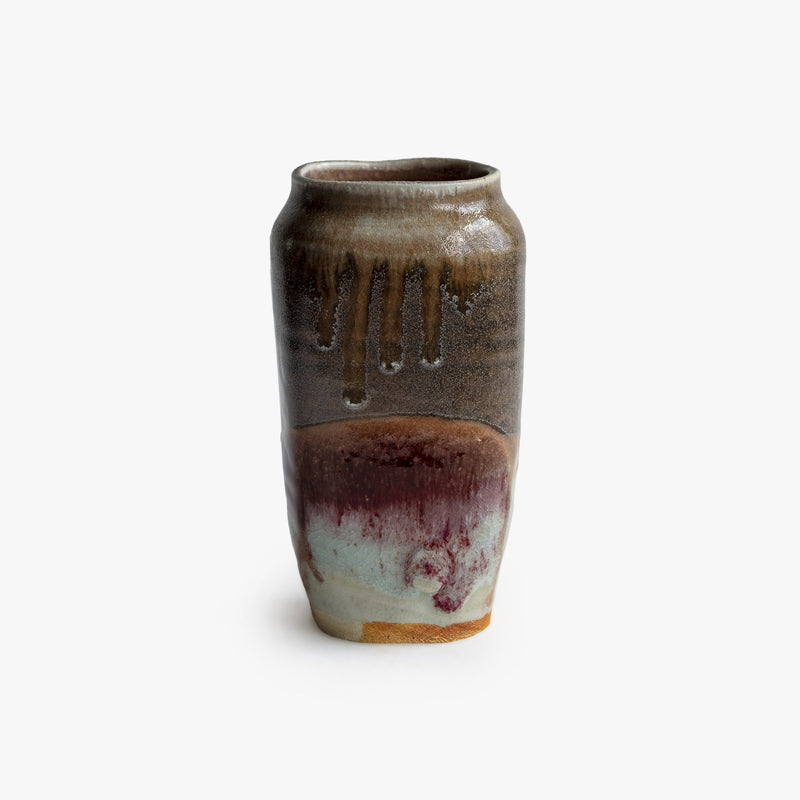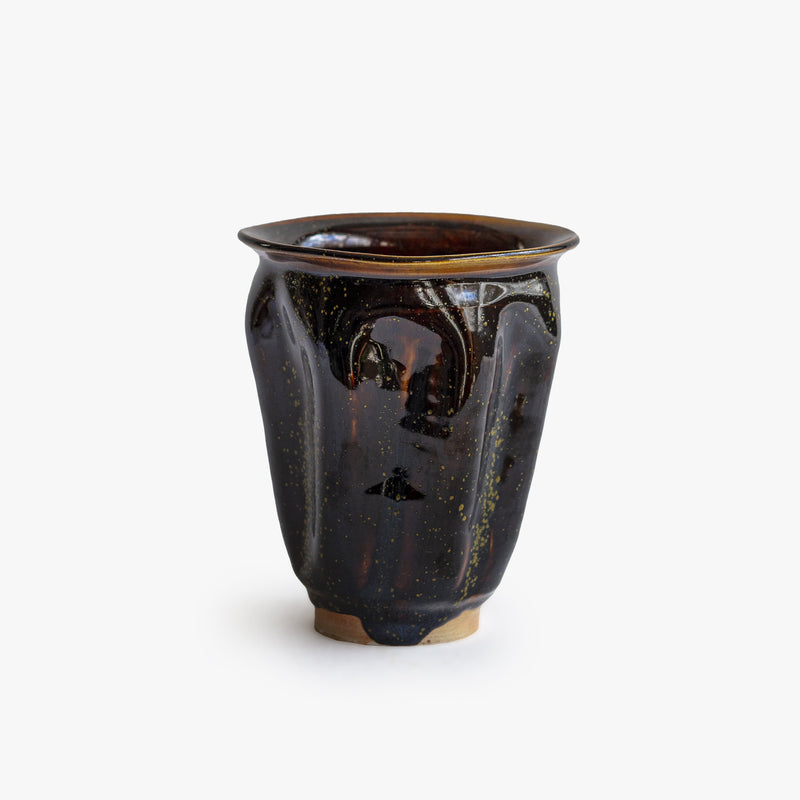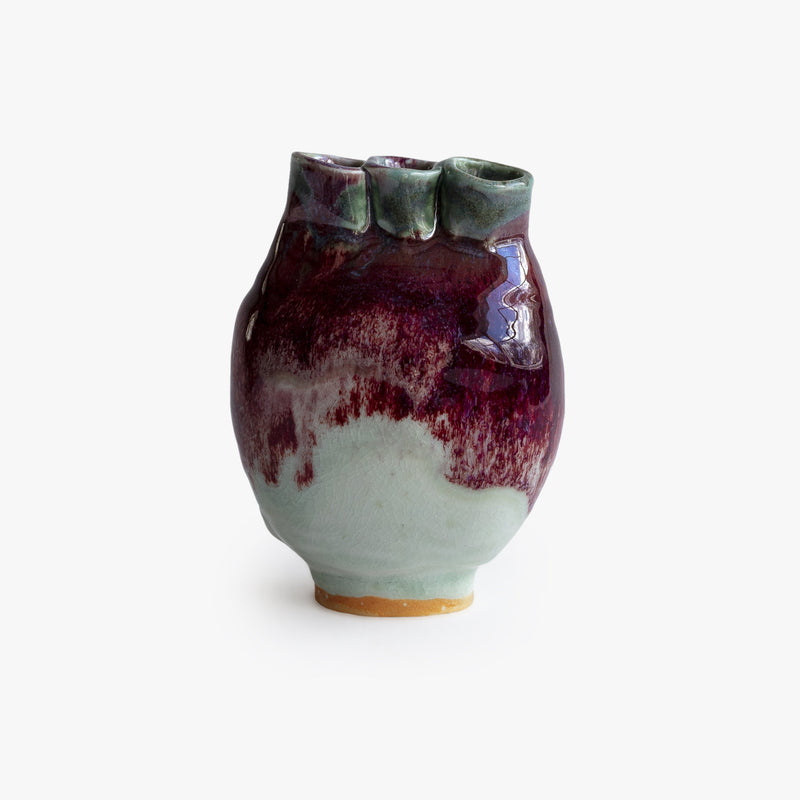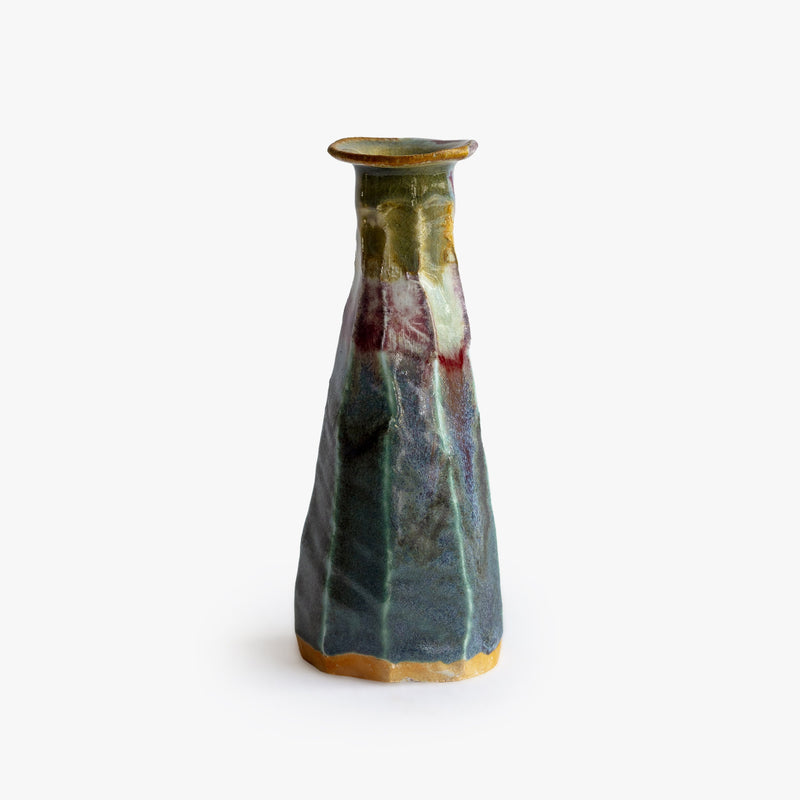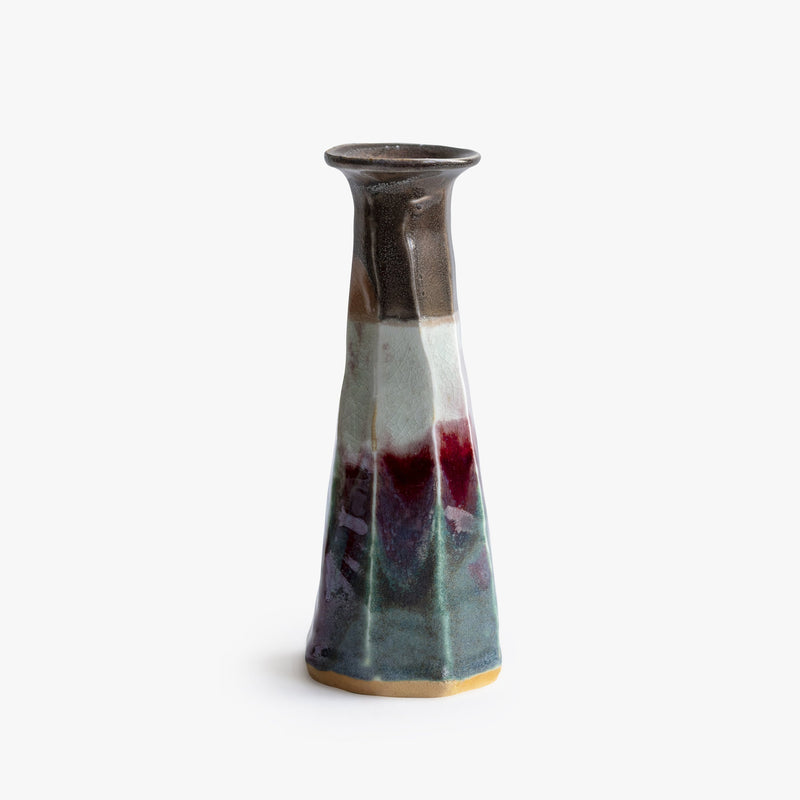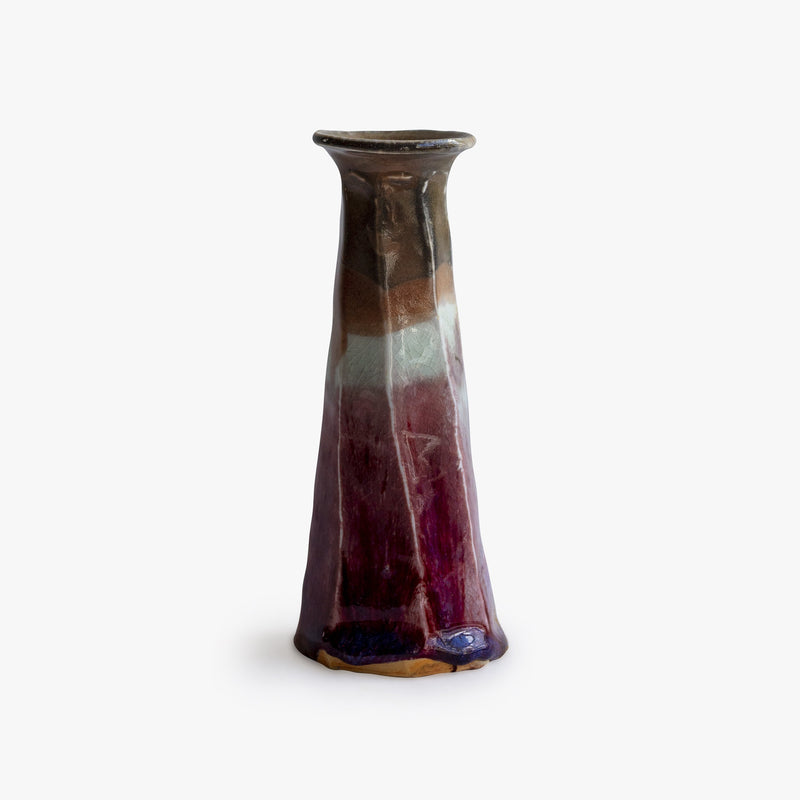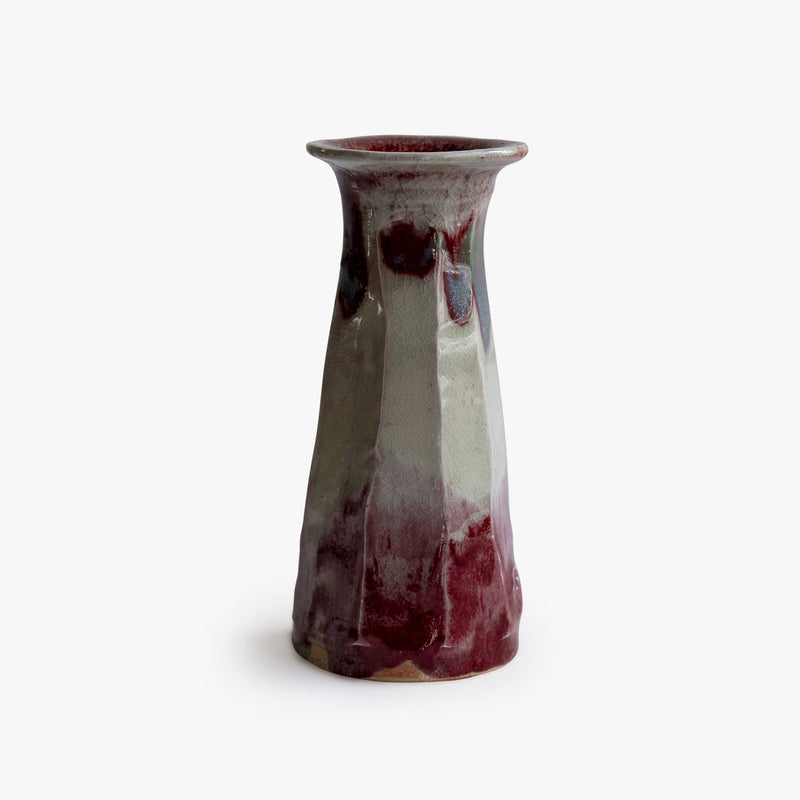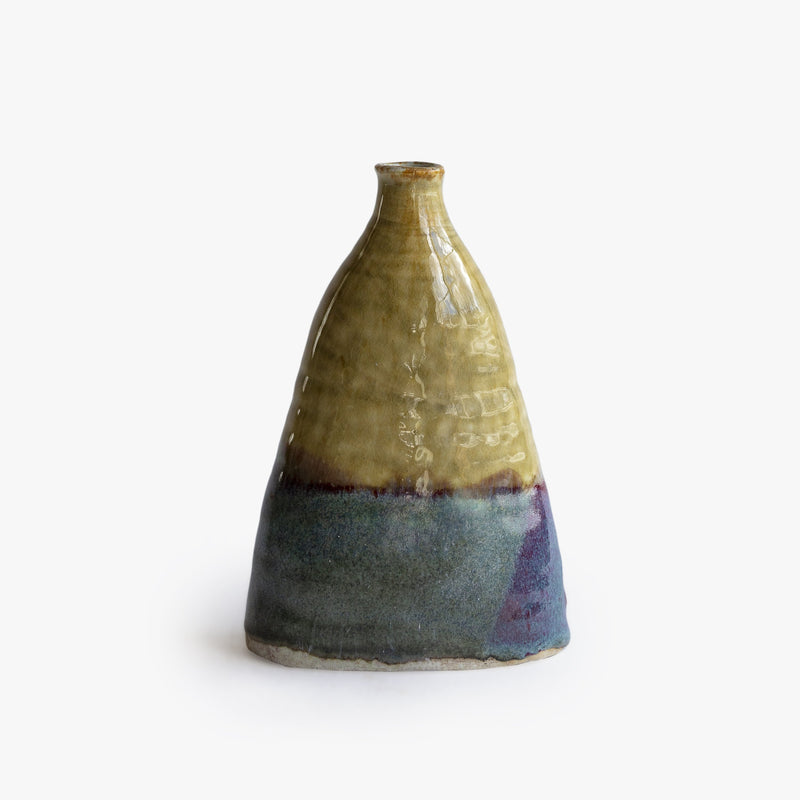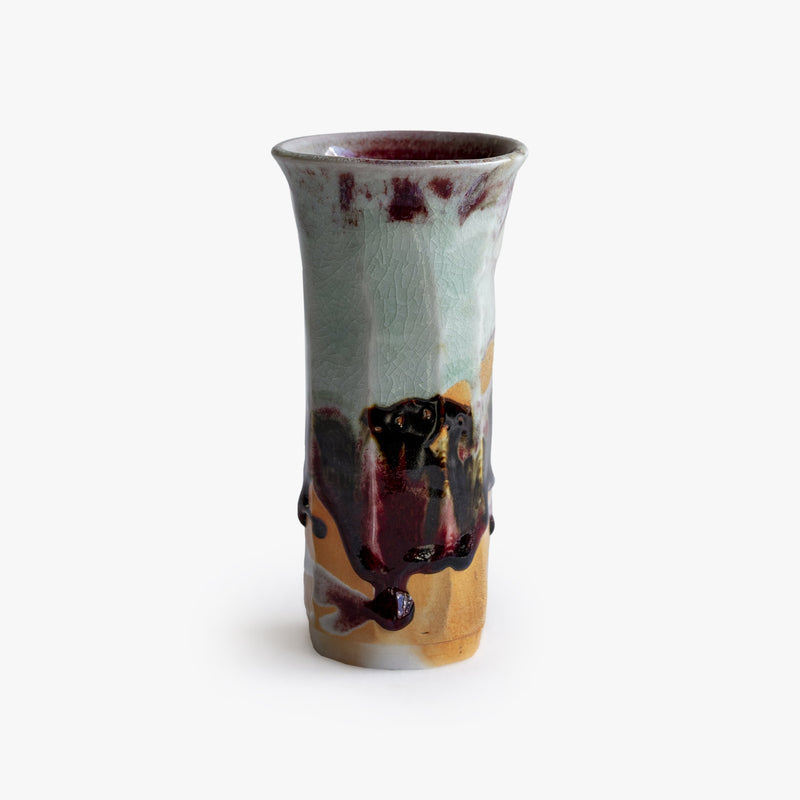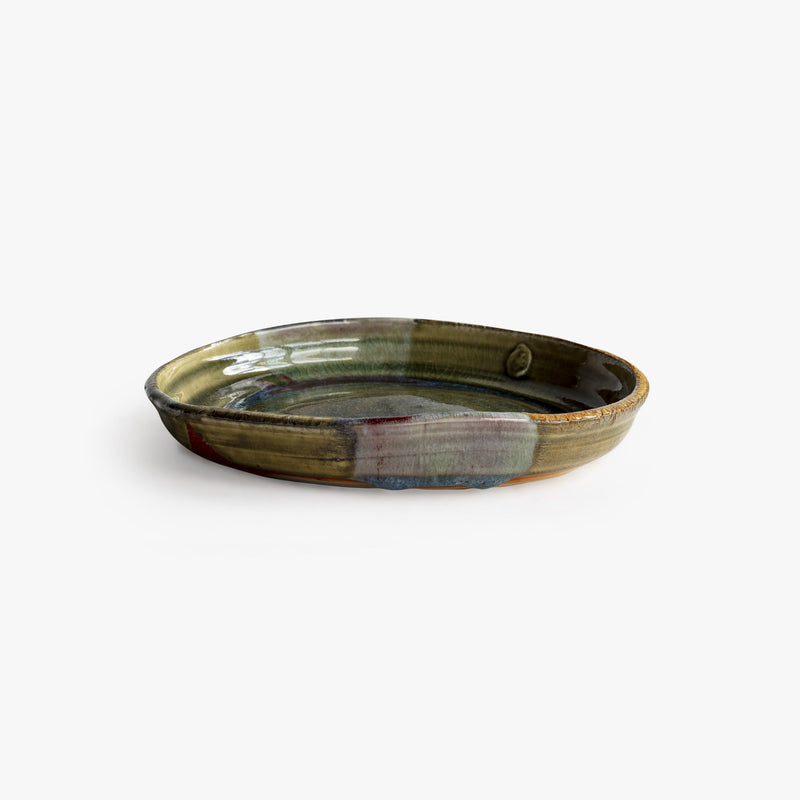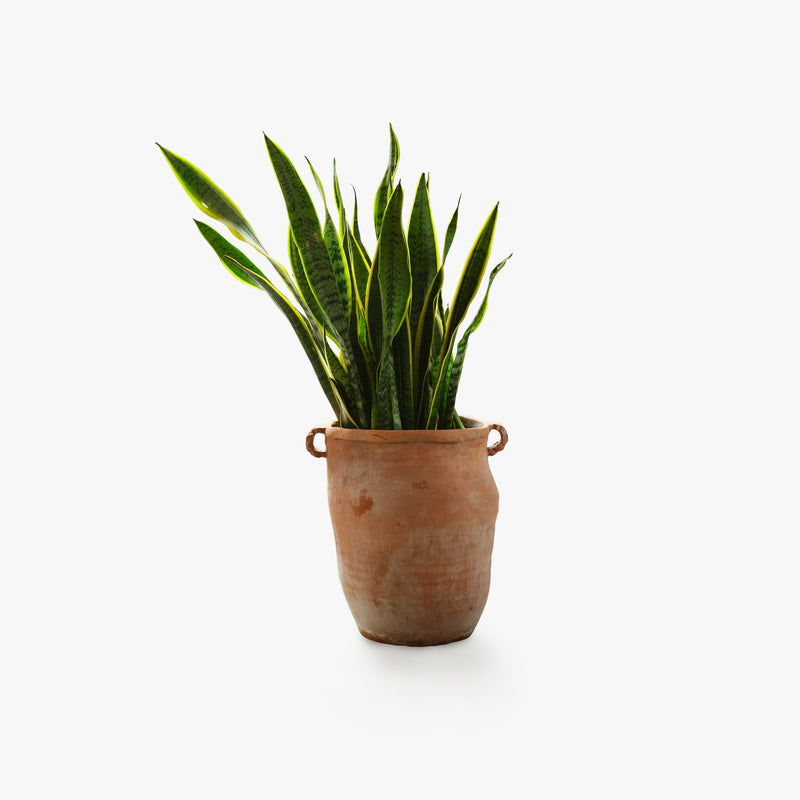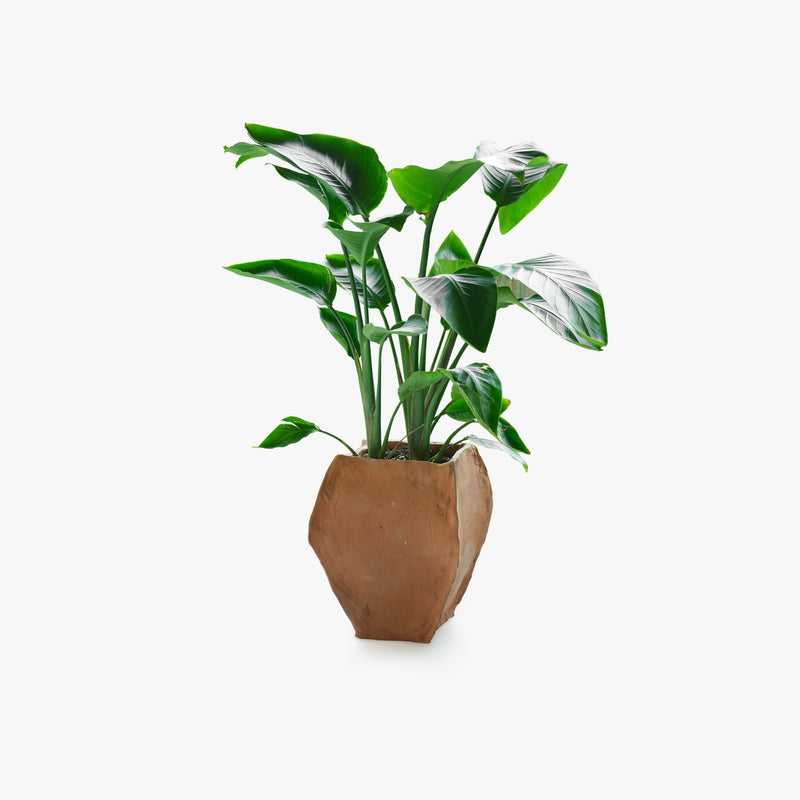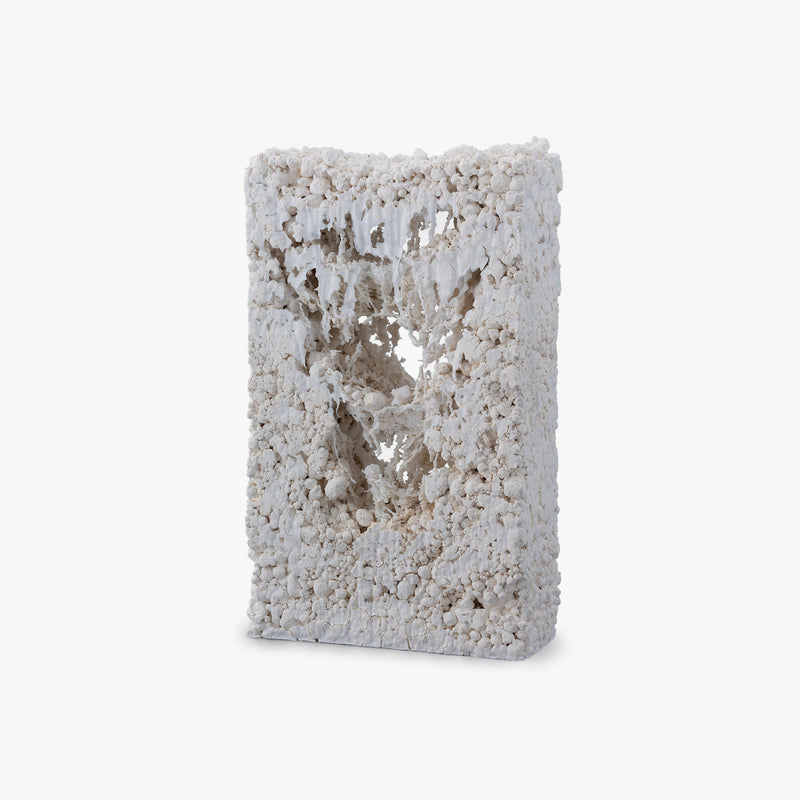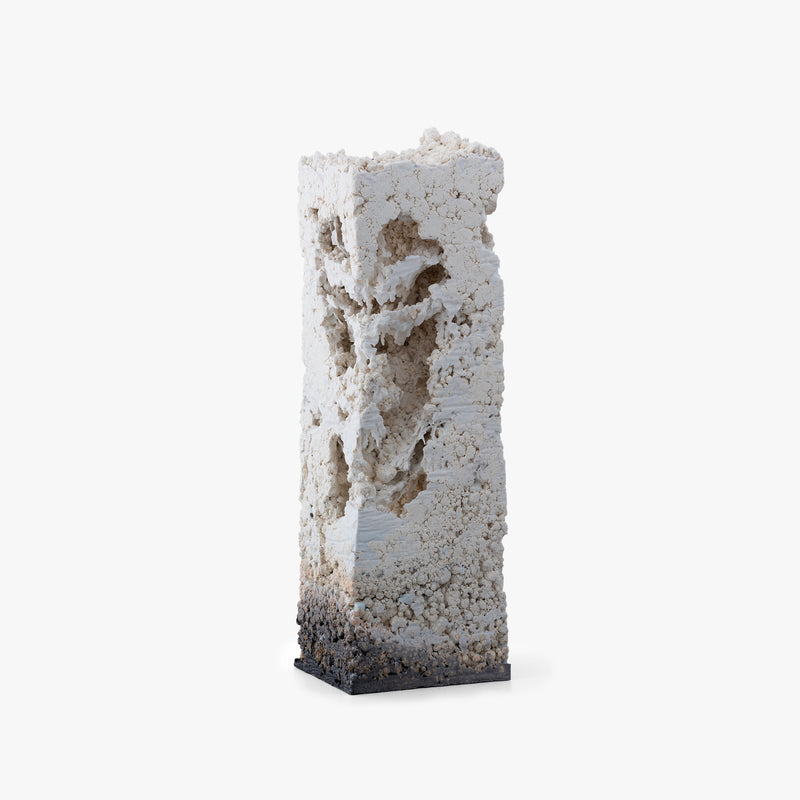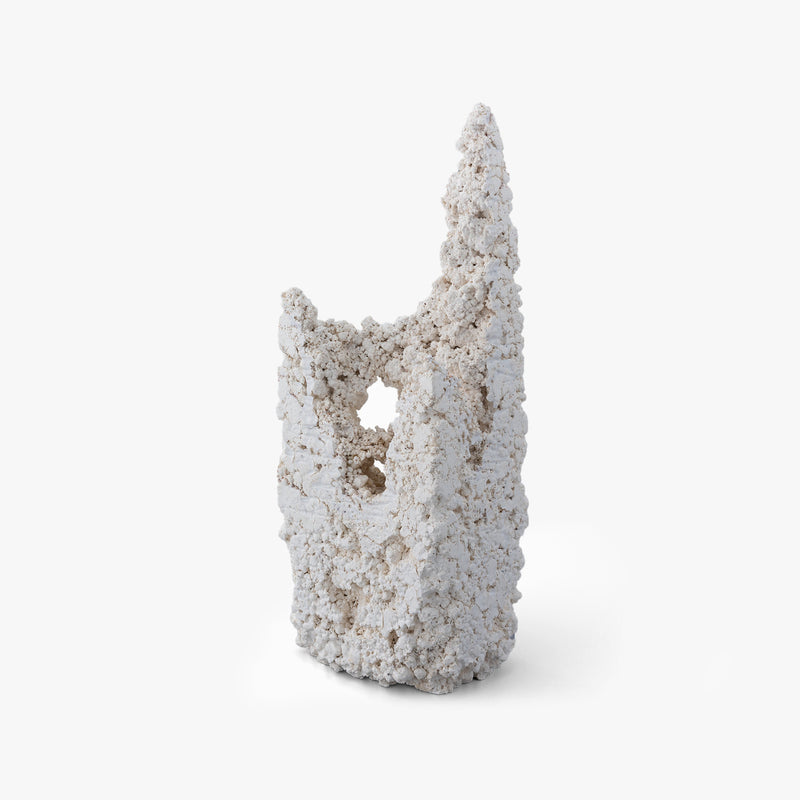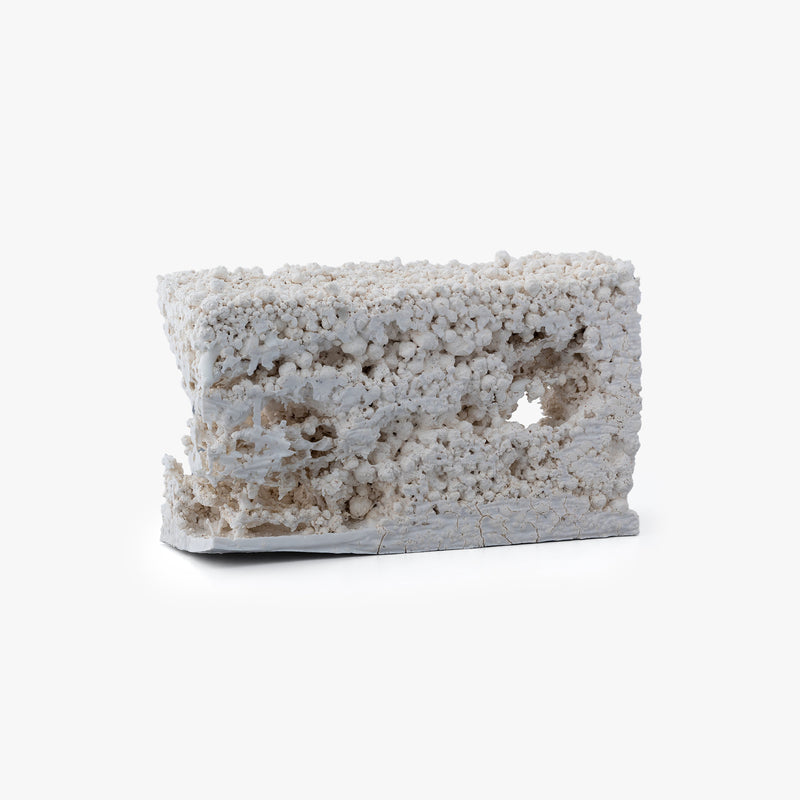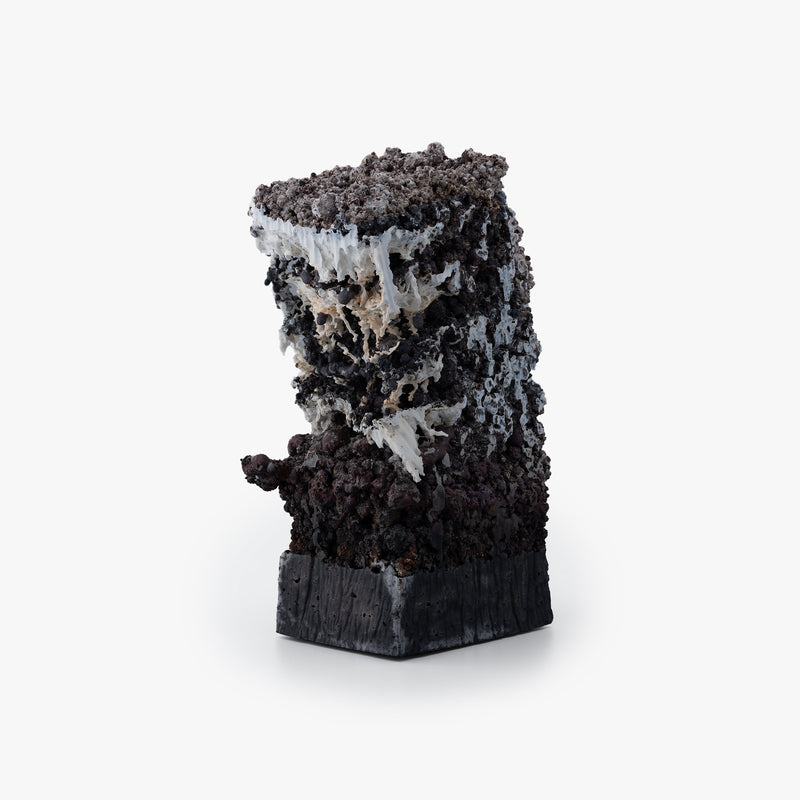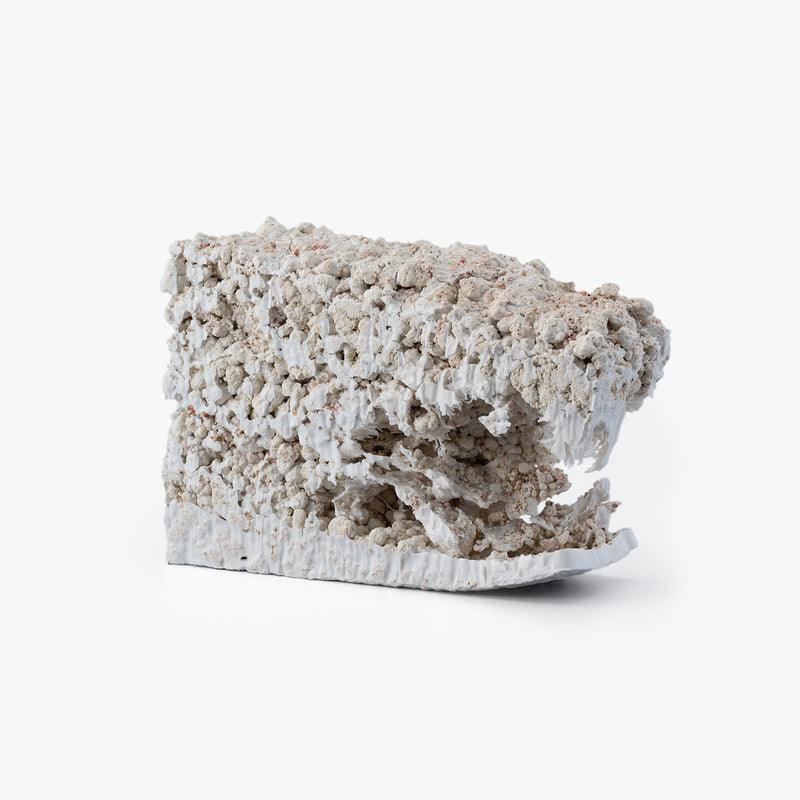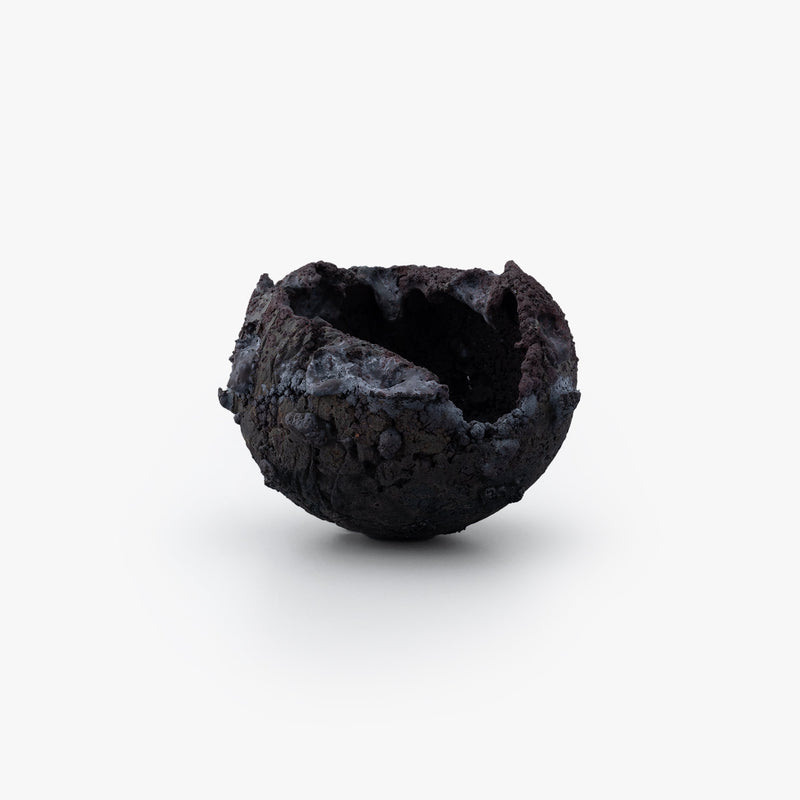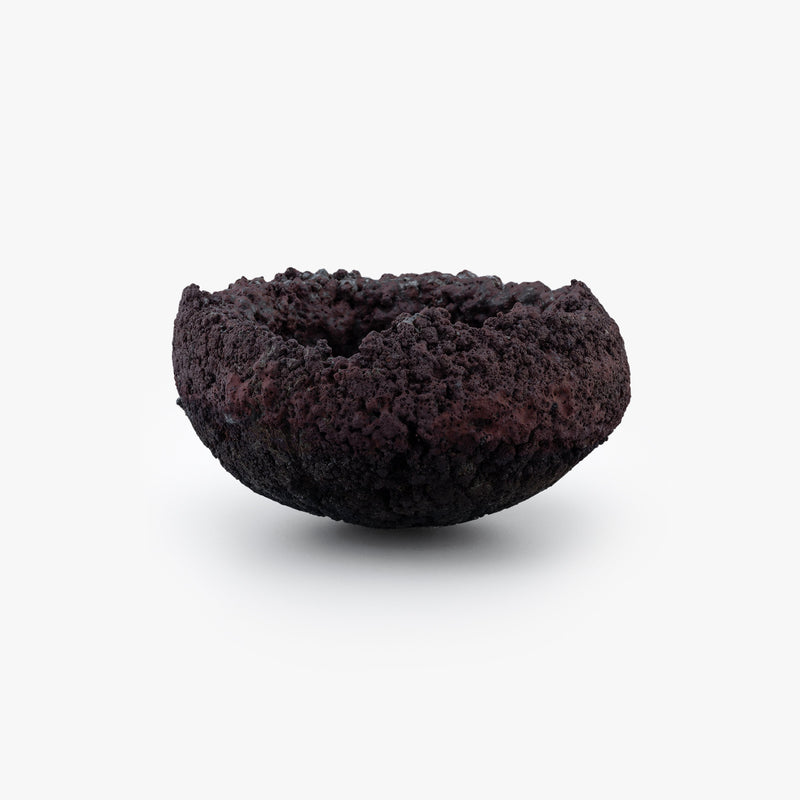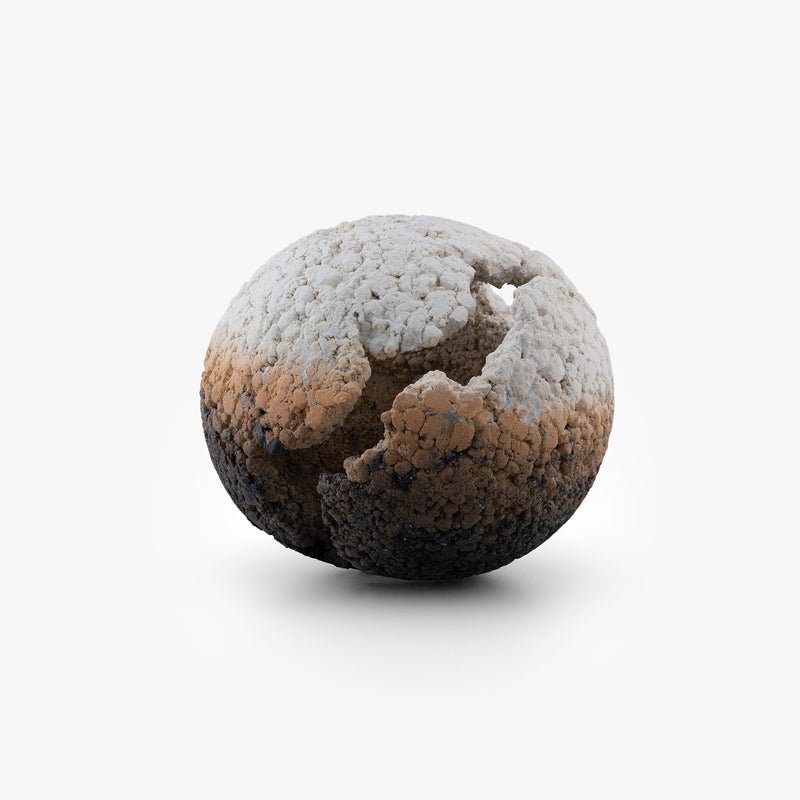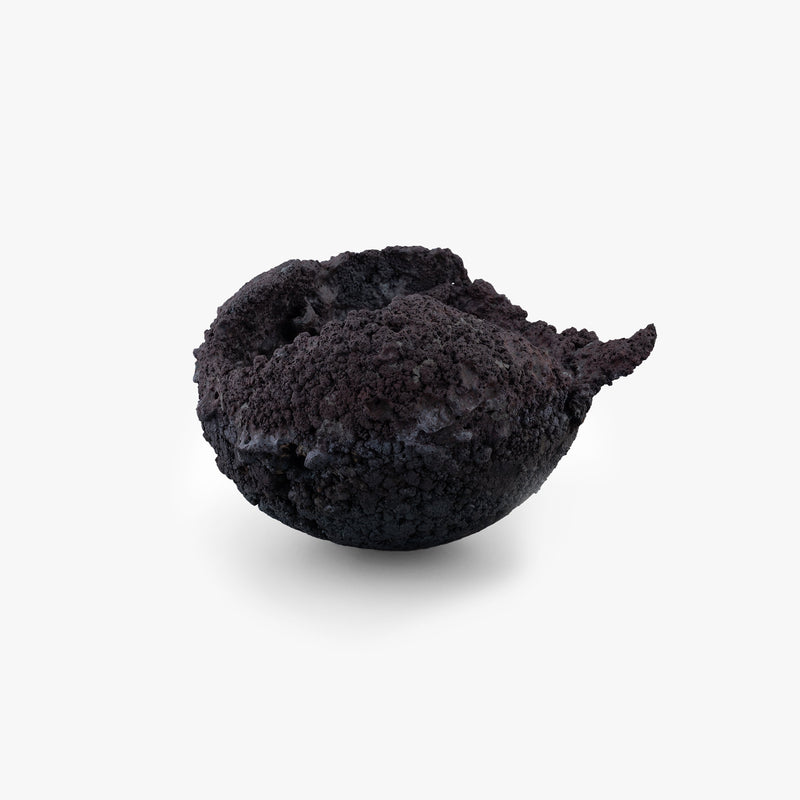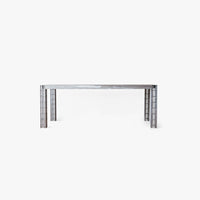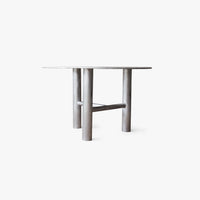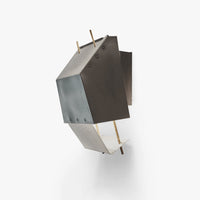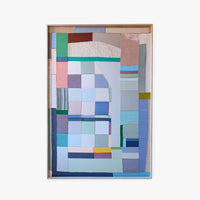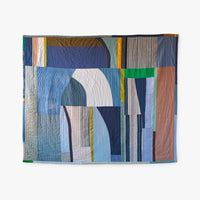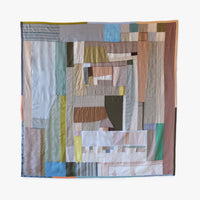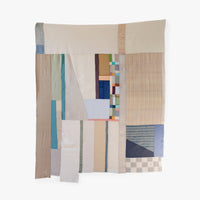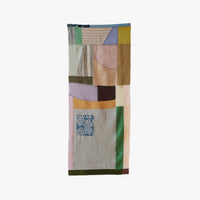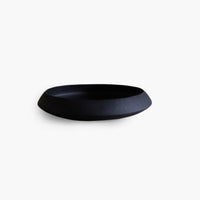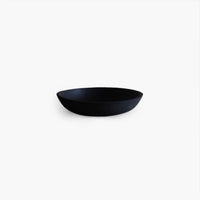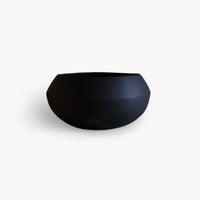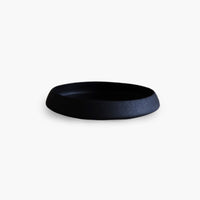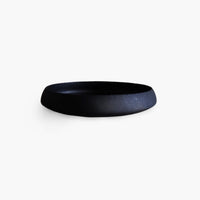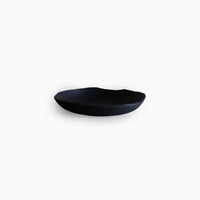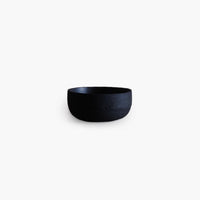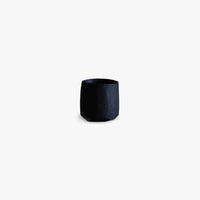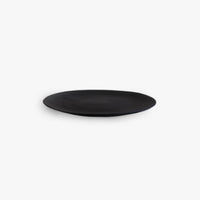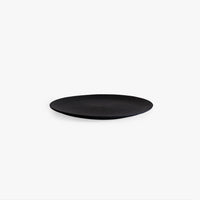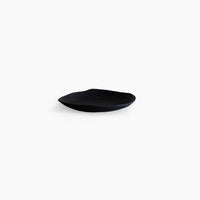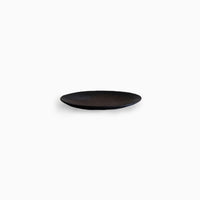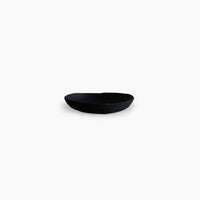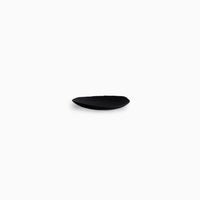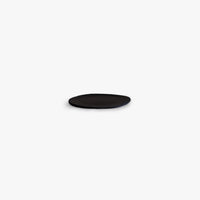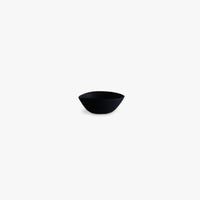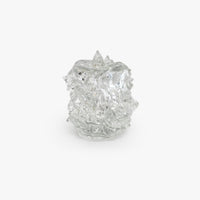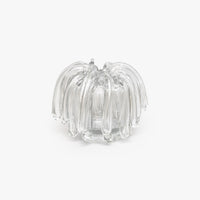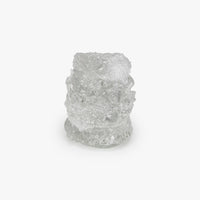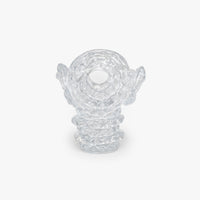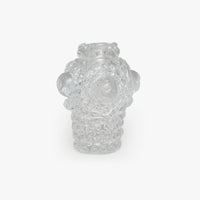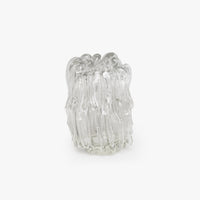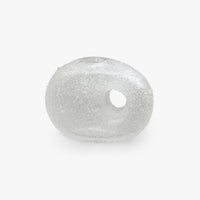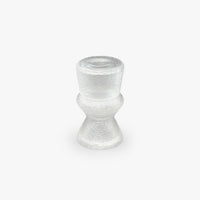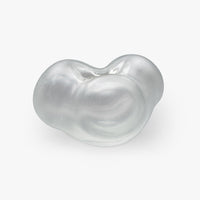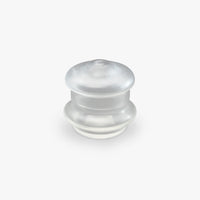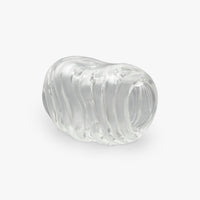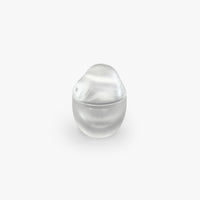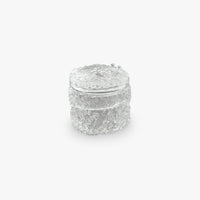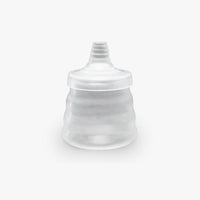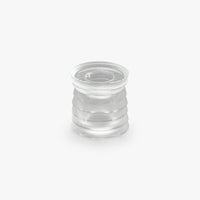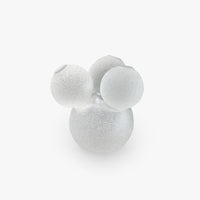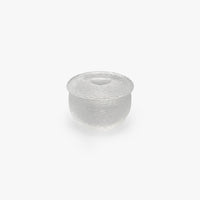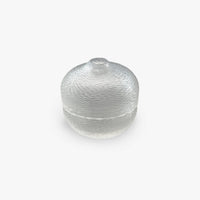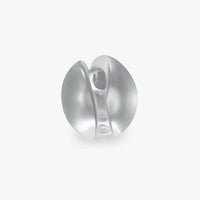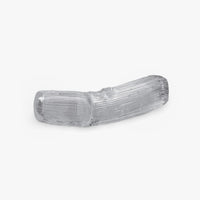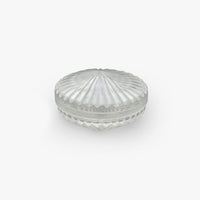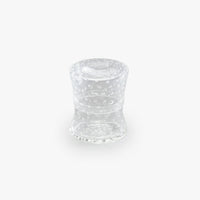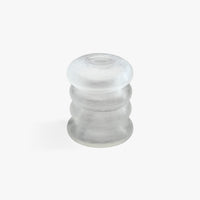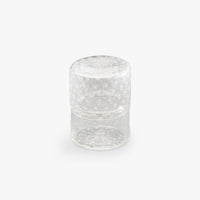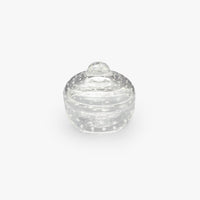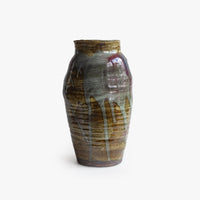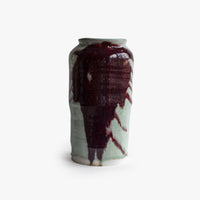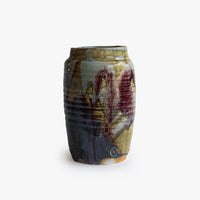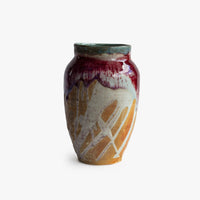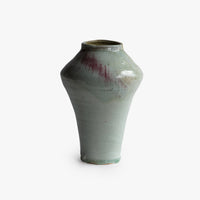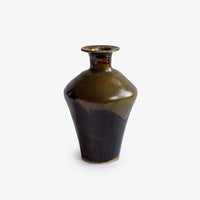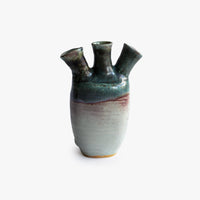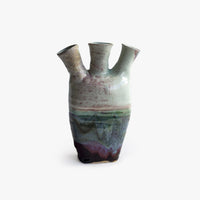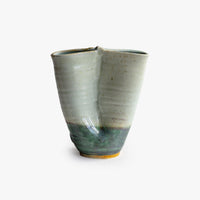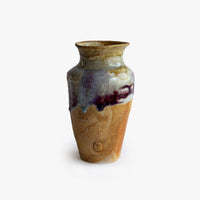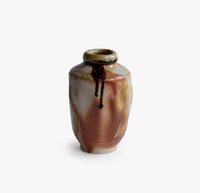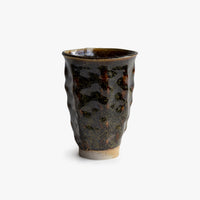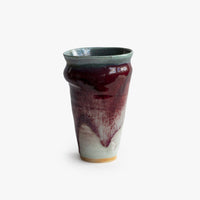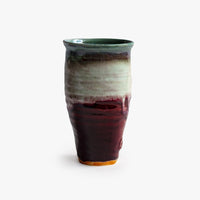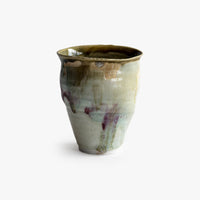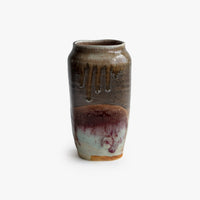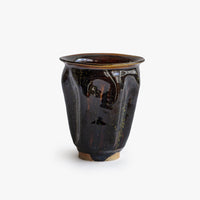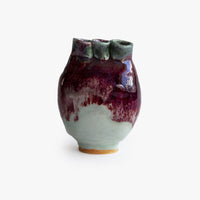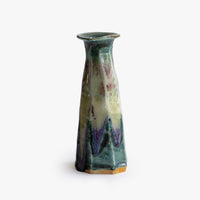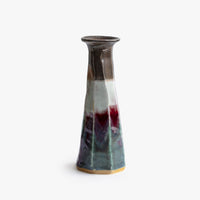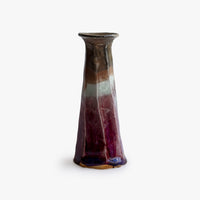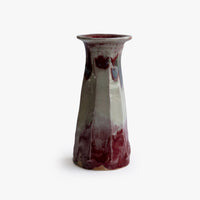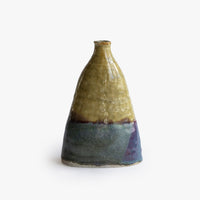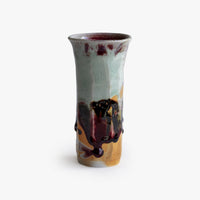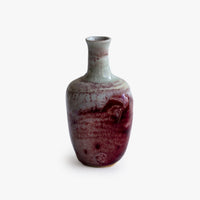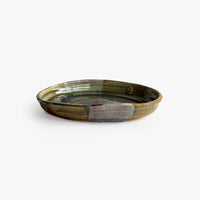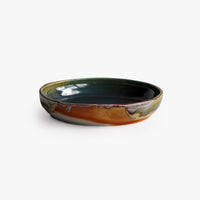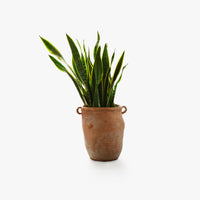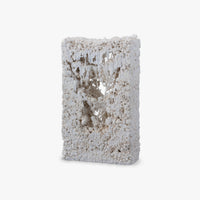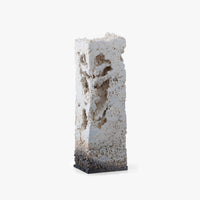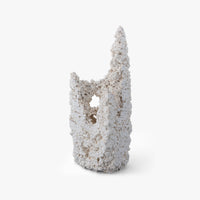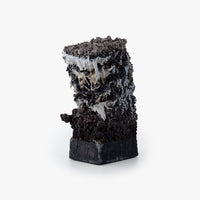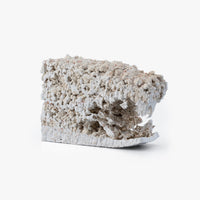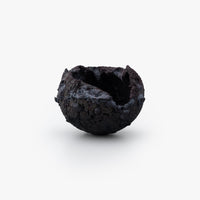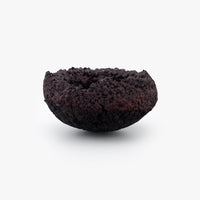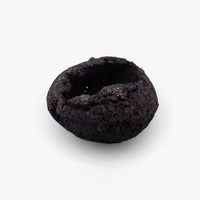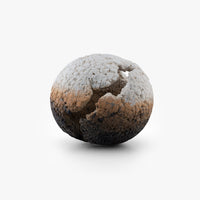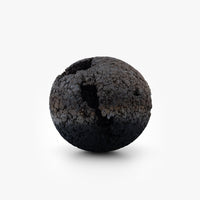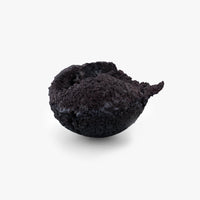Time, Life and Architecture
Sitting there, on a brilliant April morning, with Gerald Luss — on a luxuriant and expansive sofa he himself had designed, surrounded by artworks, with a breathtaking span of nature before us, visible through enormous steel-framed glass windows, hearing him talk about this surpassingly beautiful house which he had built to live in way back in the 1950s — a thought came to me. This is when everything made sense.
In all my experience as a design historian, I had never had that reaction to anyone or anything. Certainly not to modernism, which for someone of my generation feels like the baseline against which subsequent creativity has defined itself. It is the immovable canon. But for Luss — who was born in 1926 — it is quite different. For him, modernism was the great challenge, a brand-new experiment. To speak with him about form, space, detail and materials is to experience anew the unprecedented thrill of total clarity. Inarguable rightness. Actual perfection, here on earth.
Luss embraced that vision early in life, and has never wavered. When he was just a boy, growing up in what he describes as the thoroughly mediocre town of Gloversville, New York, he encountered the word architect. He thought immediately, “that’s what I want to be.”1 And so he did, studying at Rensselaer Polytechnic Institute and Pratt Institute immediately after the war. Upon graduating in 1948, he took up work at the firm Designs for Business, Inc., founded two years prior, which specialized in commercial interiors. His talent must have been abundantly obvious, for despite his youth, he was quickly appointed the firm’s chief designer.
Press consistently referred to him as the wunderkind of modern architecture in America. If Luss did not become a household name like his contemporaries Ray and Charles Eames or Eero Saarinen, that is partly due to his personal modesty — “an architect should build for the client, not for himself,” he says — but also because his chosen specialism was quite literally behind the scenes, and also temporary: the commercial offices he designed in the 1950s and 1960s no longer exist today. Yet it’s hard to believe that anyone in America designed more modern interiors than he did. The commissions that he completed for companies like Olin Mathieson and Owens-Corning measured in the hundreds of thousands of square feet, typically across multiple floors of a high-rise.2
The best known of these projects today is his work for the Time-Life Building in 1959. This sleek skyscraper, designed by Wallace Harrison under the immediate influence of Mies van der Rohe’s nearby Seagram Building, was the perfect setting for Luss’s inventive approach to interiors. In what he described as his Plenum system, all available space was conceived in a modular fashion, with each module incorporating the support elements of electricity, illumination, acoustics and sprinklers for fire control. Articulation of each floor was achieved using customized partitions with specially-designed “compressible joints,” which Luss would go on to patent.3 This allowed for the rapid conversion of spaces according to the needs of the moment. It was perfect for a large magazine company like Time-Life, with teams of people rapidly reconstituting their workspace needs in support of press deadlines.
To be sure, the working environments that Luss helped to shape had certain aspects that seem dated, today. Interiors praised his work for its “strong, masculine, and businesslike” feel: “the boss can lean back with heels on the desk and flick his cigar without feeling out of place.”4 That period atmosphere, with its combination of modernist glamour and pre-feminist gender dynamics, is perfectly captured in the hit AMC TV series Mad Men, which used the Time-Life Building as its setting for several seasons (partly shot on location, partly on intricately reconstructed sets out in Los Angeles). But Luss himself was a totally anti-hierarchical and humanistic thinker. The whole point of his modular system was to achieve “flexibility through inflexibility,” allowing each inhabitant of his spaces, no matter their role, to shape their own environment.
This same principle lies at the heart of Luss’s Ossining house, completed in 1955, when he was only twenty-nine (At that age, I believe, the extent of my own home furnishing ambitions was trying to get a ride to the nearest IKEA). Bursting with the confidence of youth, he first constructed a small elevated shelter in the trees, building it with Unistrut and outfitting it with a small solar panel to heat water. A shower was positioned under the sleeping platform. He lived there, a modern pioneer, for nine months while his house went through its gestation. Every morning and evening, he checked in with the builders to ensure that all details were executed according to his precise drawings: “I didn’t welcome the general contractor, or the plumber and electrician, to be on the design team.”
The result, it bears repeating, is perfect in every respect. The house is the quintessence of deceptive simplicity. Every element is considered, down to the 1/64th of an inch. Prefabricated industrial elements in self-weathering COR-TEN steel (a new material at the time) and timber combine with handcrafted cedar, cherry, cypress, Douglas Fir and walnut. The overall structure is held in tension, so that it “rings like a tyne when struck.”5 An oculus above the central stair lets in a circle of light, which traverses the paneled walls, making the house into a sundial timepiece. It is all quietly spectacular, yet also strangely self-effacing, yielding itself calmly to active inhabitation and to the cinematic glory of the woodland just beyond the glass. Executives from Time-Life loved the house, and often visited during the development of their offices; meetings were held around a ping-pong table on the lower level.
Luss ended up living there only a few years, perhaps because his family, with three children, rapidly outgrew the premises (though Interiors wondered about that; of his decision to build a new house, in King’s Point, they noted, “one suspects a hidden motive triggered by sheer creative drive.”).6 Eventually, he also moved on from Designs for Business, Inc., after sixteen years, setting up his own firm Luss/Kaplan and Associates. His aesthetic changed with the times, venturing into new palettes of color and material in keeping with the Pop aesthetic of the 1960s and 1970s; but his uncompromising individualism remained. He is still completing design commissions today, at the age of 94.
The house in Ossining also remains, of course, much as Luss envisioned it. The one major subsequent addition was built following his own plans for a possible extension.7 It also remains quietly radical in its implications about time, life and architecture: as Luss says, “with few exceptions most people historically have lived in and still live their lives within boxes, Ossining was the antithesis in that it was premised on the absence of unnecessary enclosures akin to what nature exhibits and endows.” Almost needless to say, it is also an ideal setting for art and design, notably including some of Luss’s own furniture — that gorgeous long sofa we sat on, and a coffee table, date to the period of the house’s original construction — and some of the immaculately designed clocks he has made over recent decades, an investigation of time as a world-wide common denominator, paralleling his interest in space as the most important concern for an architect.
The clocks are here as part of an installation organized by Object & Thing and contemporary art galleries, Blum & Poe and Mendes Wood DM. Following a similar (and equally ravishing) presentation at the house of Eliot Noyes in New Canaan, Connecticut, they have collaborated to fill the home and grounds with paintings, sculptures and functional objects. The selection is thoughtful in the extreme, somehow managing to match the exalted caliber of this architectural context. The general tendency is toward abstraction amplified by intense craftsmanship: each object radiates material intelligence.
I asked Luss what he thought about all these new works, placed into his seven-decade-old house, and he just smiled and said, “It’s never looked this good.” In that reaction, I had the sense of a man who has lived long and well. He’s seen a lot of history, while doing more than his share to shape and define it. He’s seen aesthetic directions come and go, some wildly at variance with his own sense of what’s right.8 I like to think that now, as we all try to extricate ourselves from a particularly turbulent time in history, we have come full circle. Via a wide-ranging postmodern transit, I hope that we’re able to appreciate the true value of creative minds like Gerald Luss, and what they have achieved. Looking around this idyllic place, an easel for the works of vibrant contemporaneity placed in it, a second thought occurs to me. Maybe everything does make sense today, after all.
By Glenn Adamson
1 Direct quotations from Gerald Luss are from an interview conducted on April 28, 2021.
2 Luss’s commission for Owens-Corning was a modern masterpiece, set in a glass skyscraper on Fifth Avenue and featuring a 60-foot-long Josef Albers mural, Eero Saarinen Tulip chairs, and Knoll fabrics. See Stuart Leslie, “The Strategy of Structure,” Enterprise & Society 12/4 (December 2011), 863-902.
3 “Partitioning System,” US Patent 3,189,140, June 15, 1965.
4 “Designs for Business, Inc.,” Interiors (January 1960), 84.
5 “Gerald Luss: The Designer Who Thinks of Everything,” Interiors (January 1957), 111.
6 “Paradise Found, or Nesting on the North Shore,” Interiors (January 1962), 75. Luss eventually moved again to a former opera house in Croton-on-Hudson. Tragically, that property suffered a serious fire in 2004, which destroyed the archives of his design work – another reason that this luminary of modern architecture has received less attention from historians than he is due.
7 The only substantial alterations to the property are the floor in the living area and bedroom, which was originally of 3 x 18-inch cork tiles, laid out in a herringbone pattern; and an extension of the bedroom hallway that added two bedrooms.
8 For some time, the primary metal support of the house was painted bright yellow by a subsequent owner. This has now been restored to the original restrained palette as an alternative preferred by Luss.


